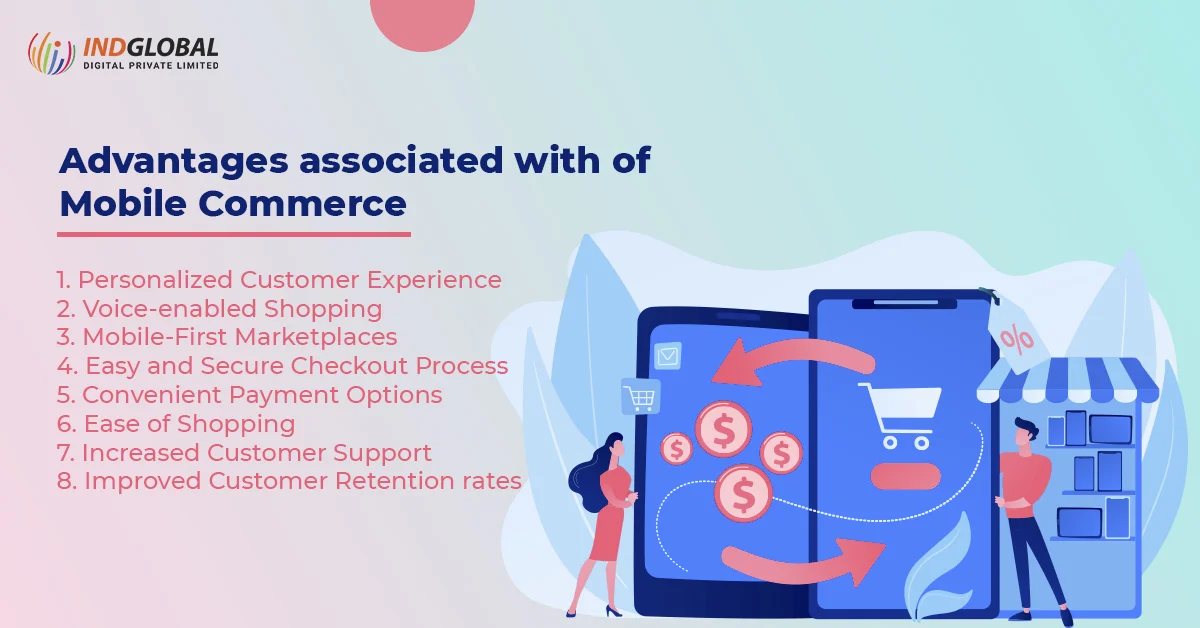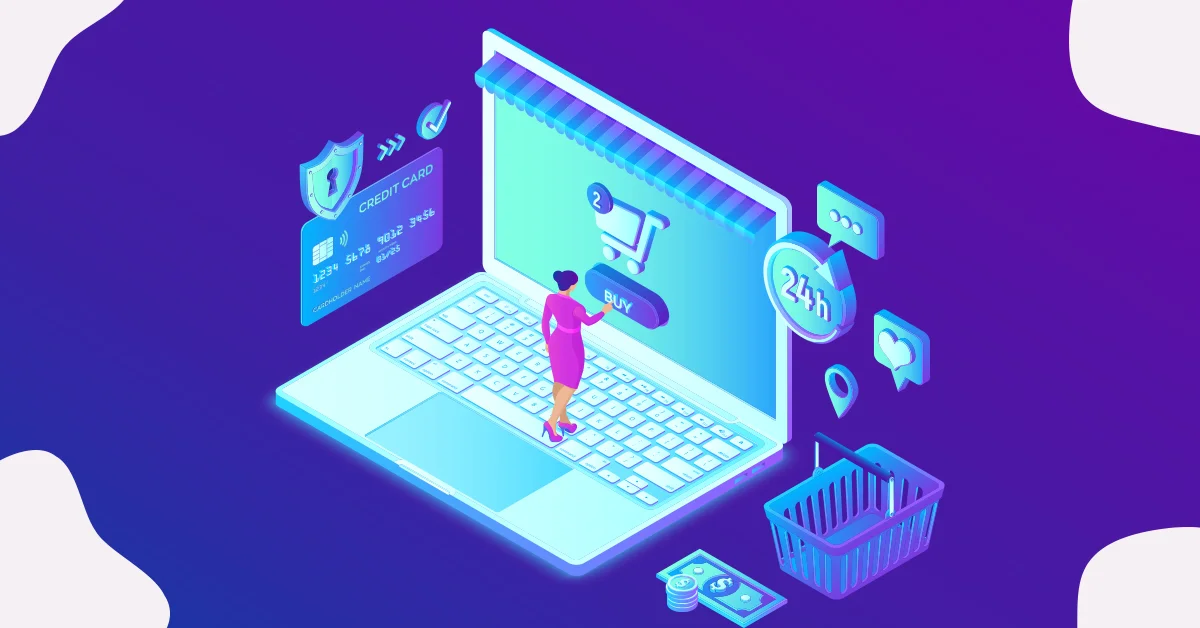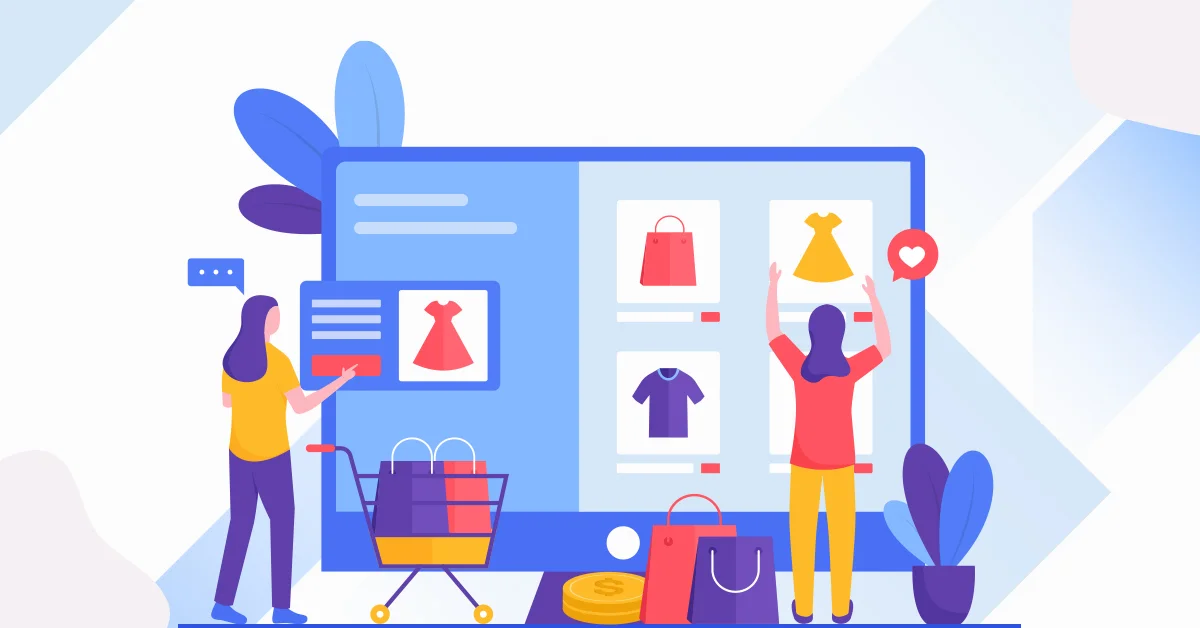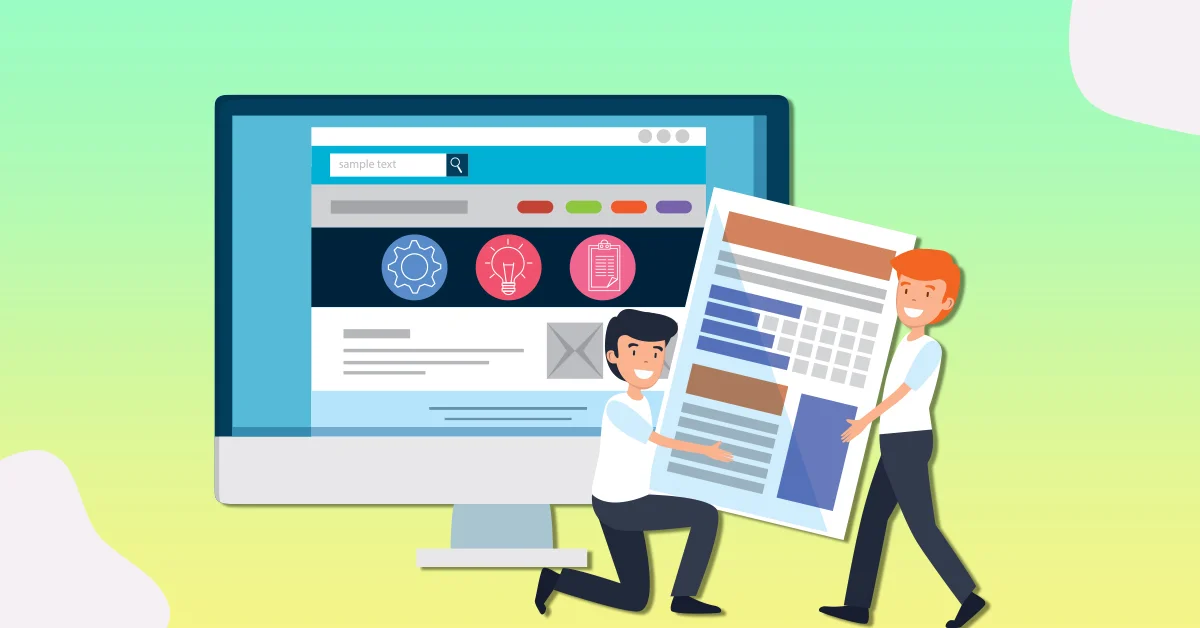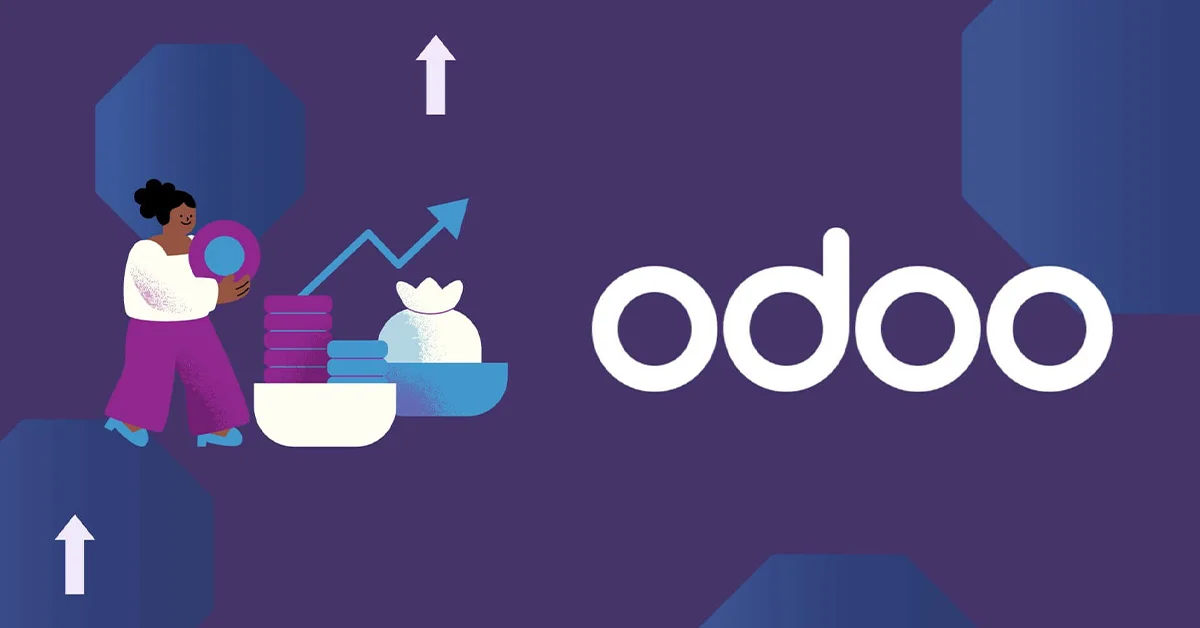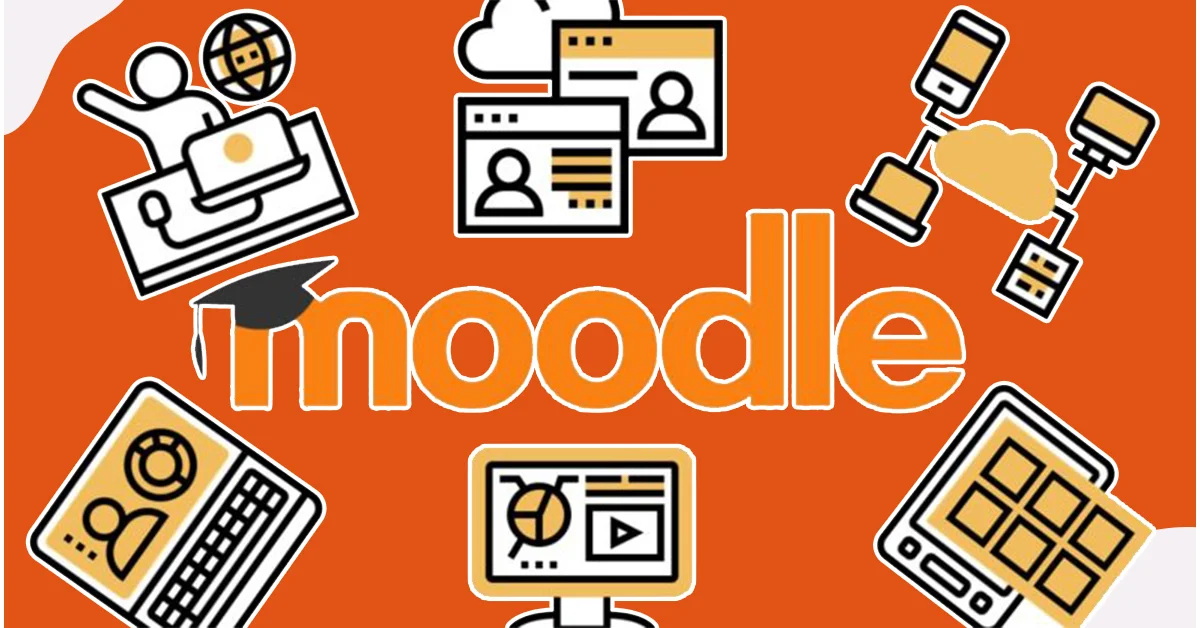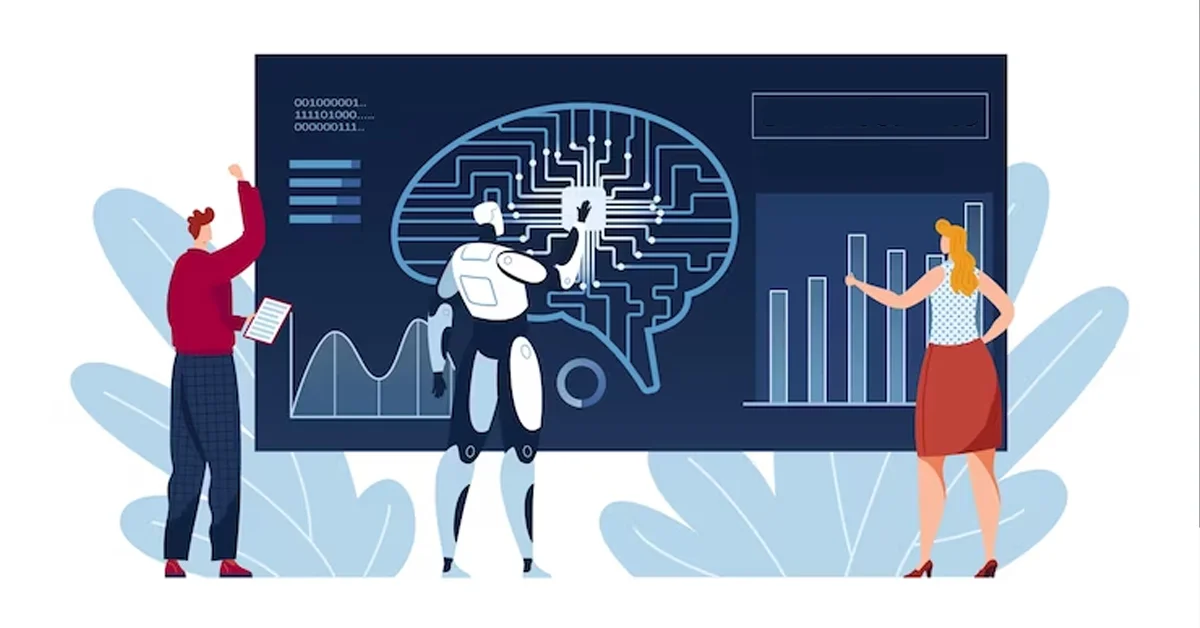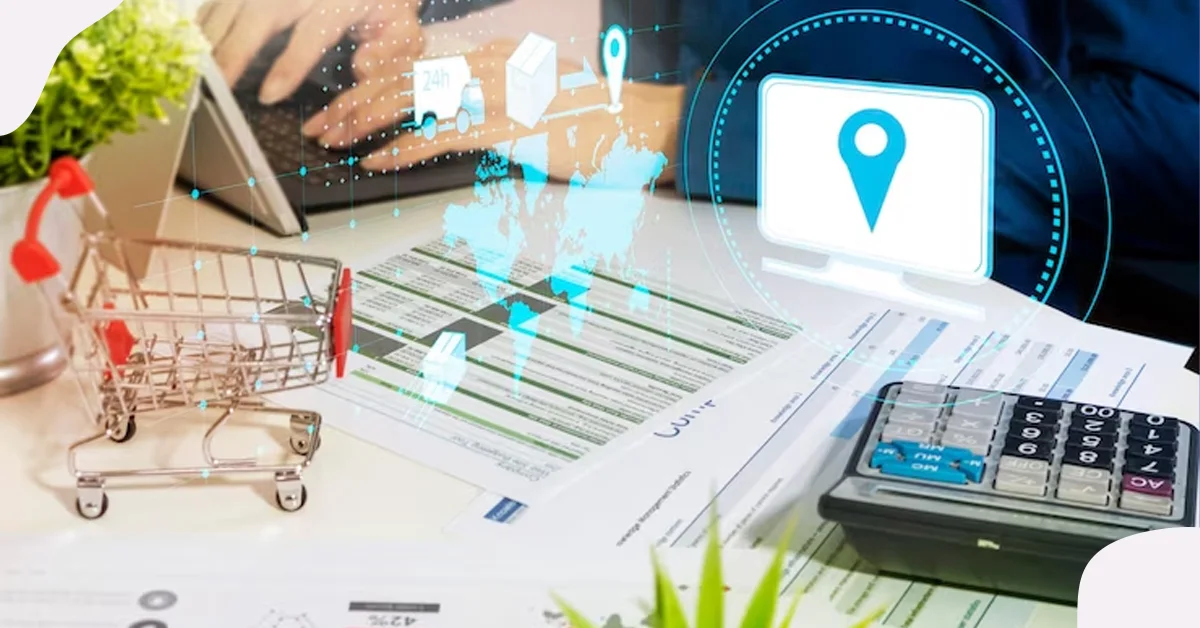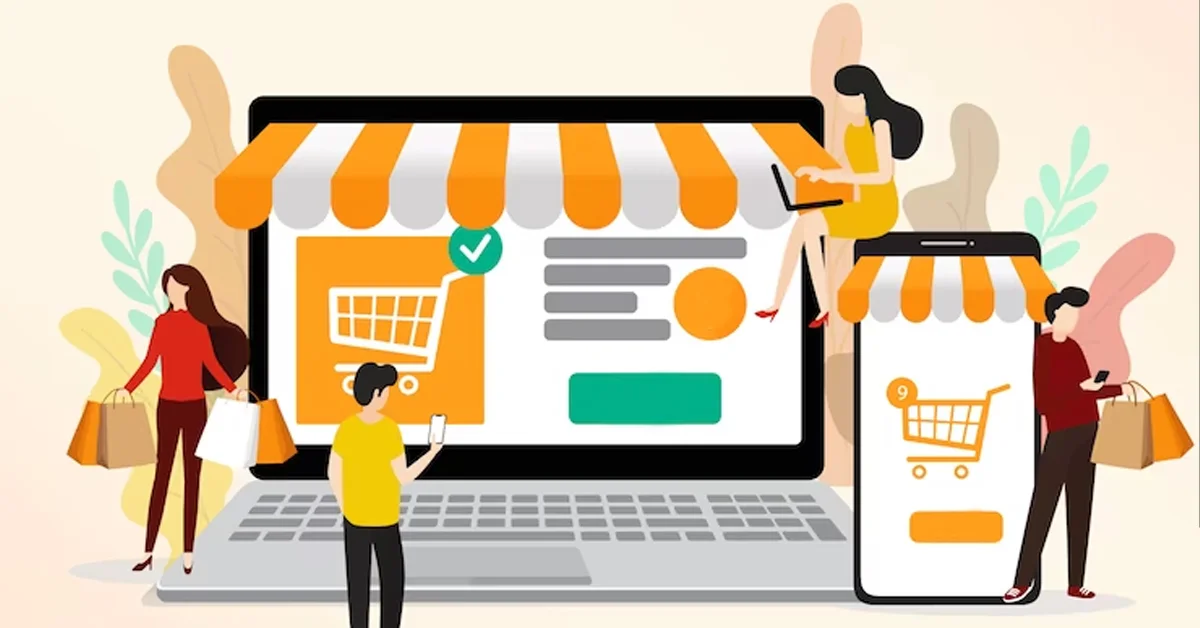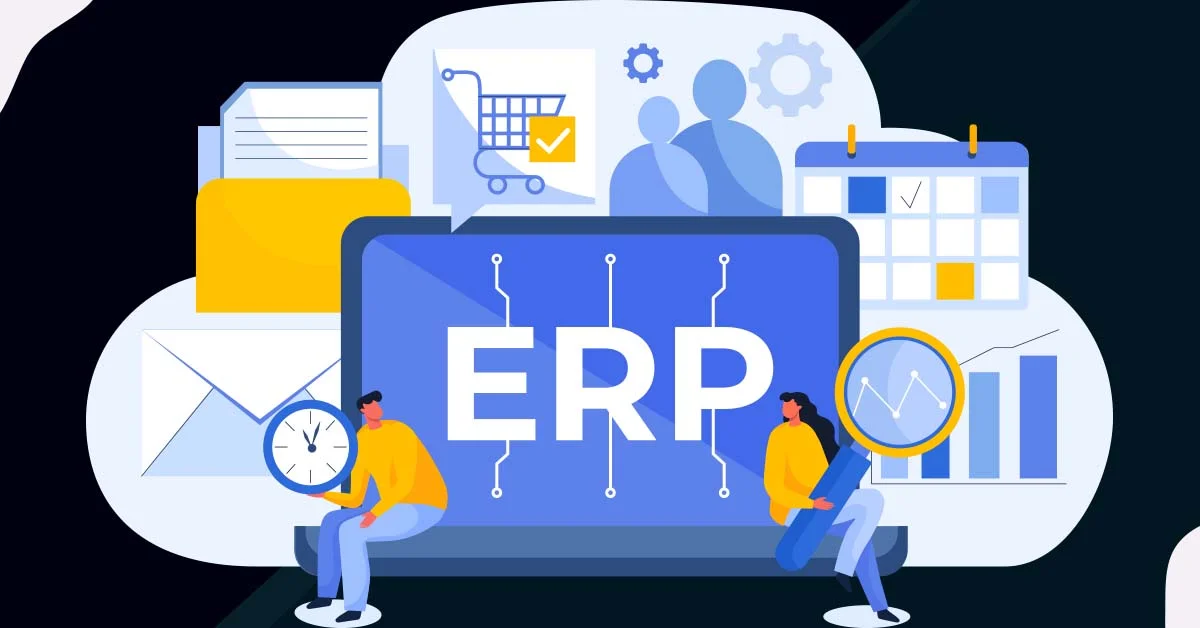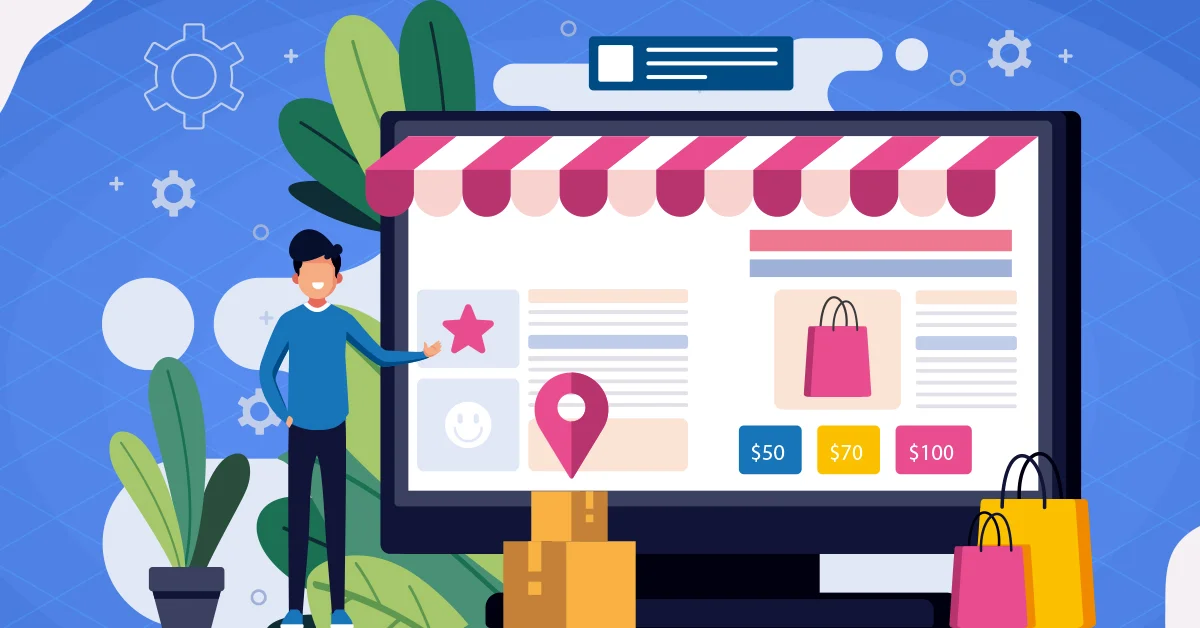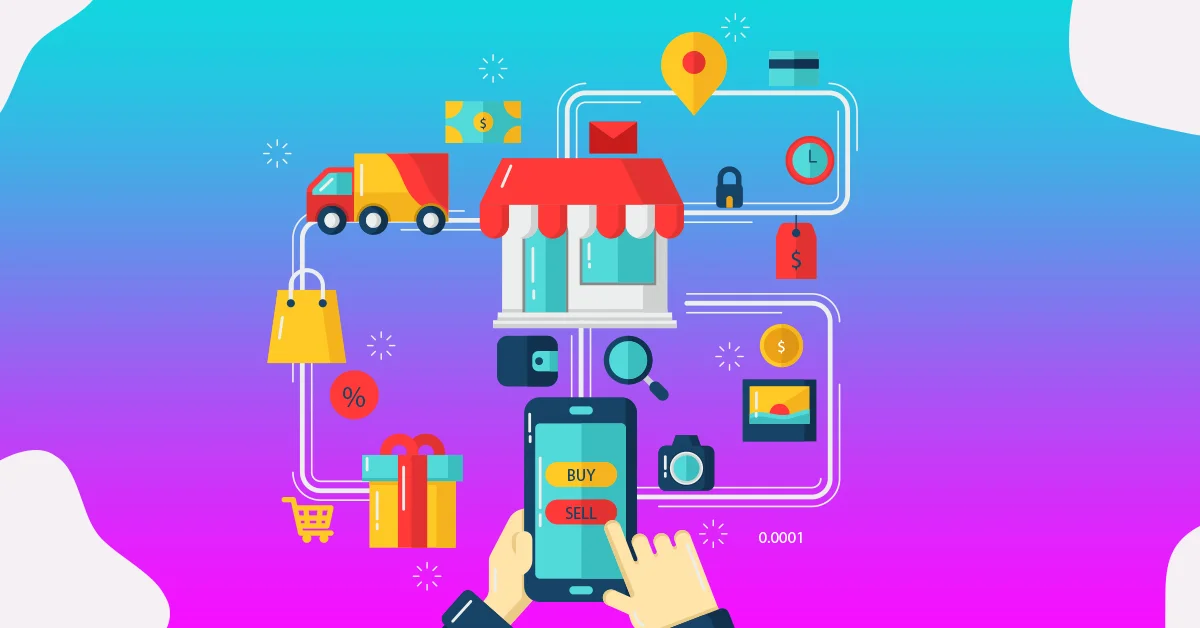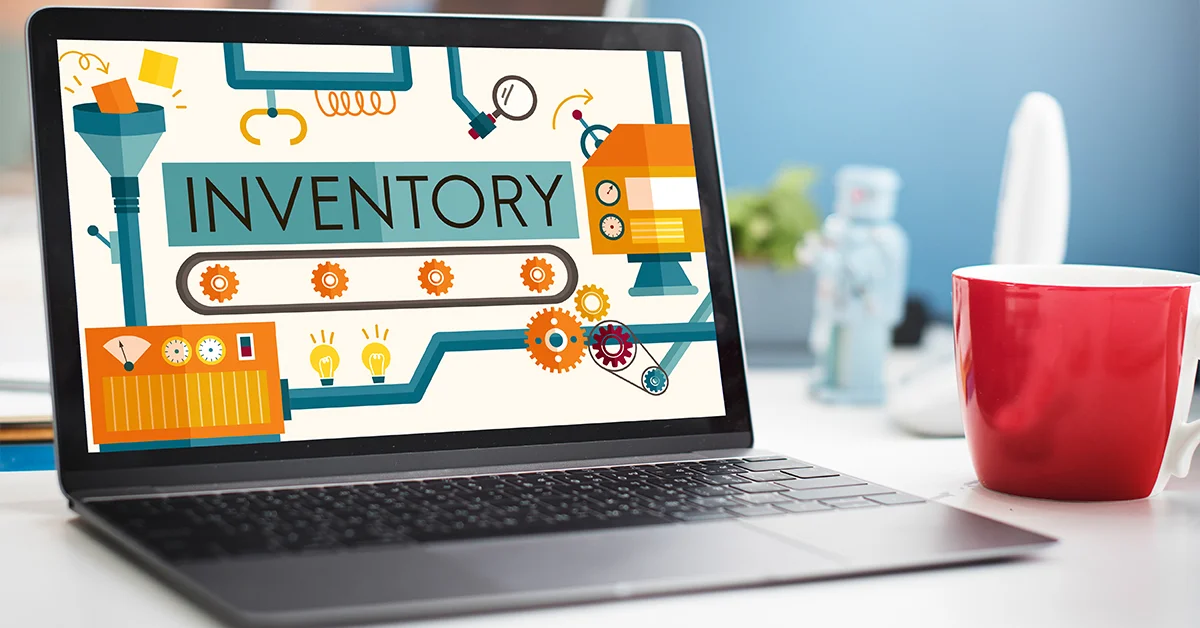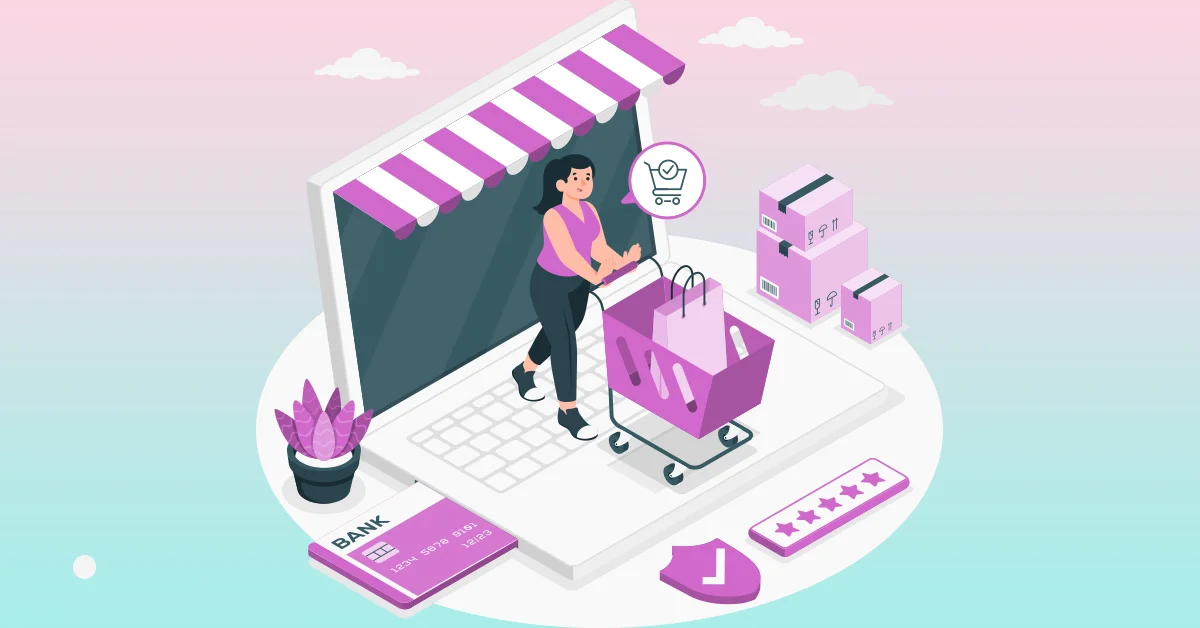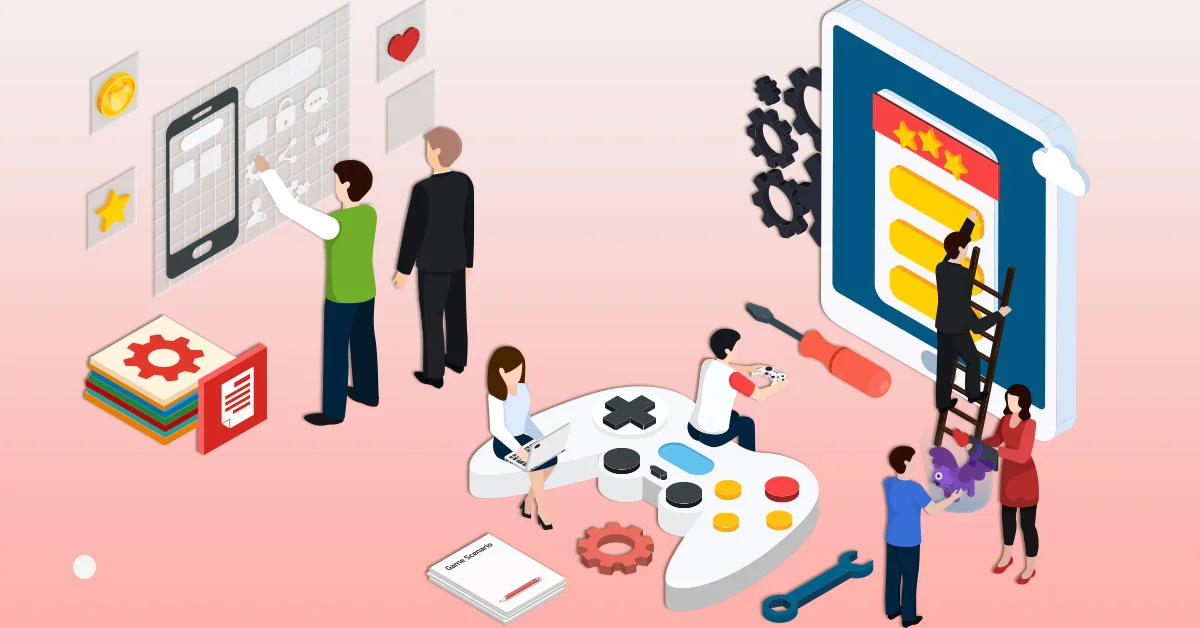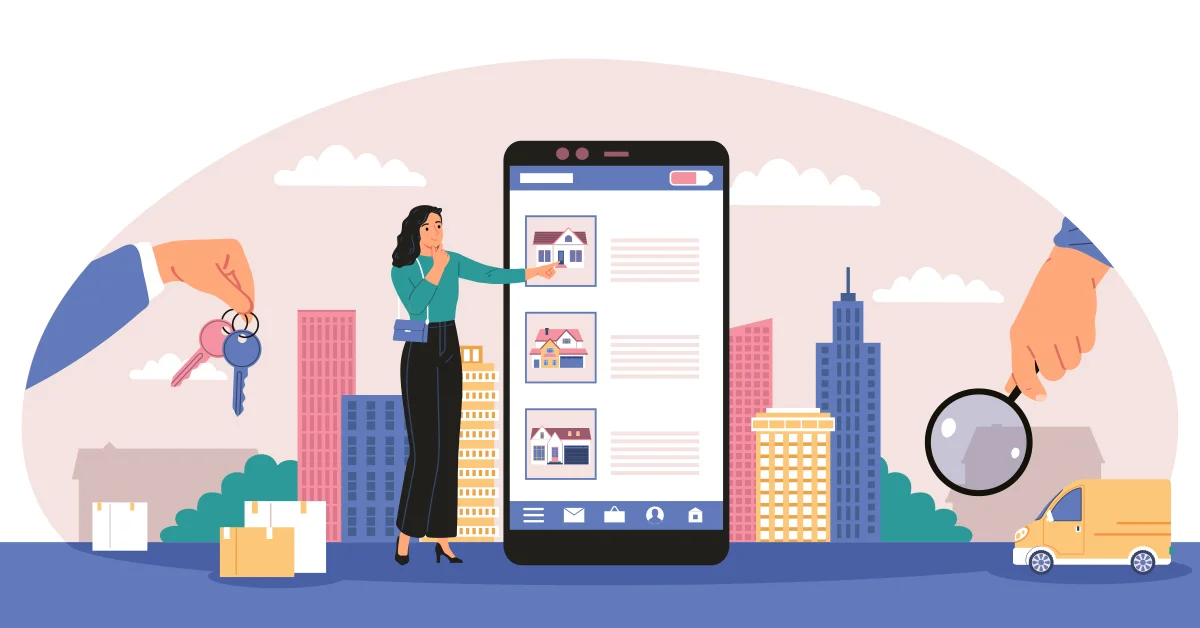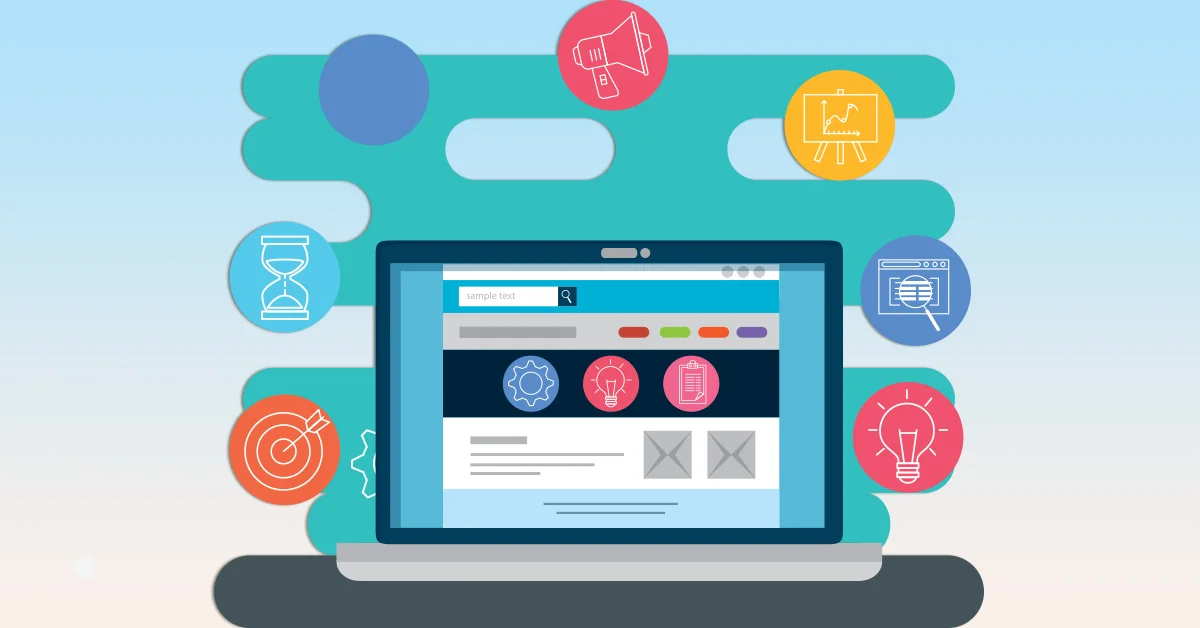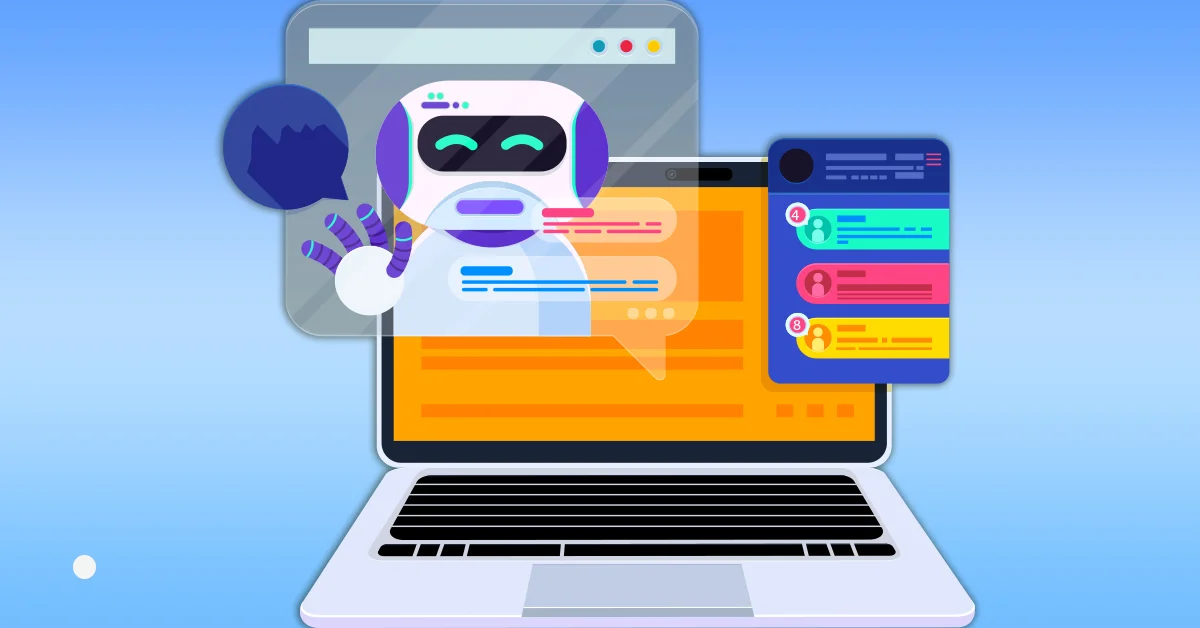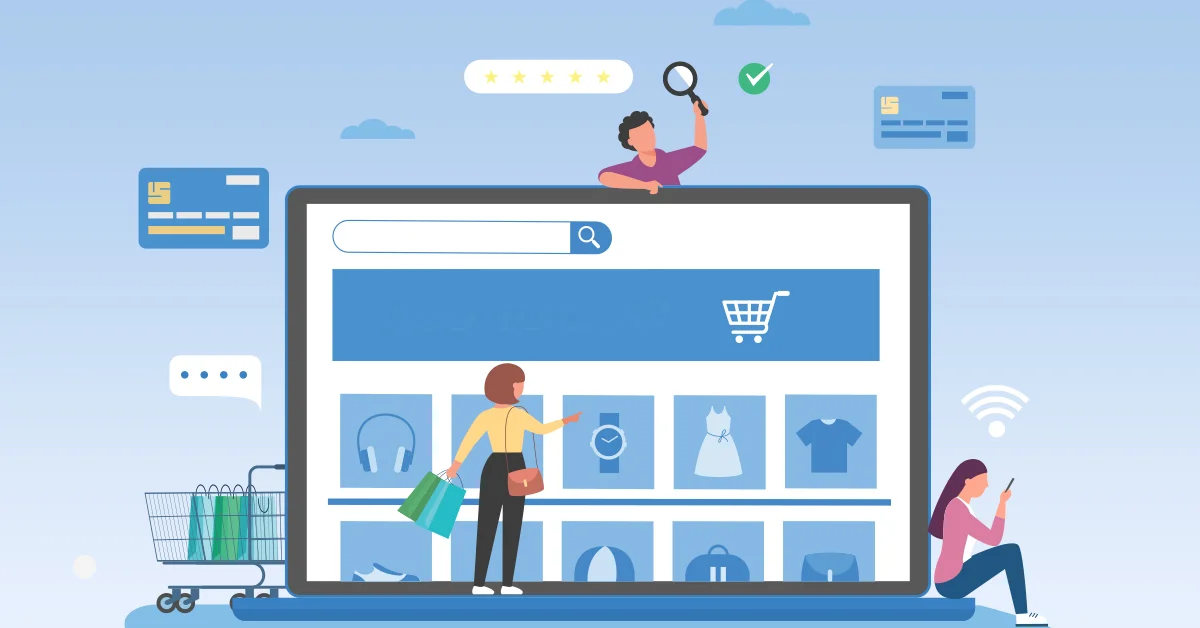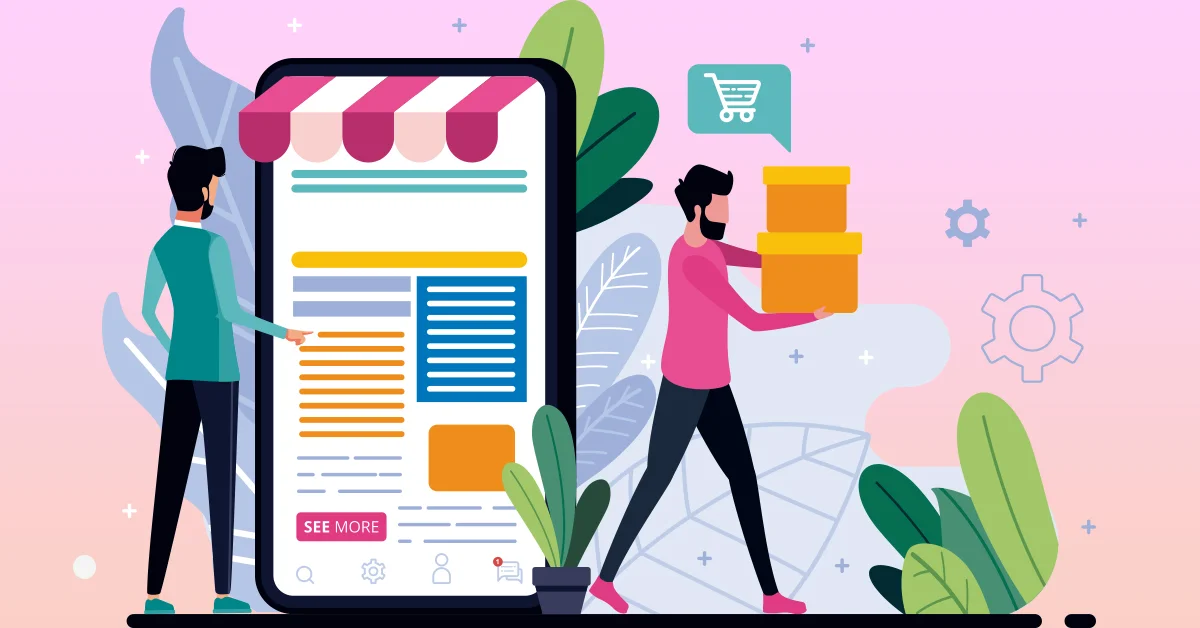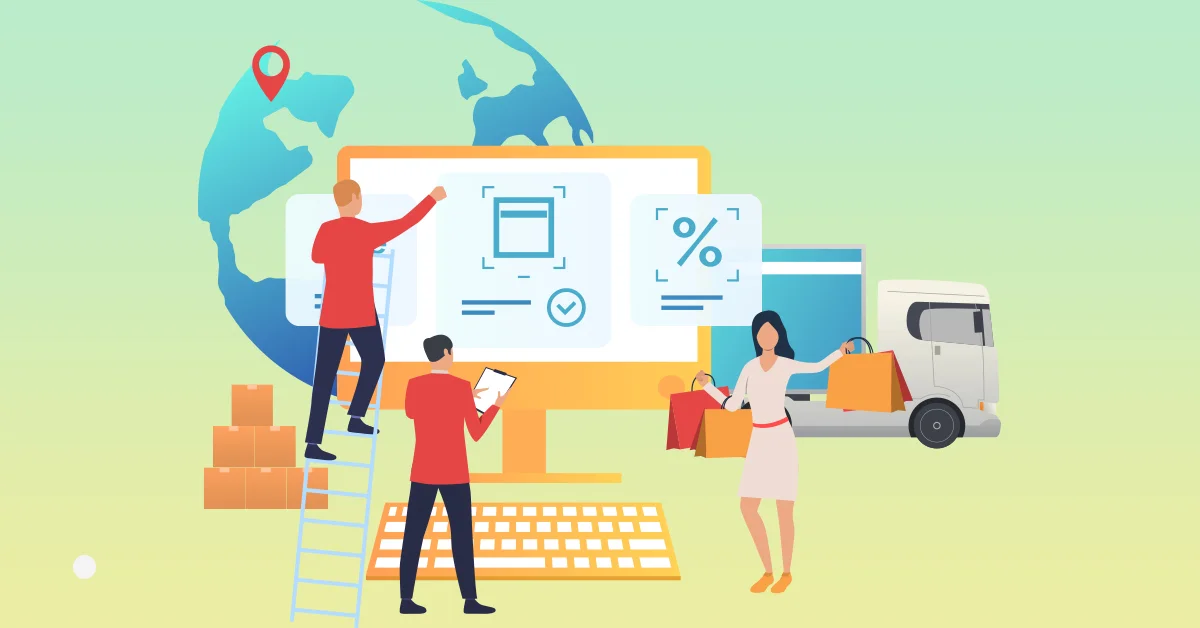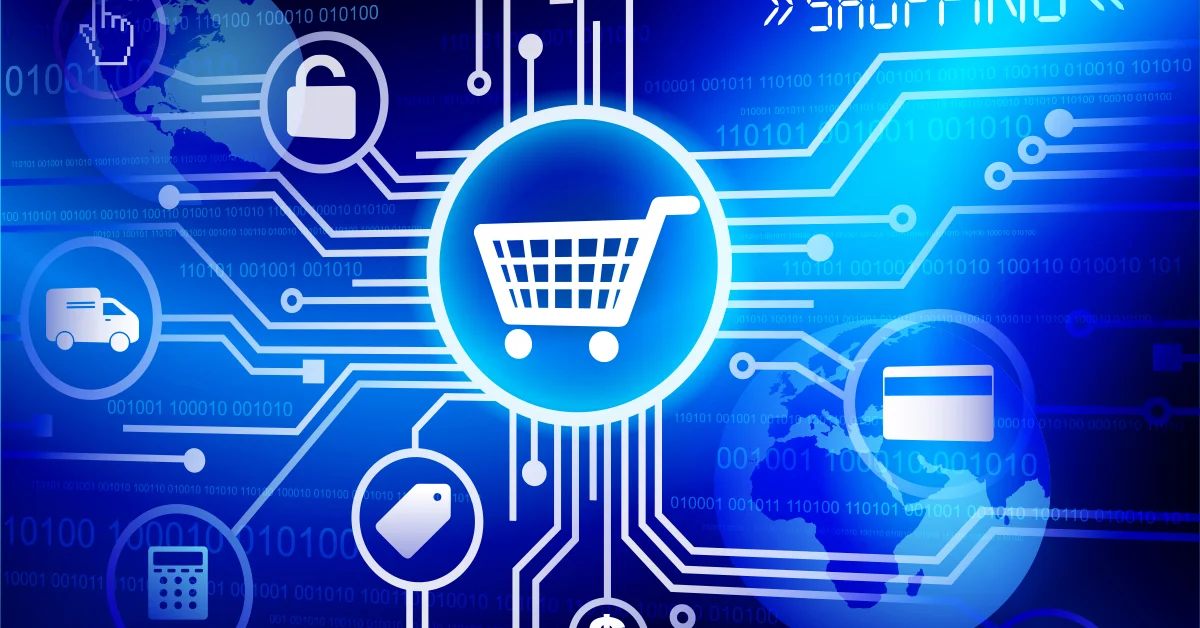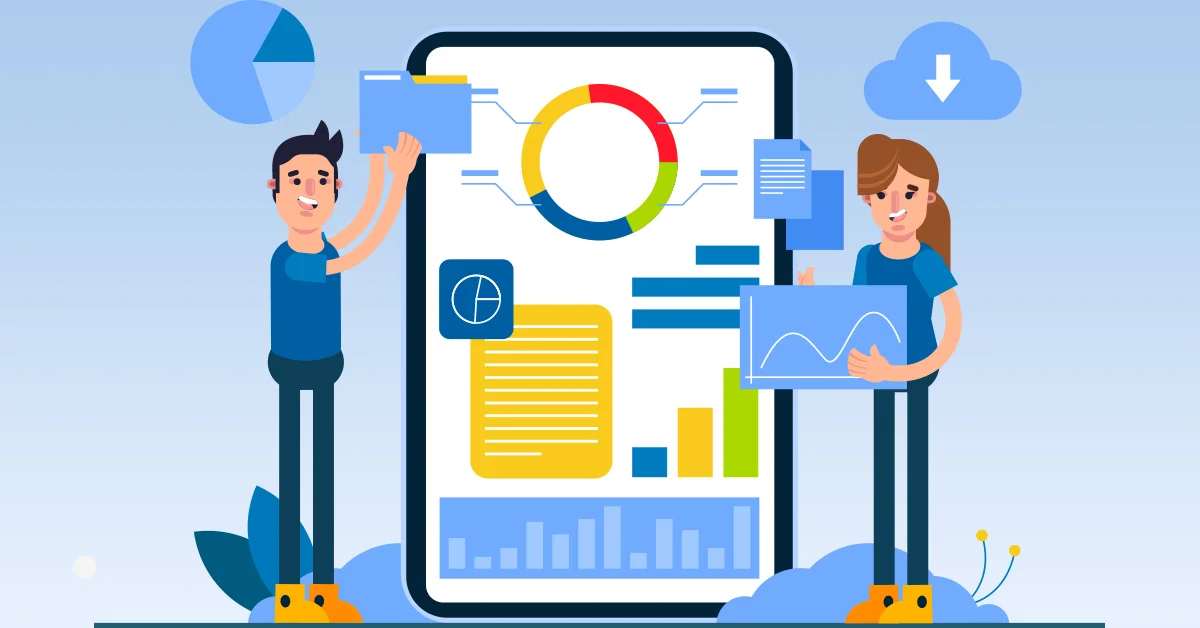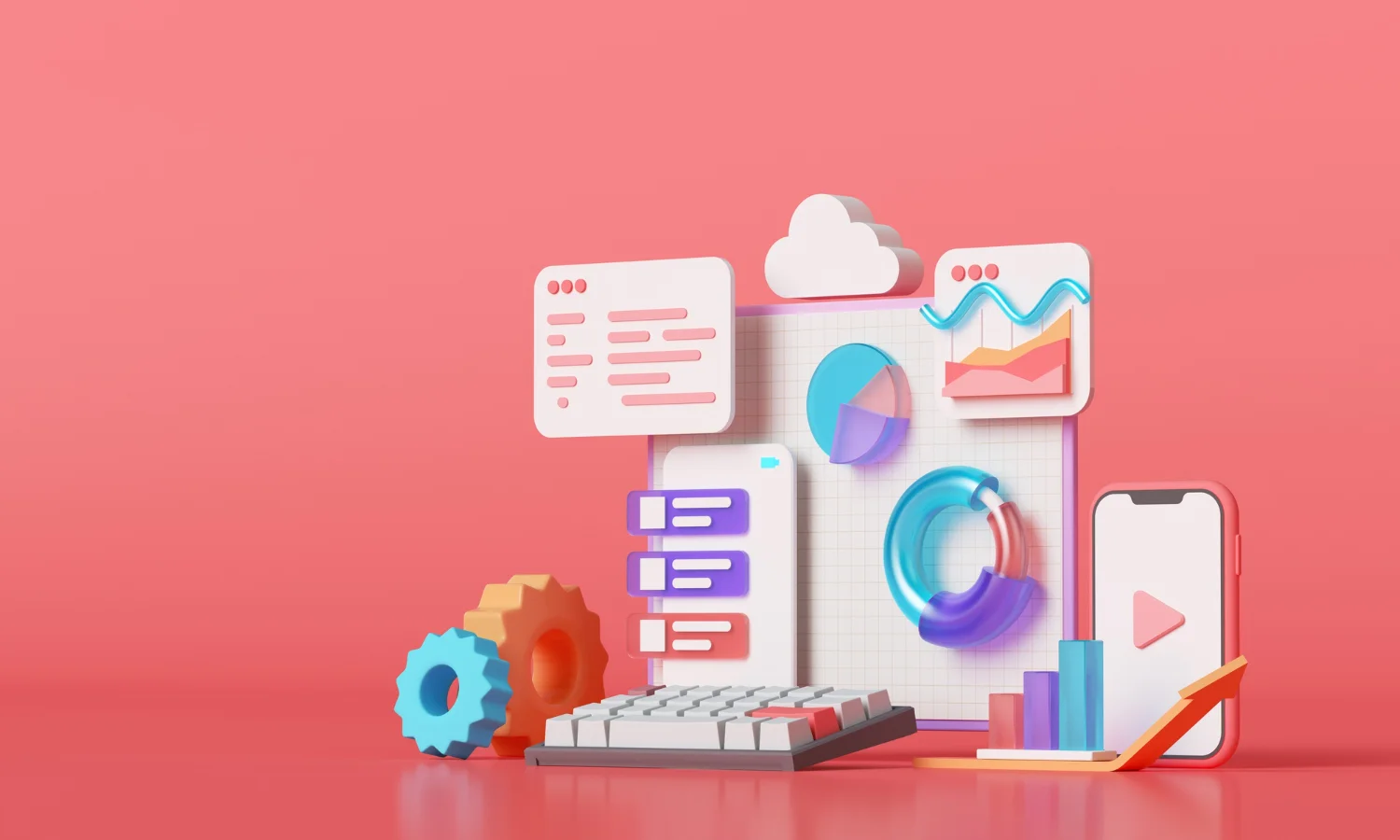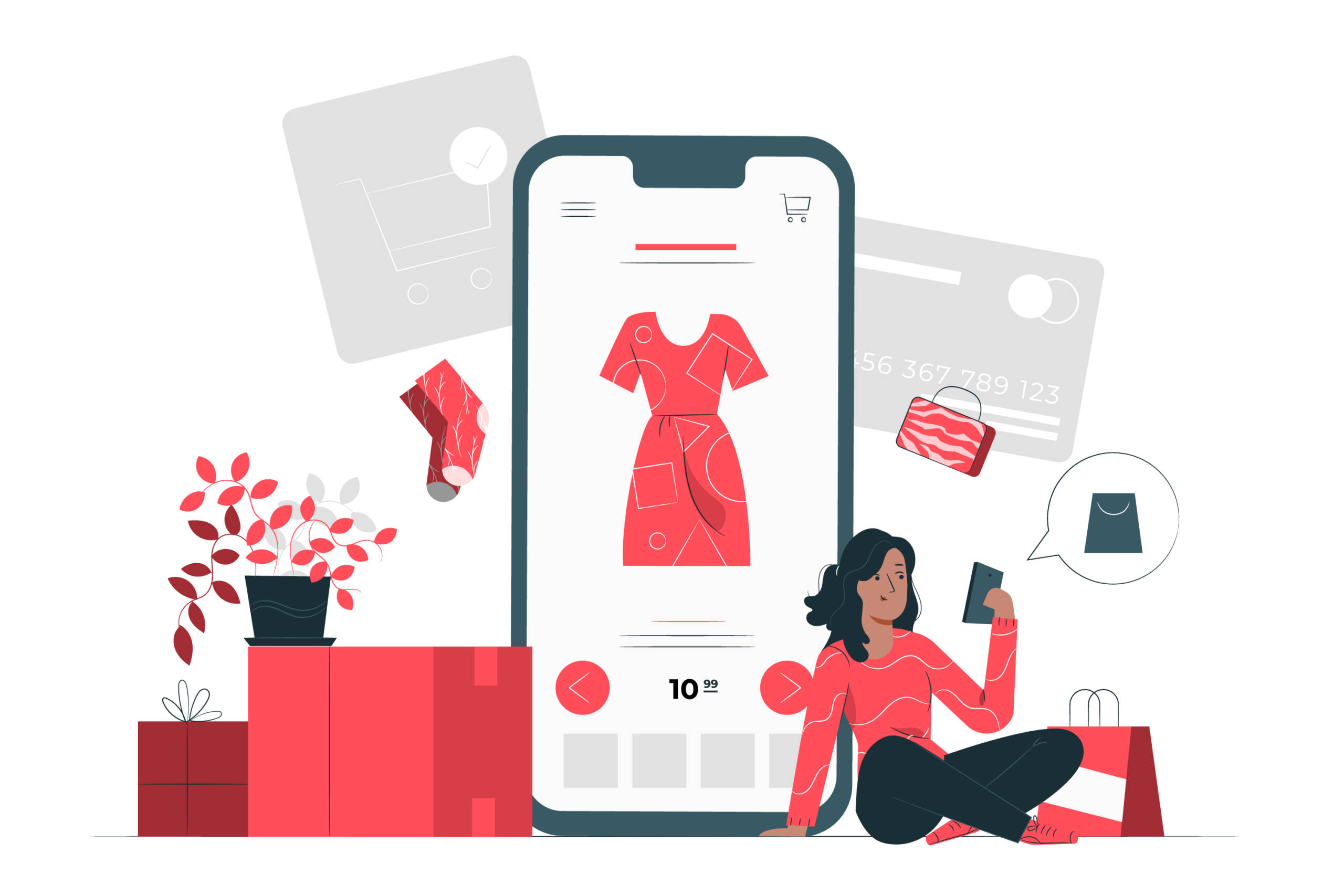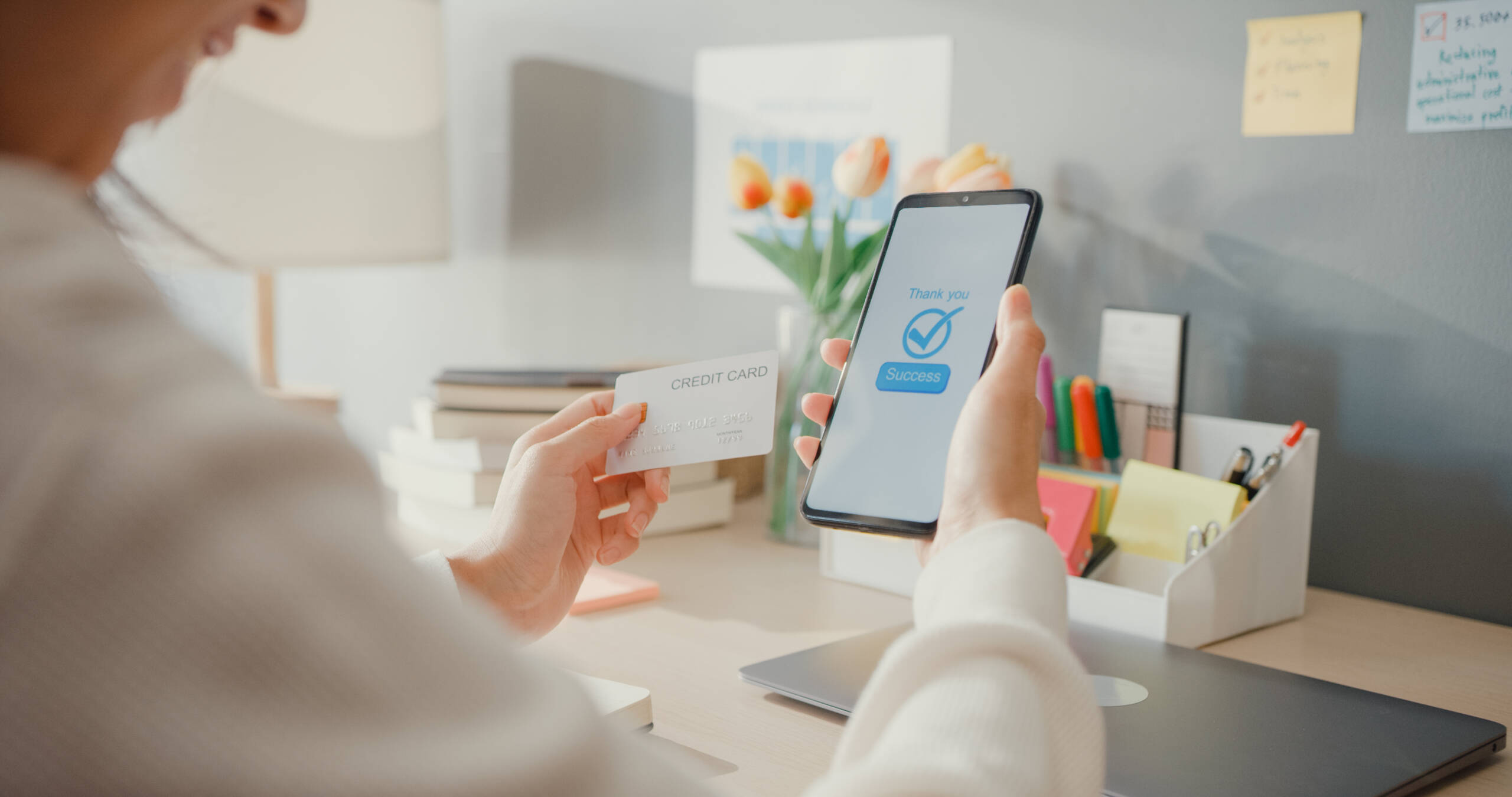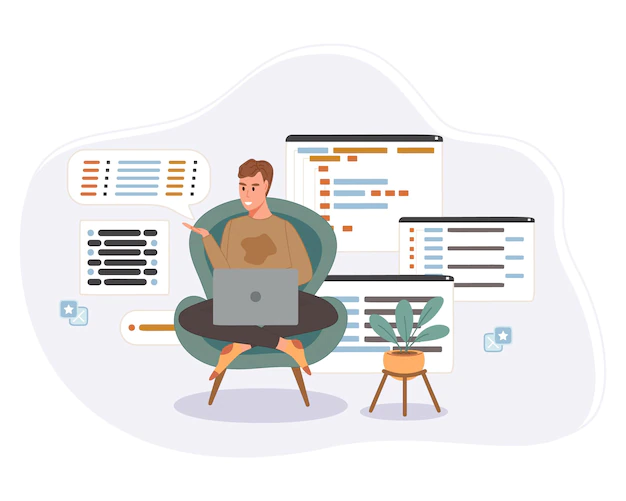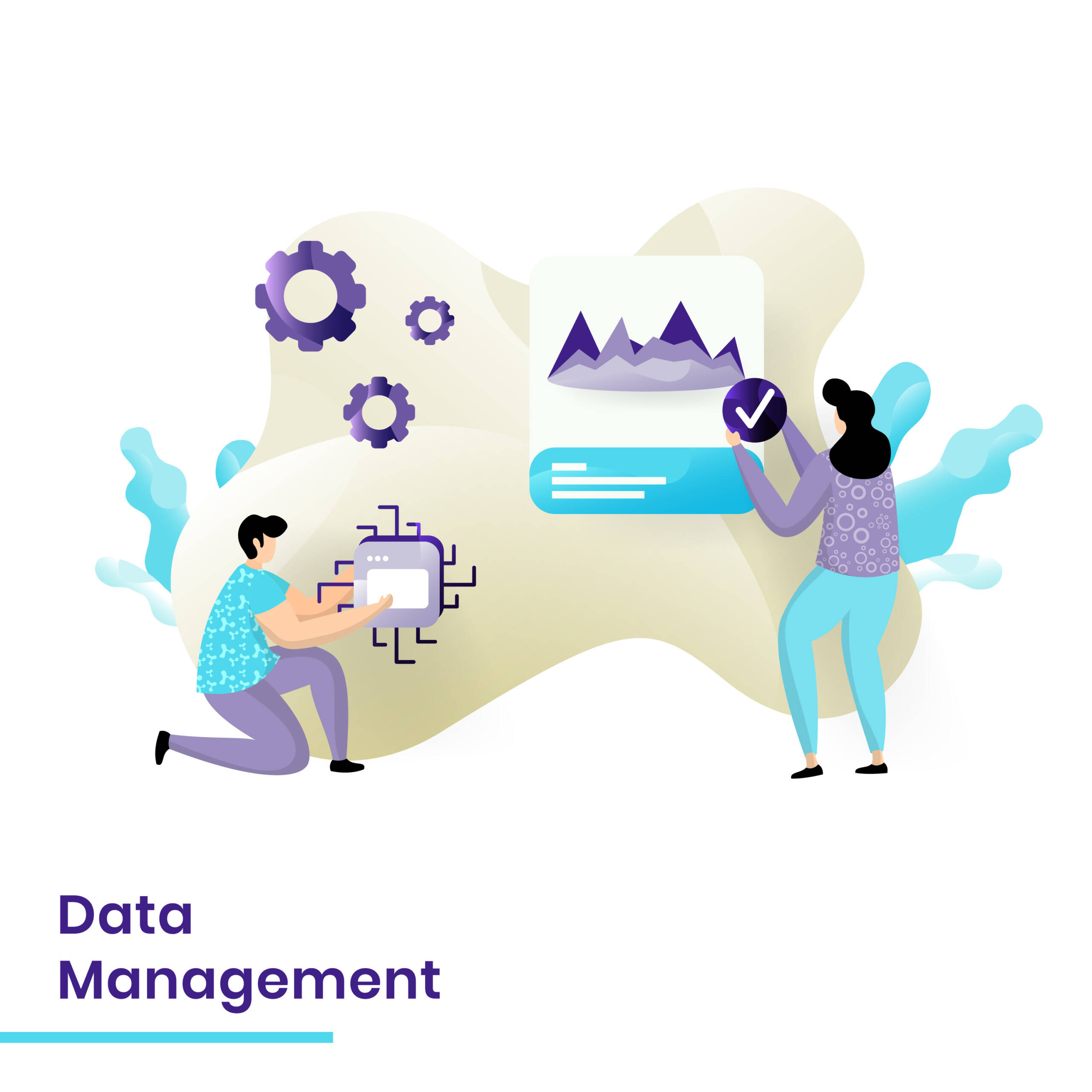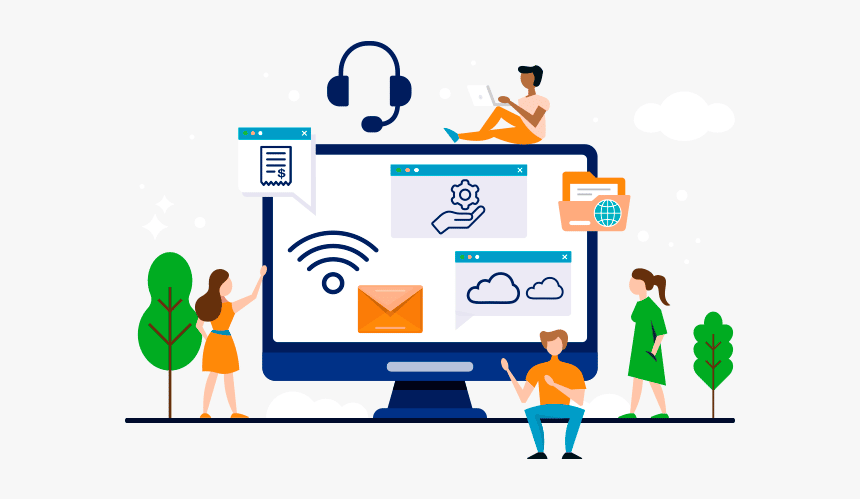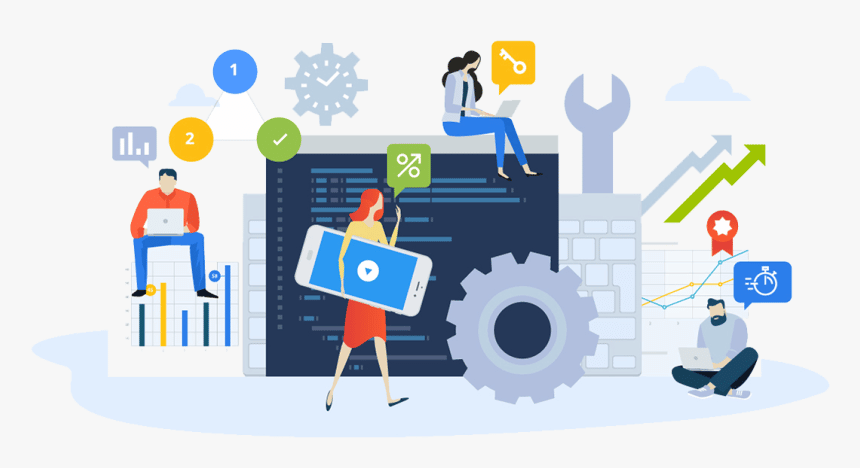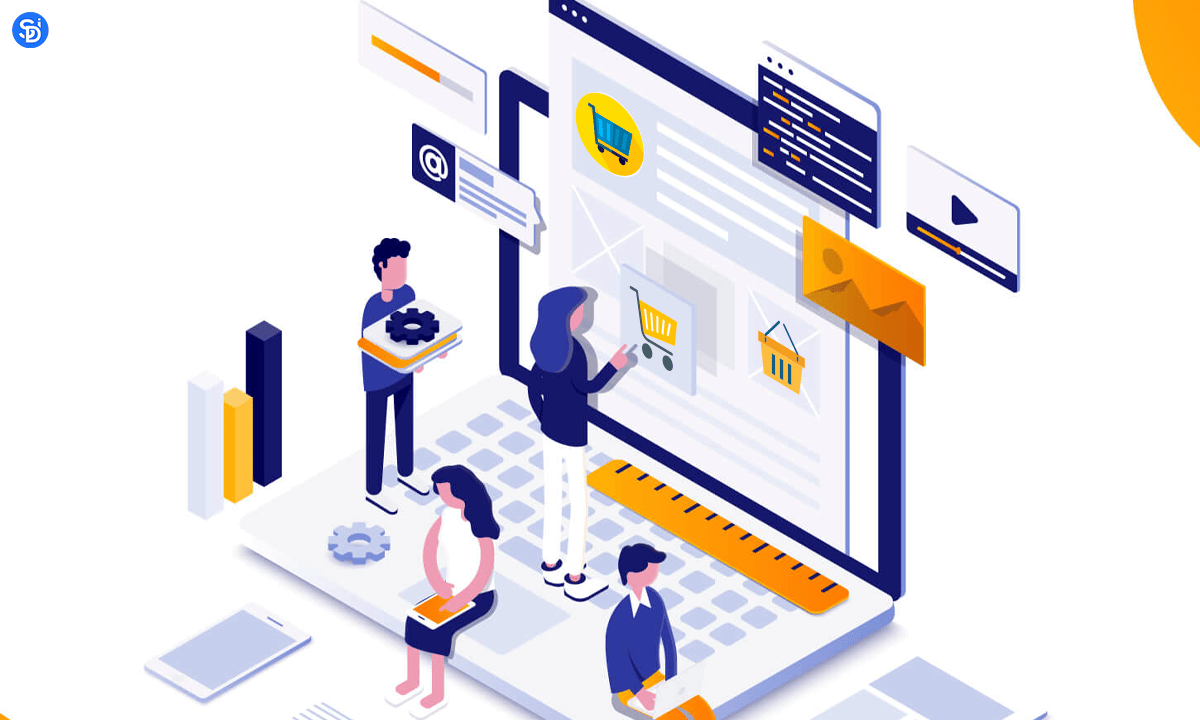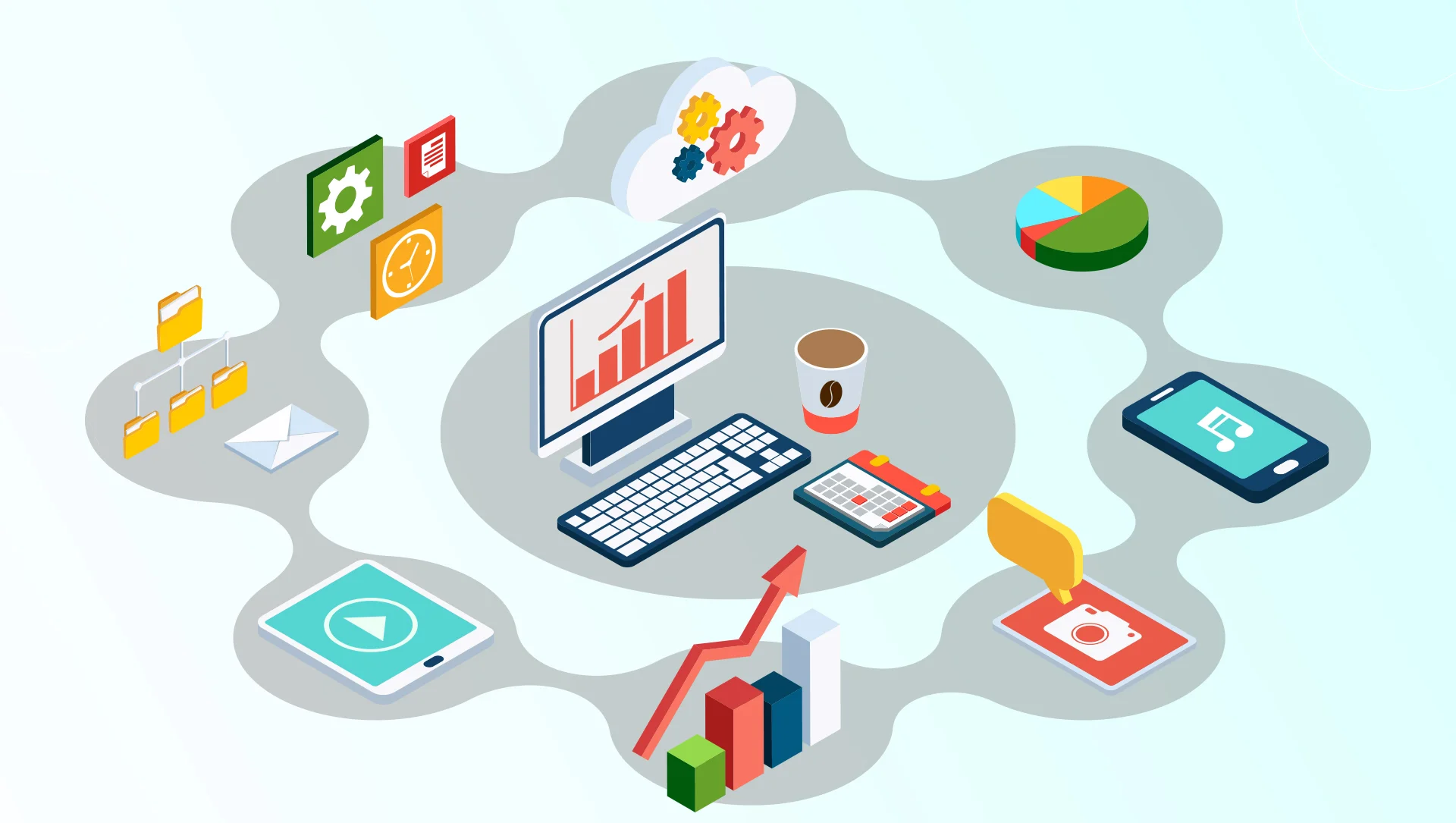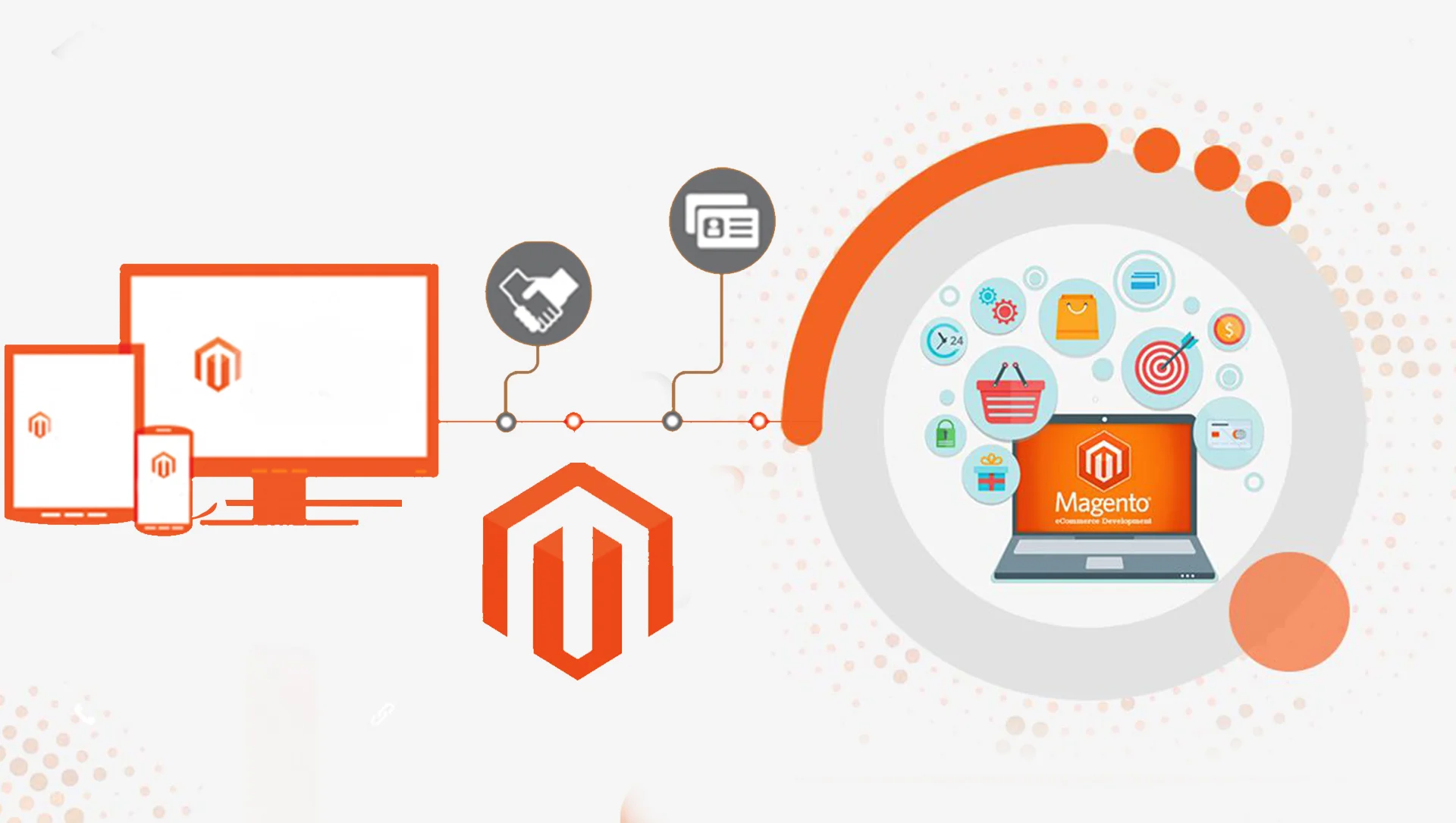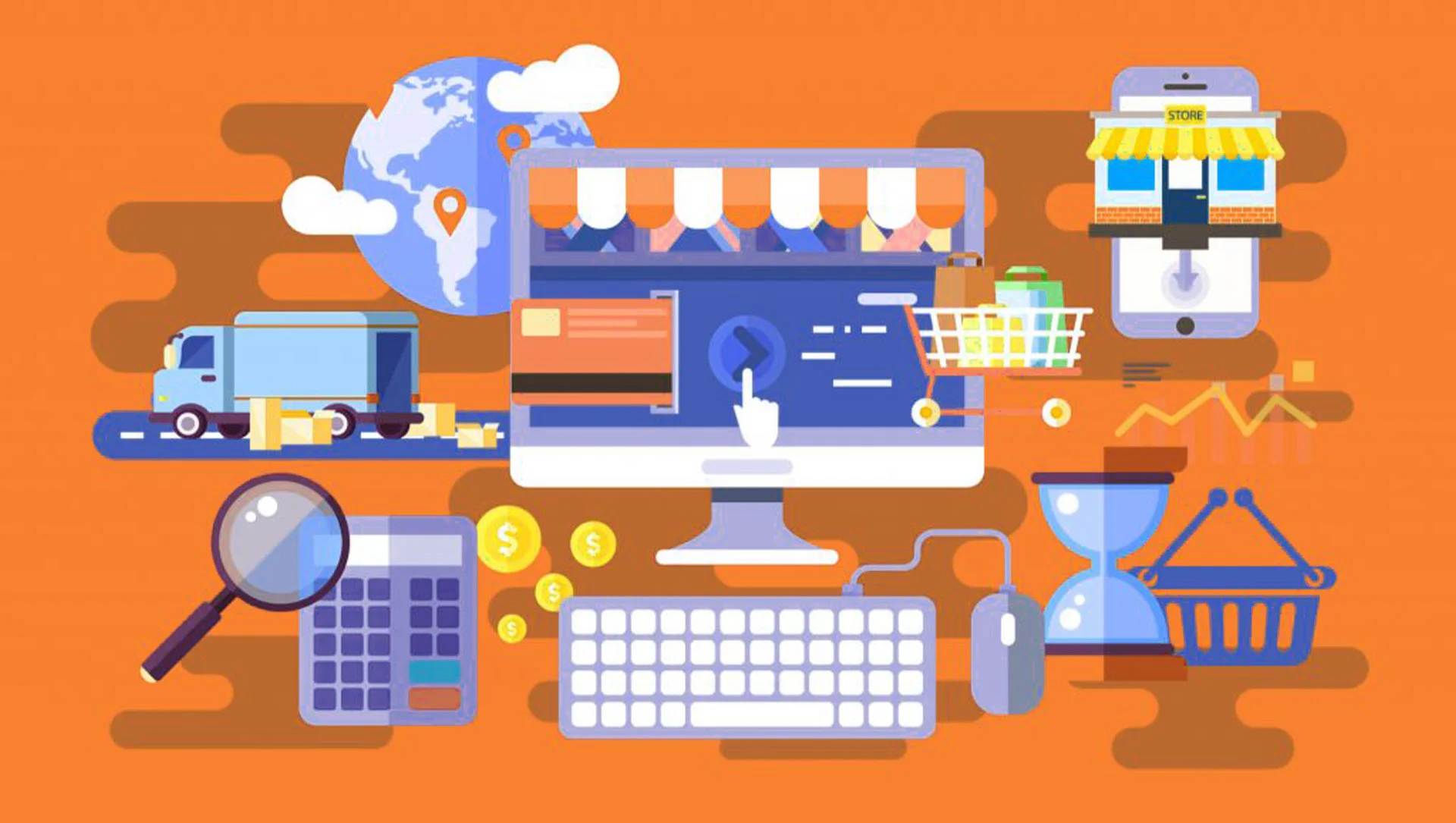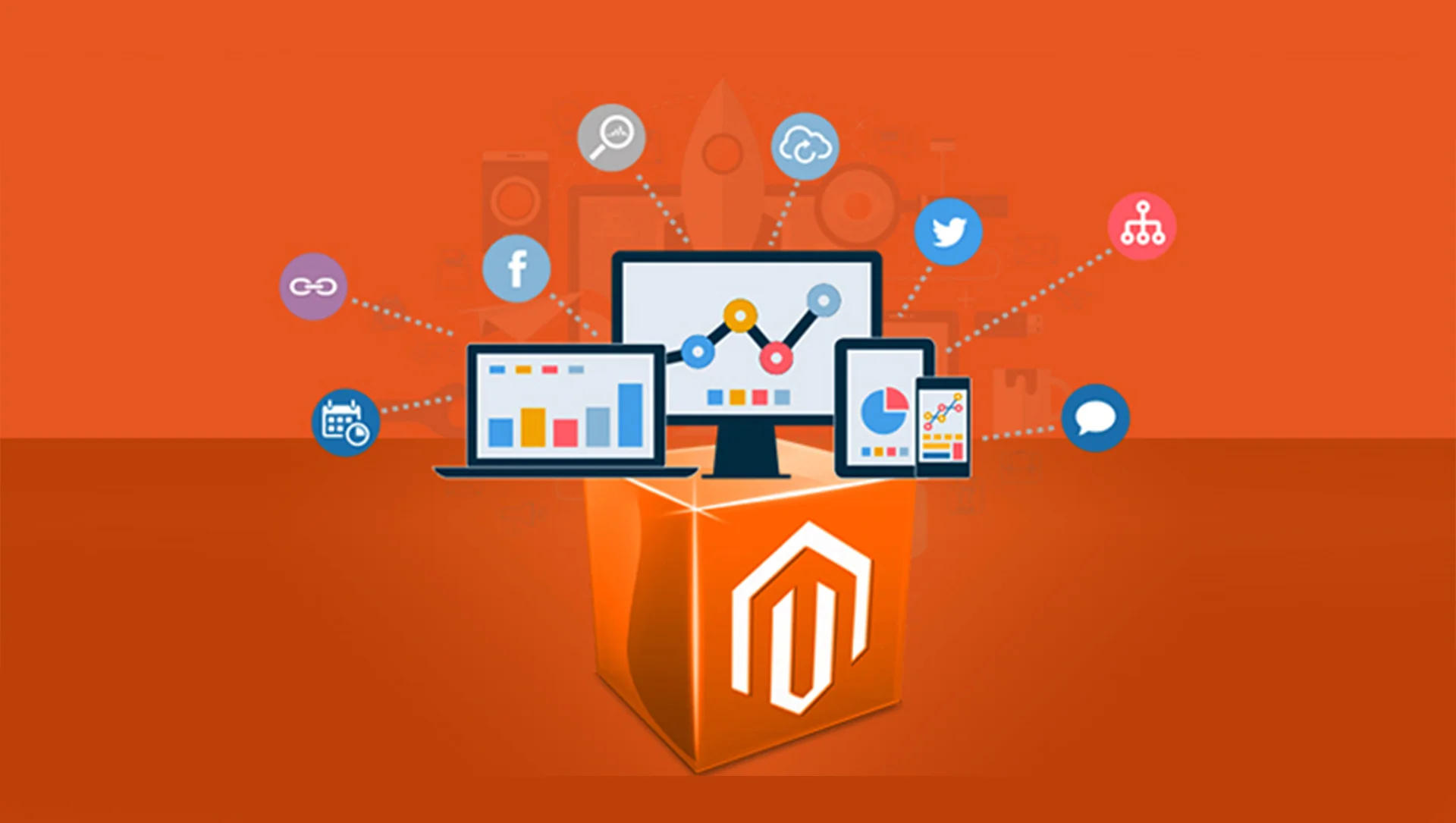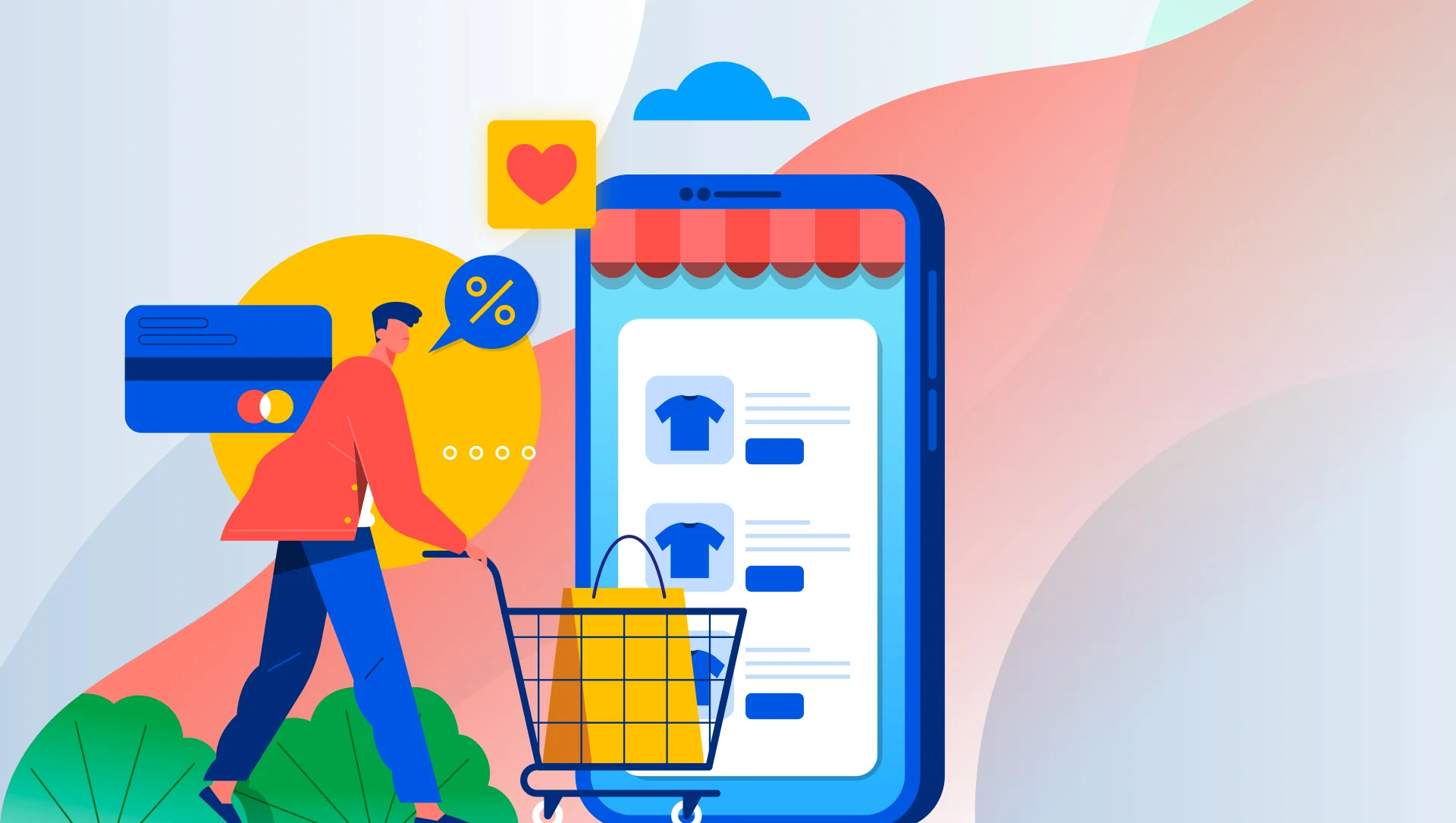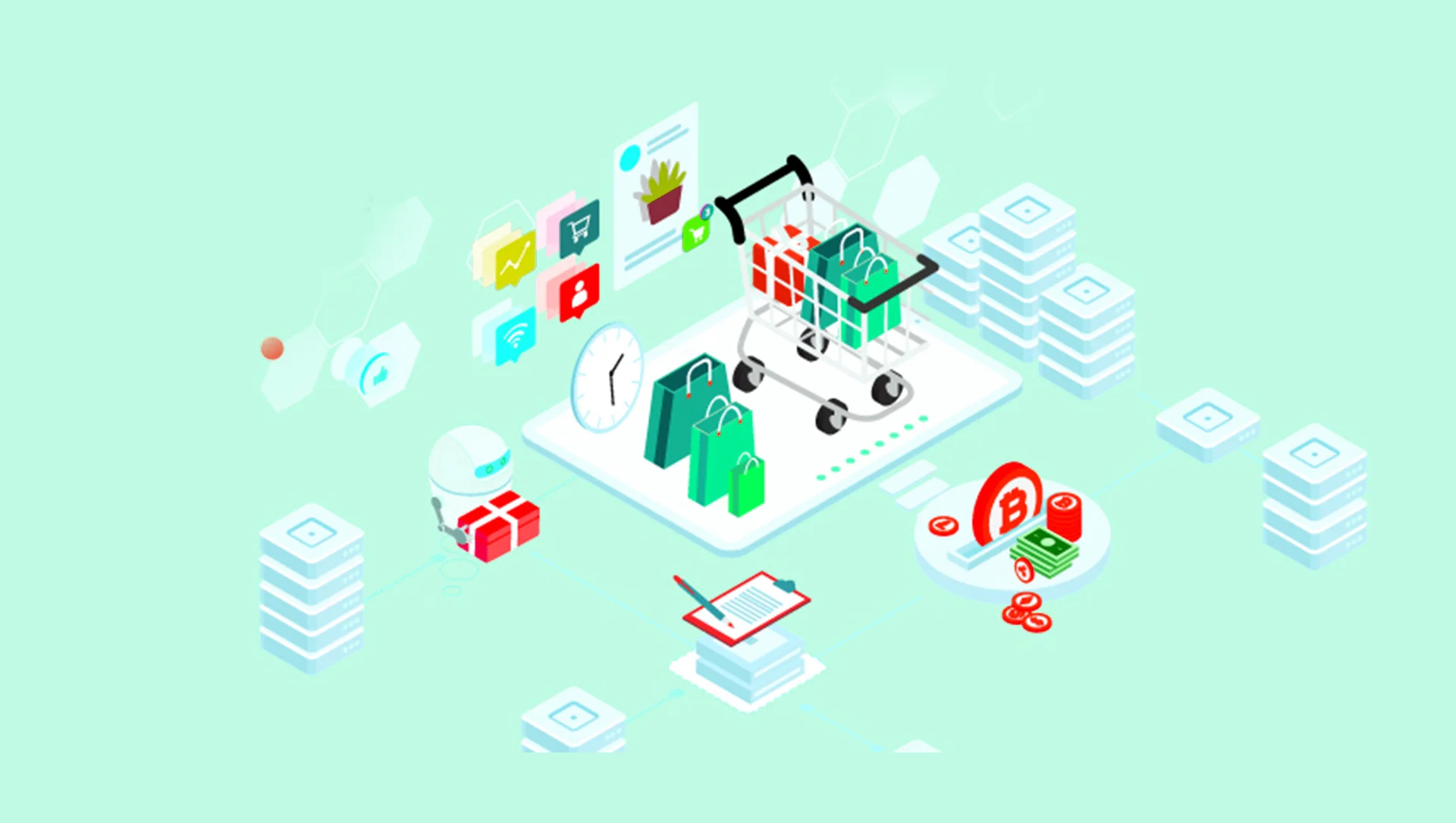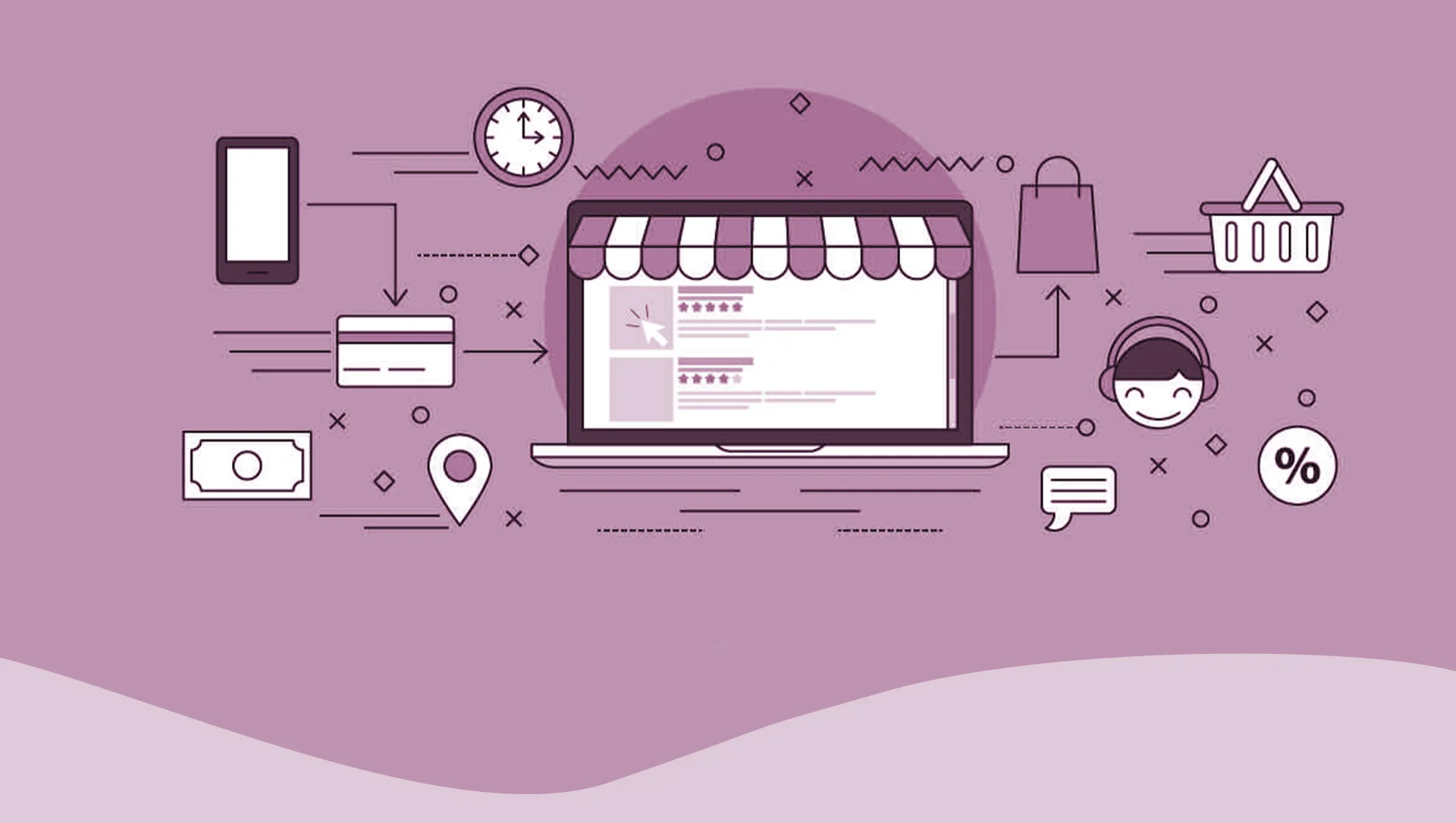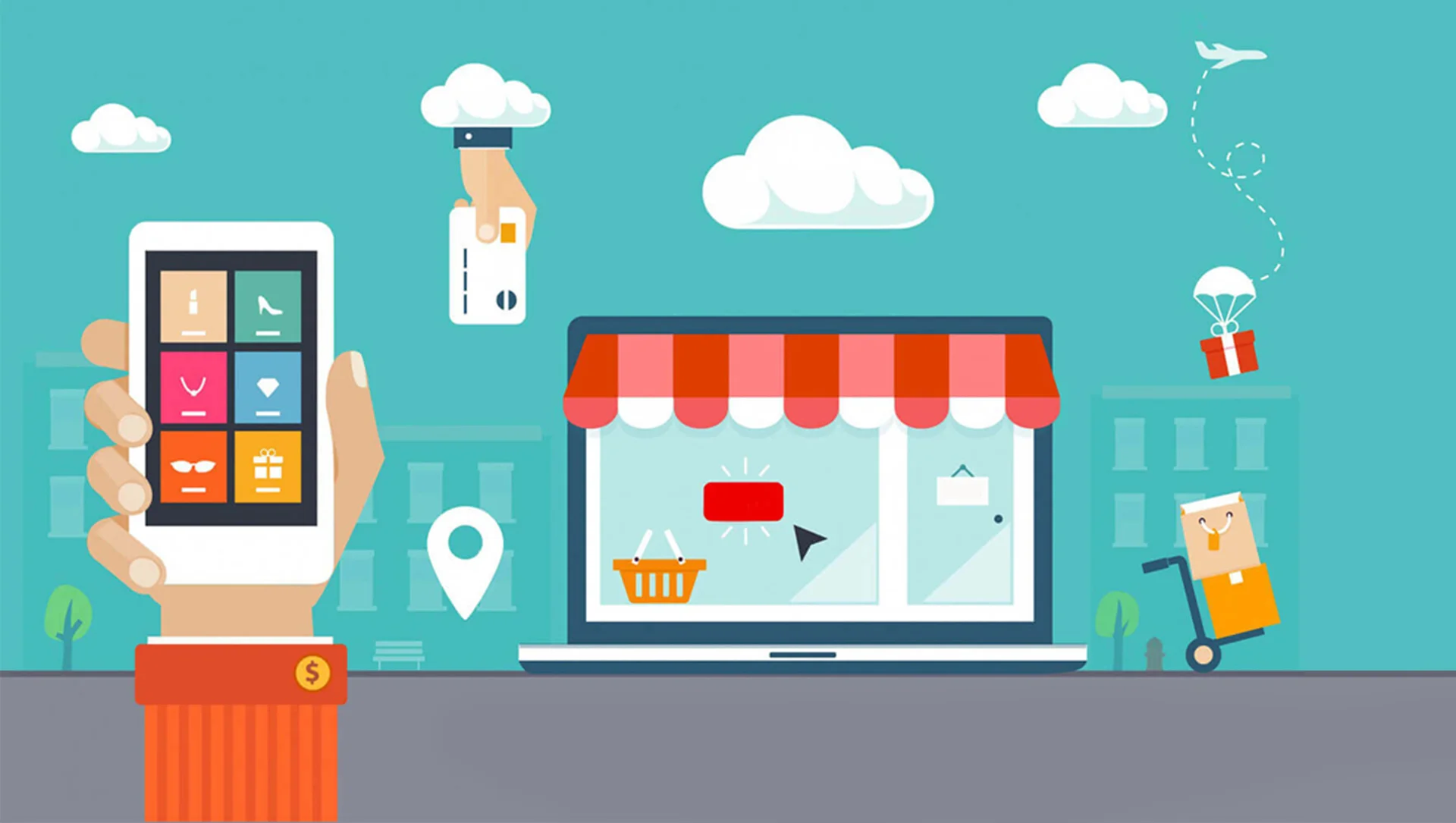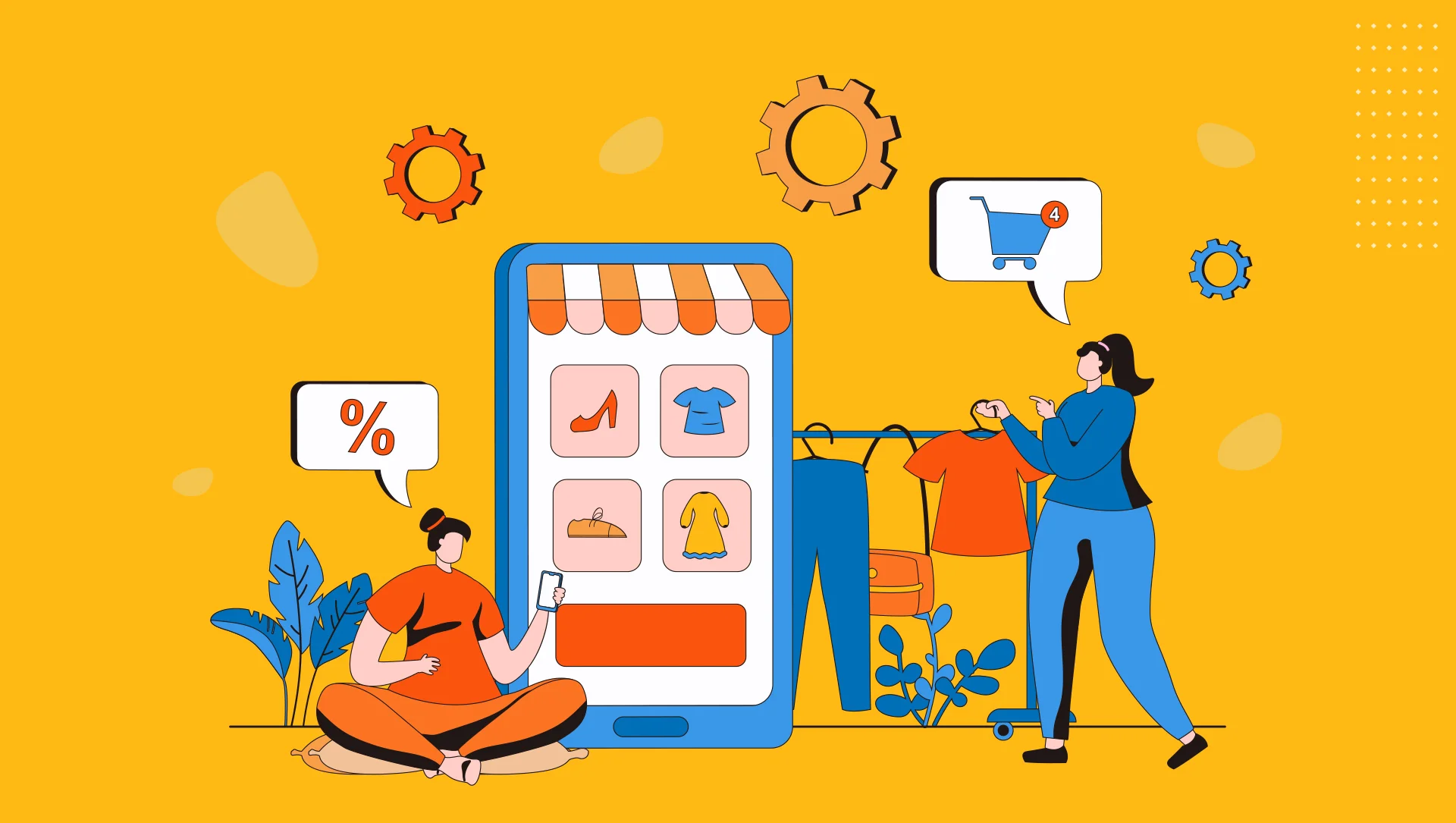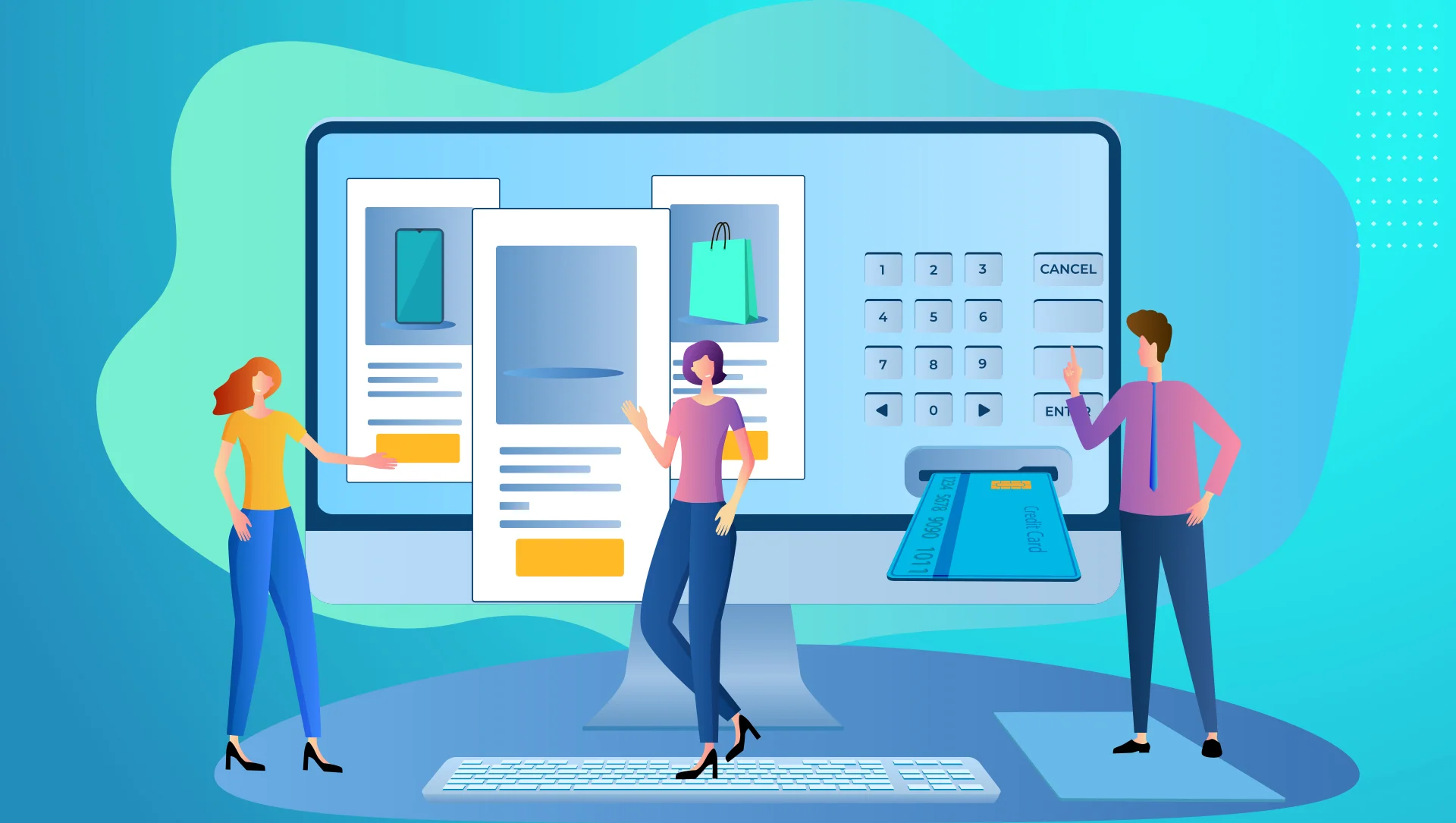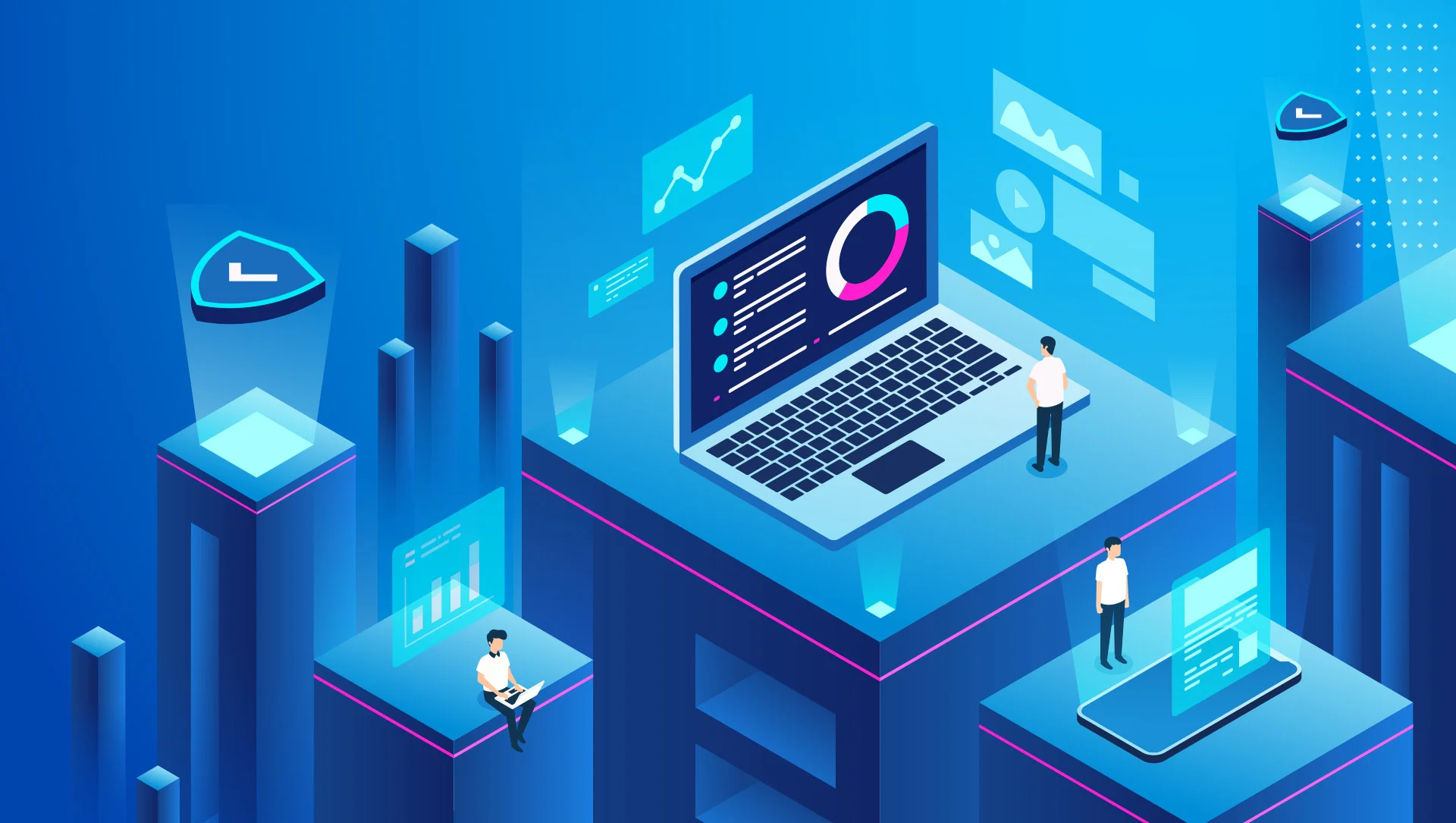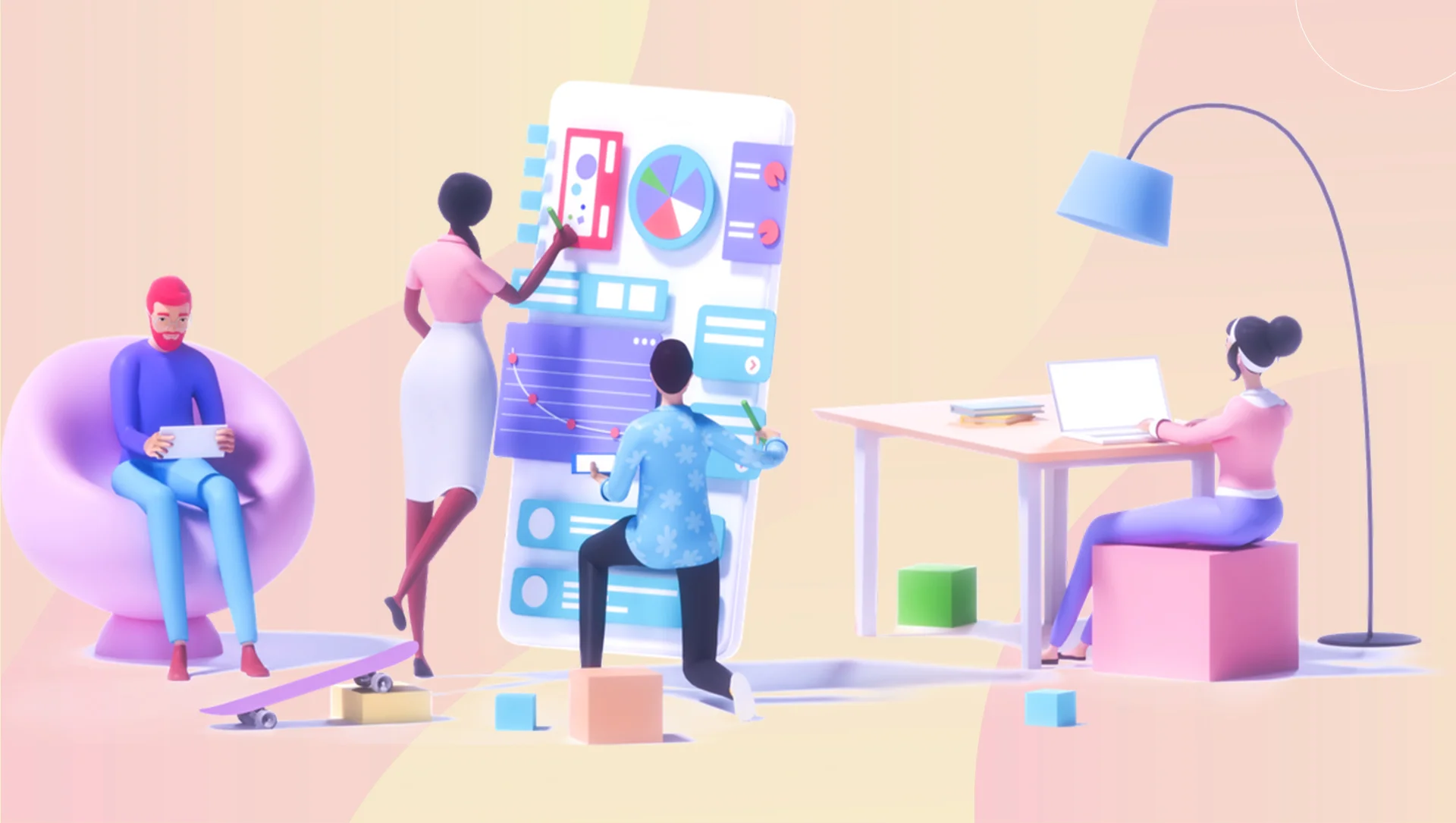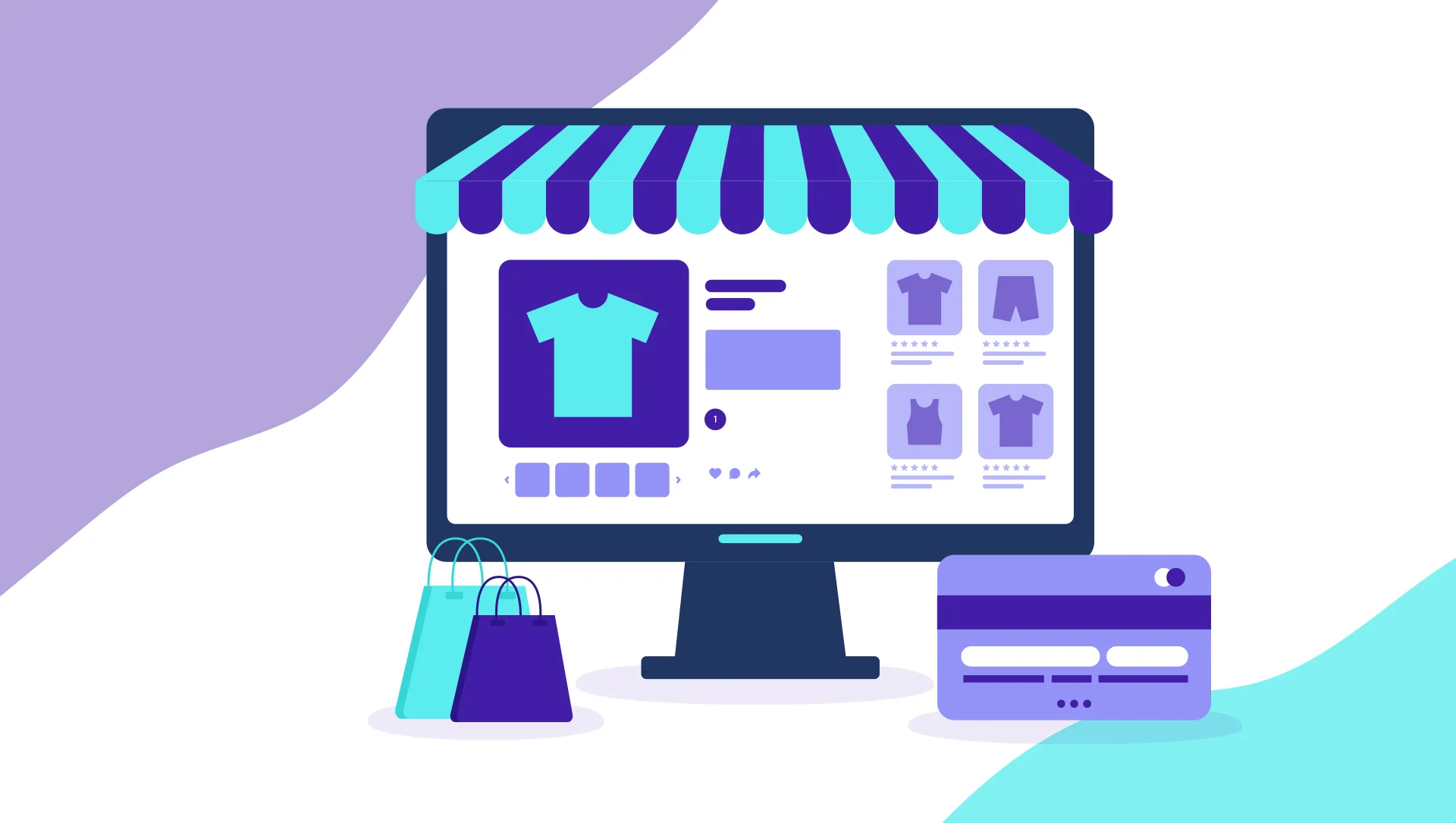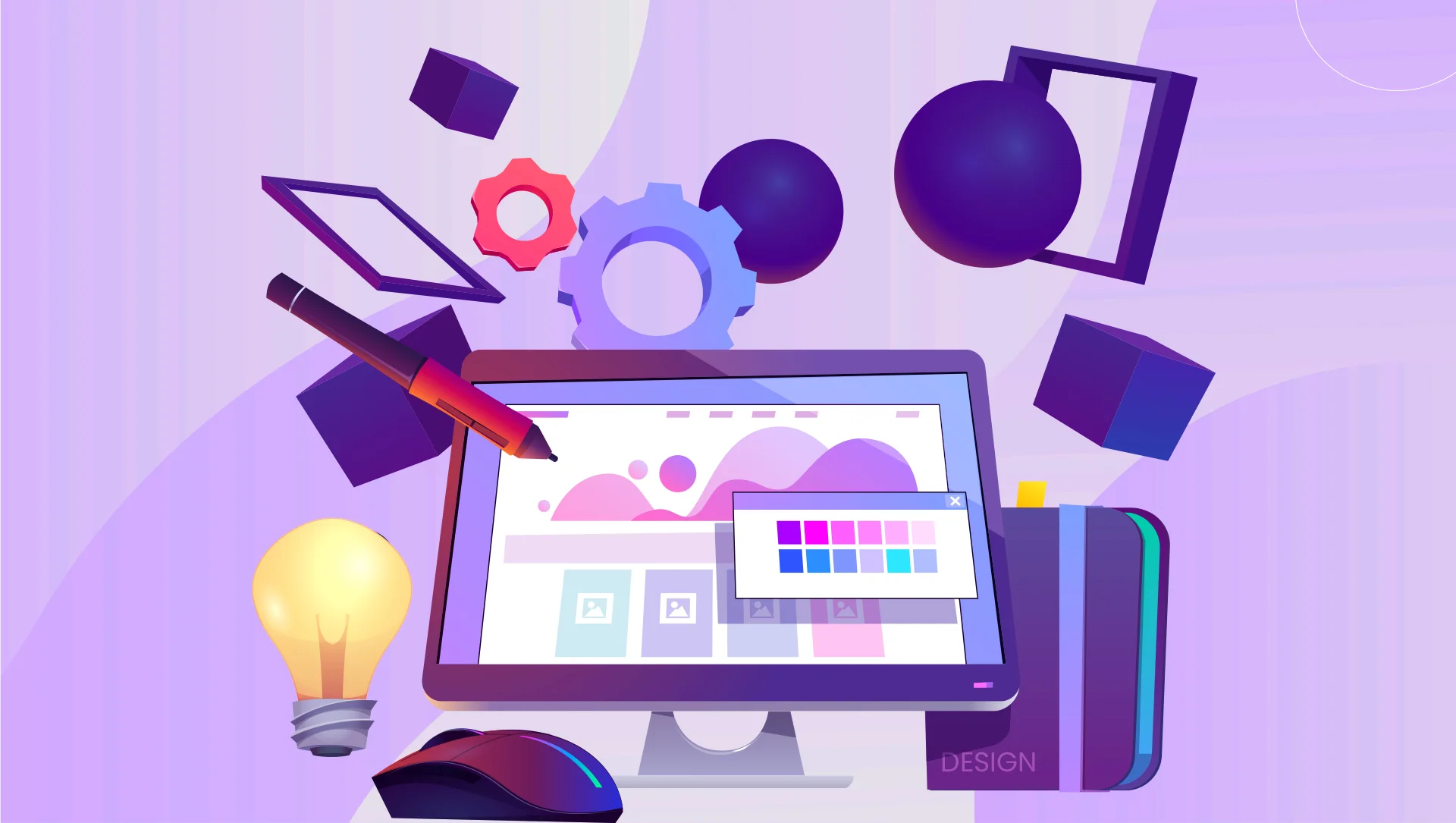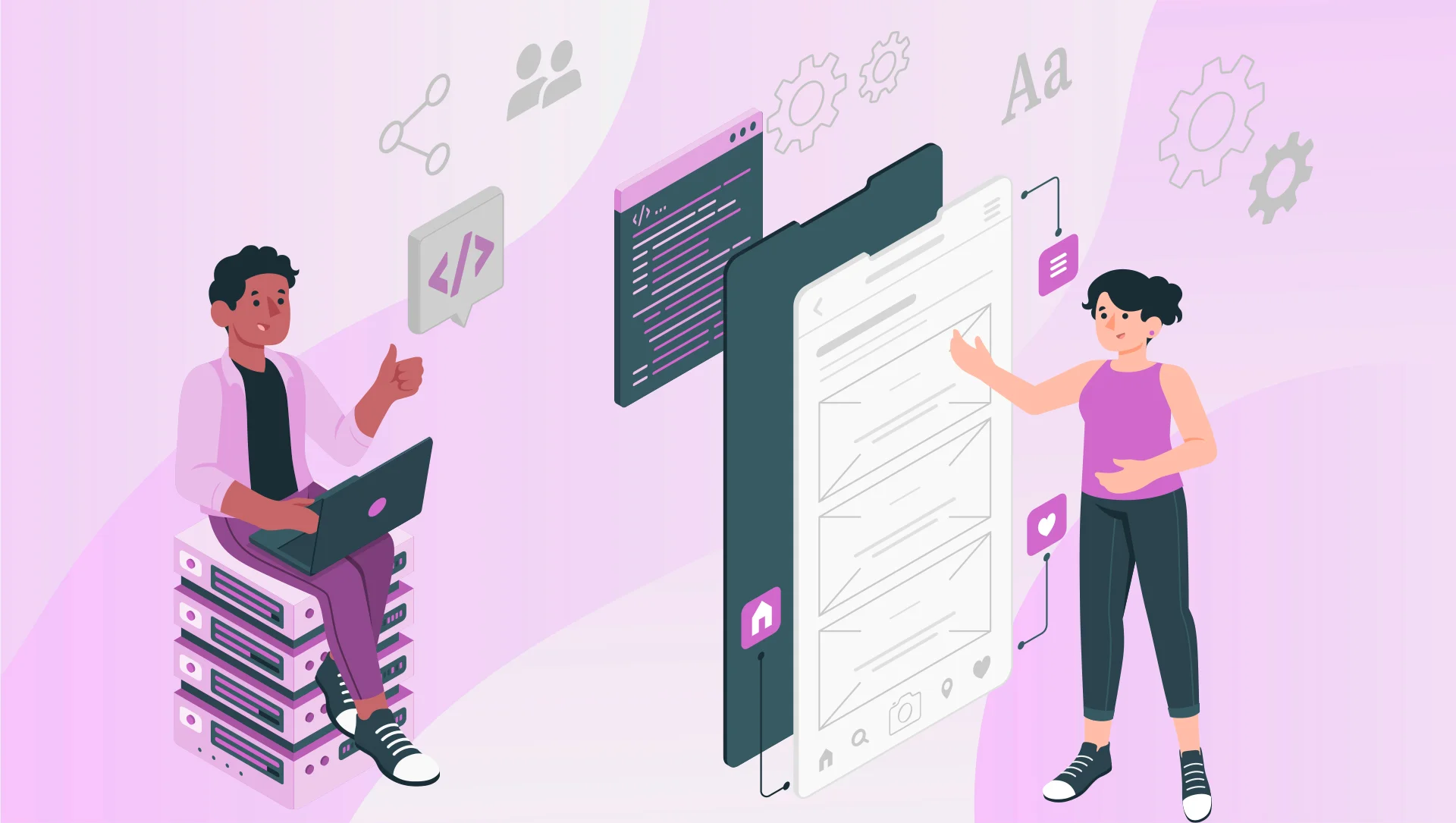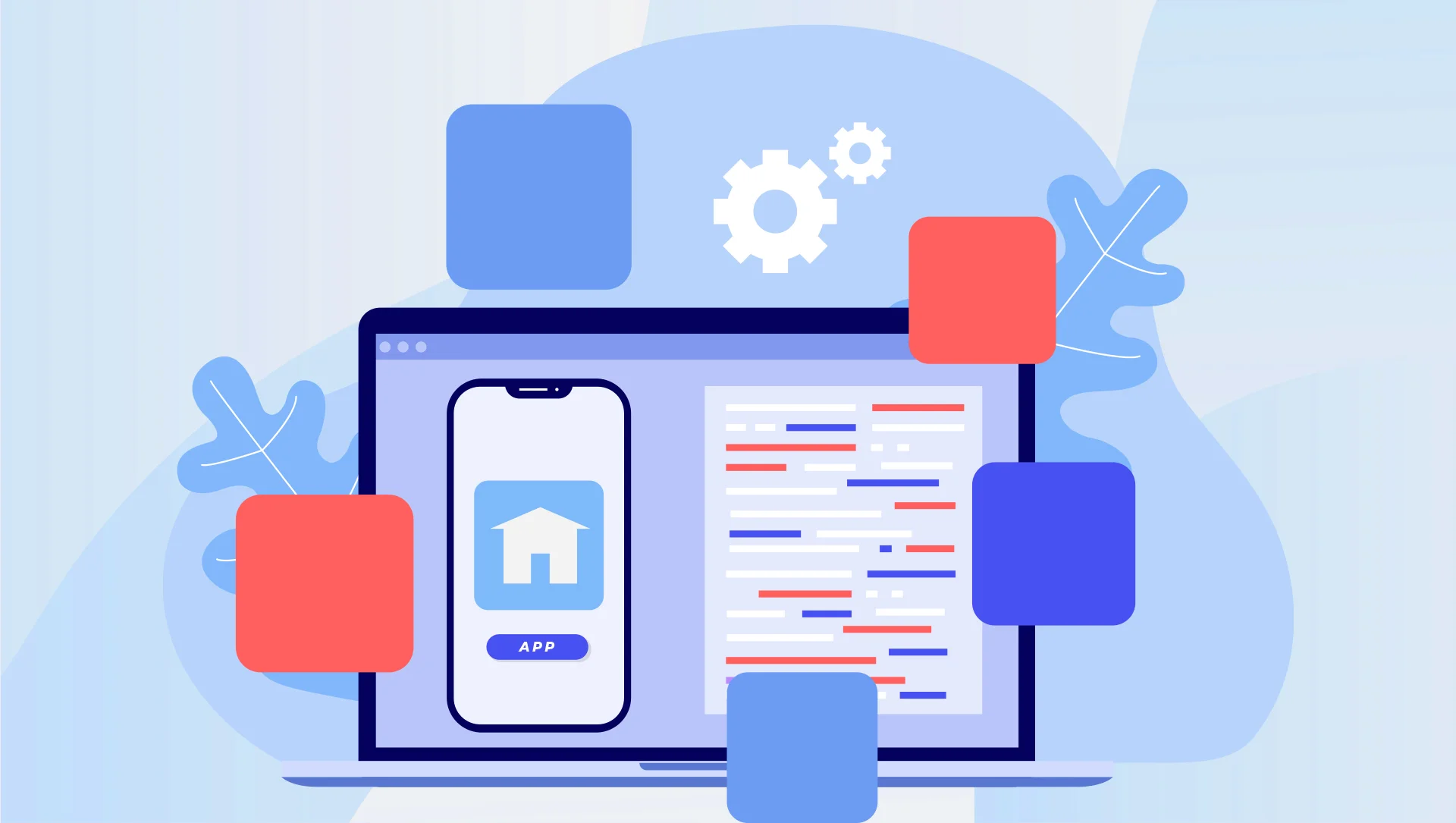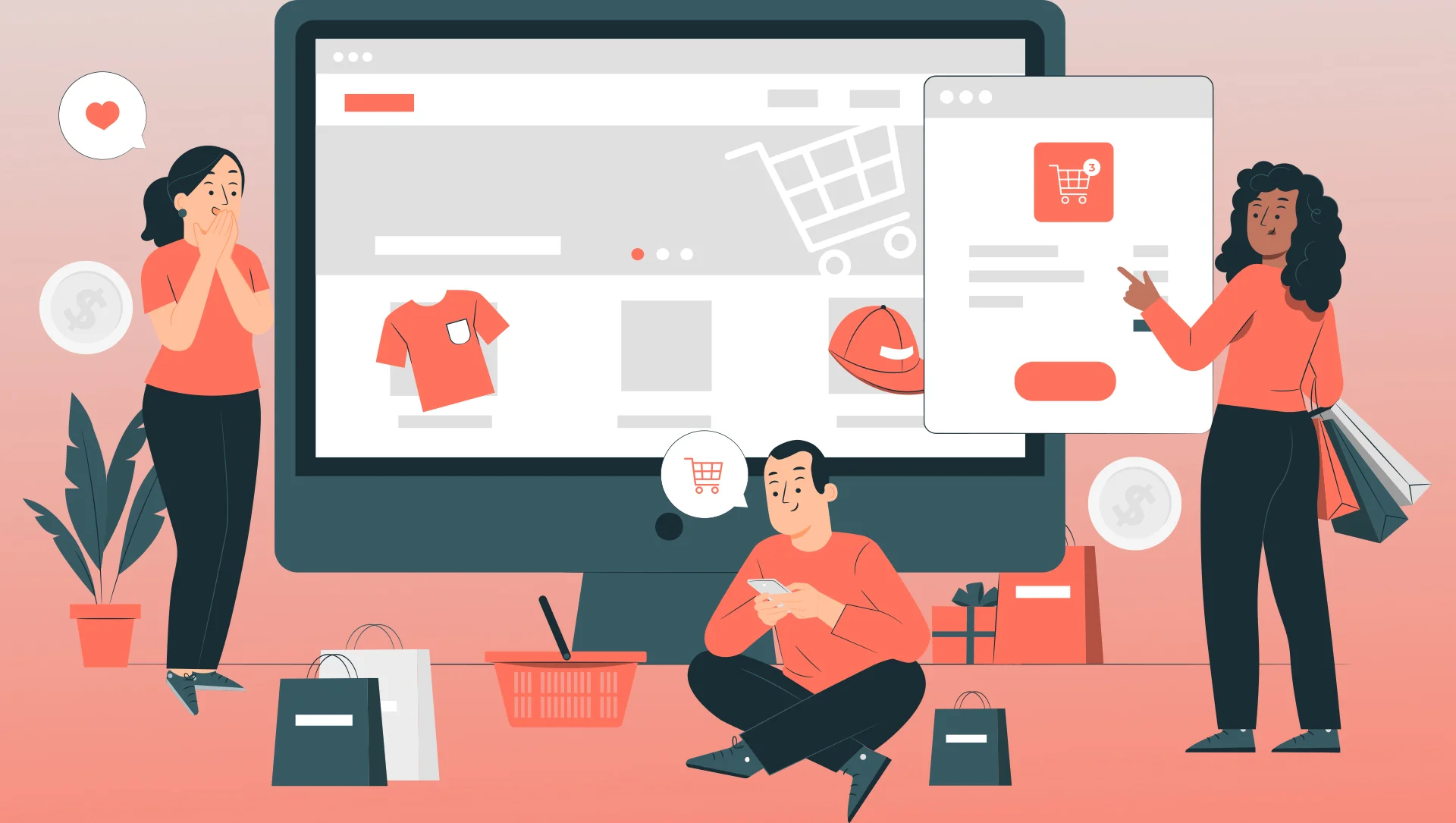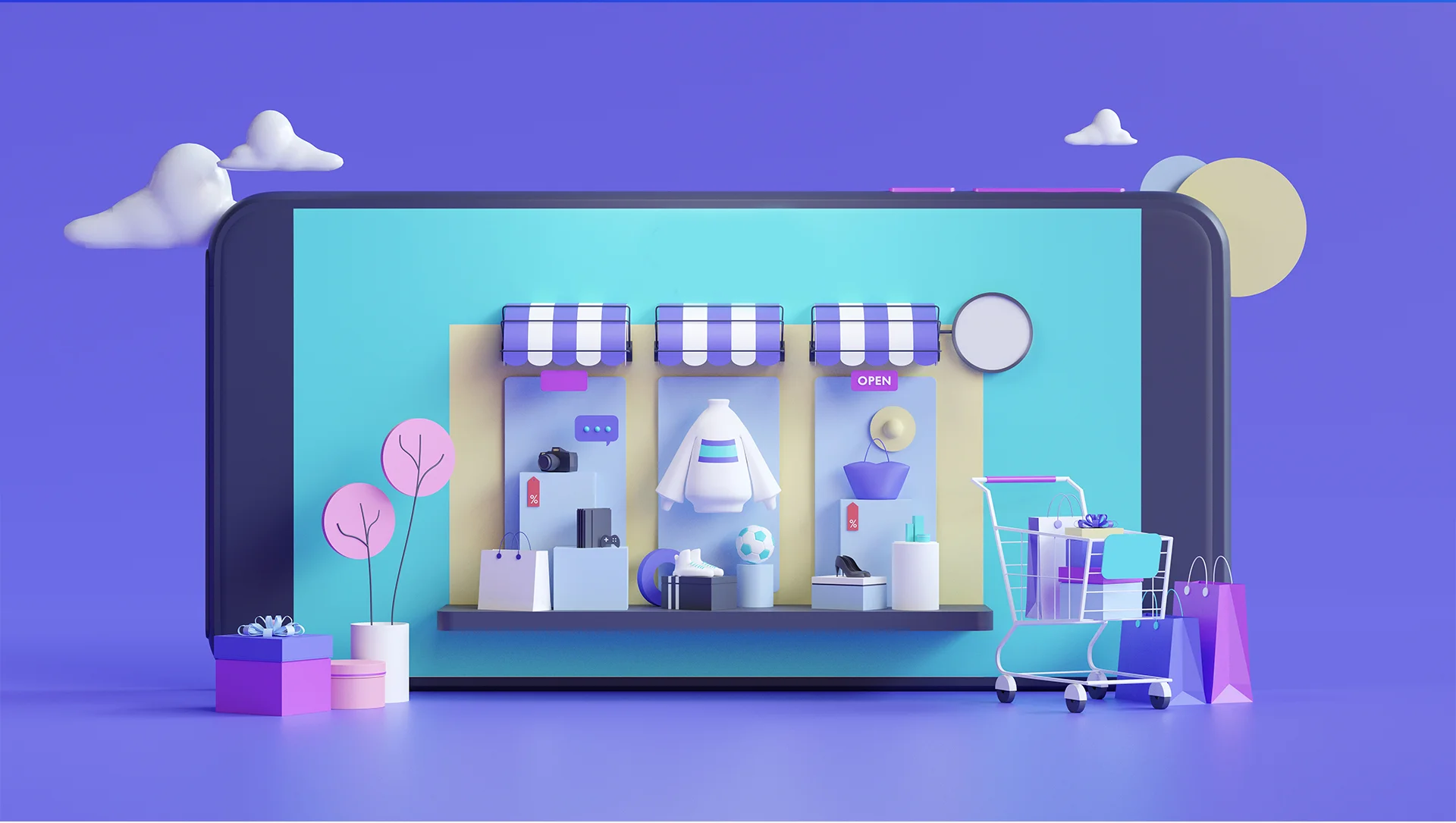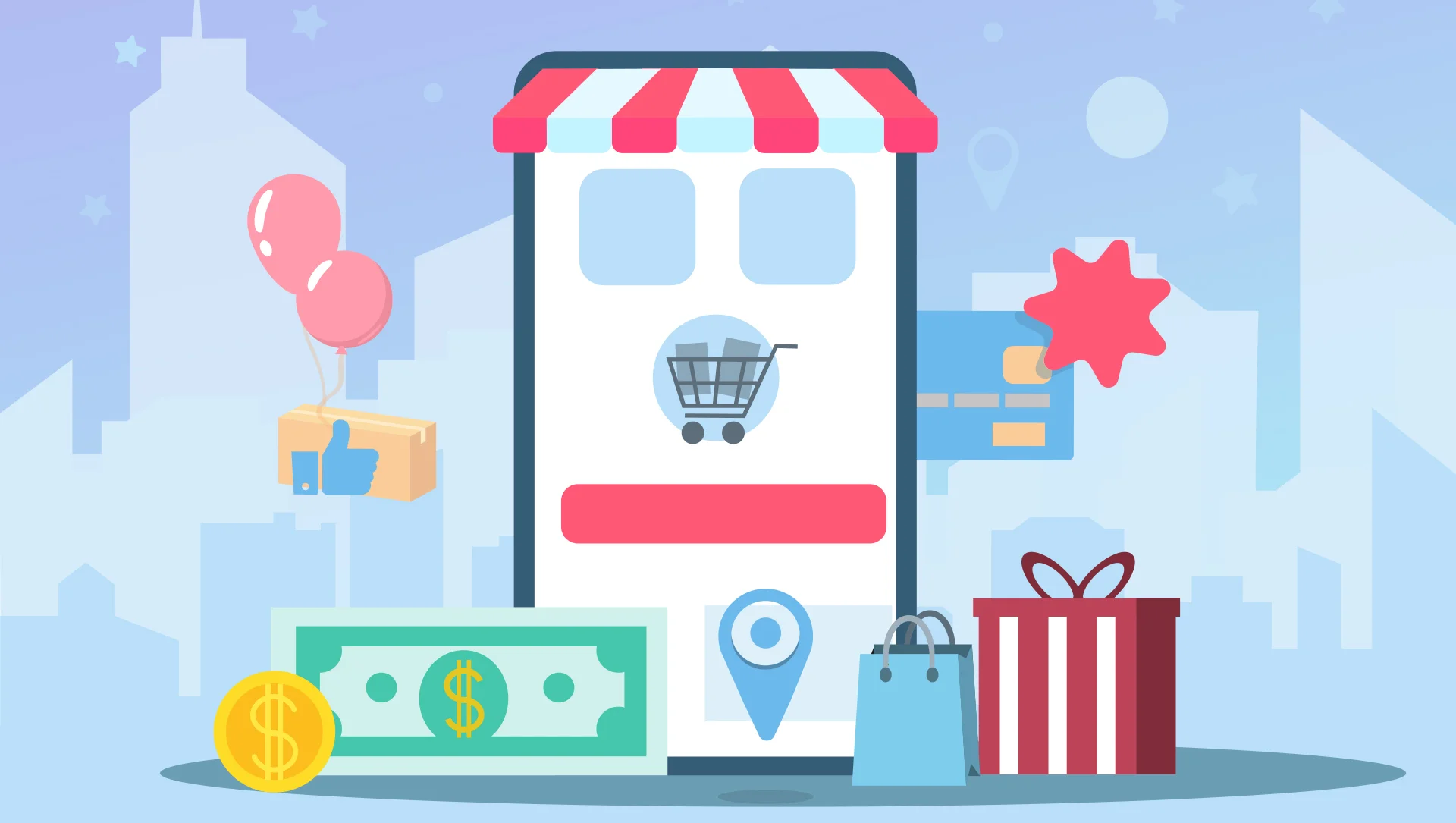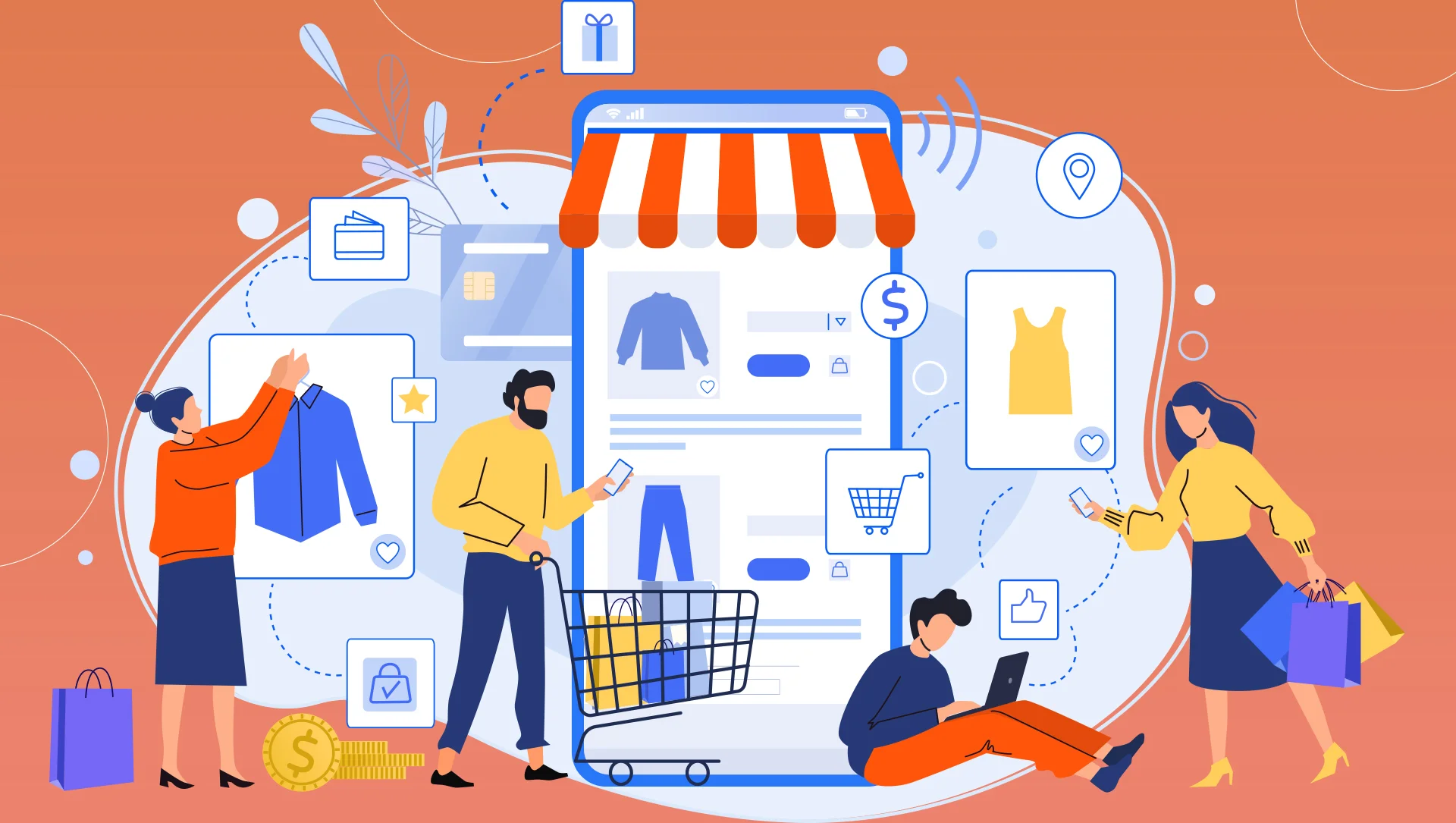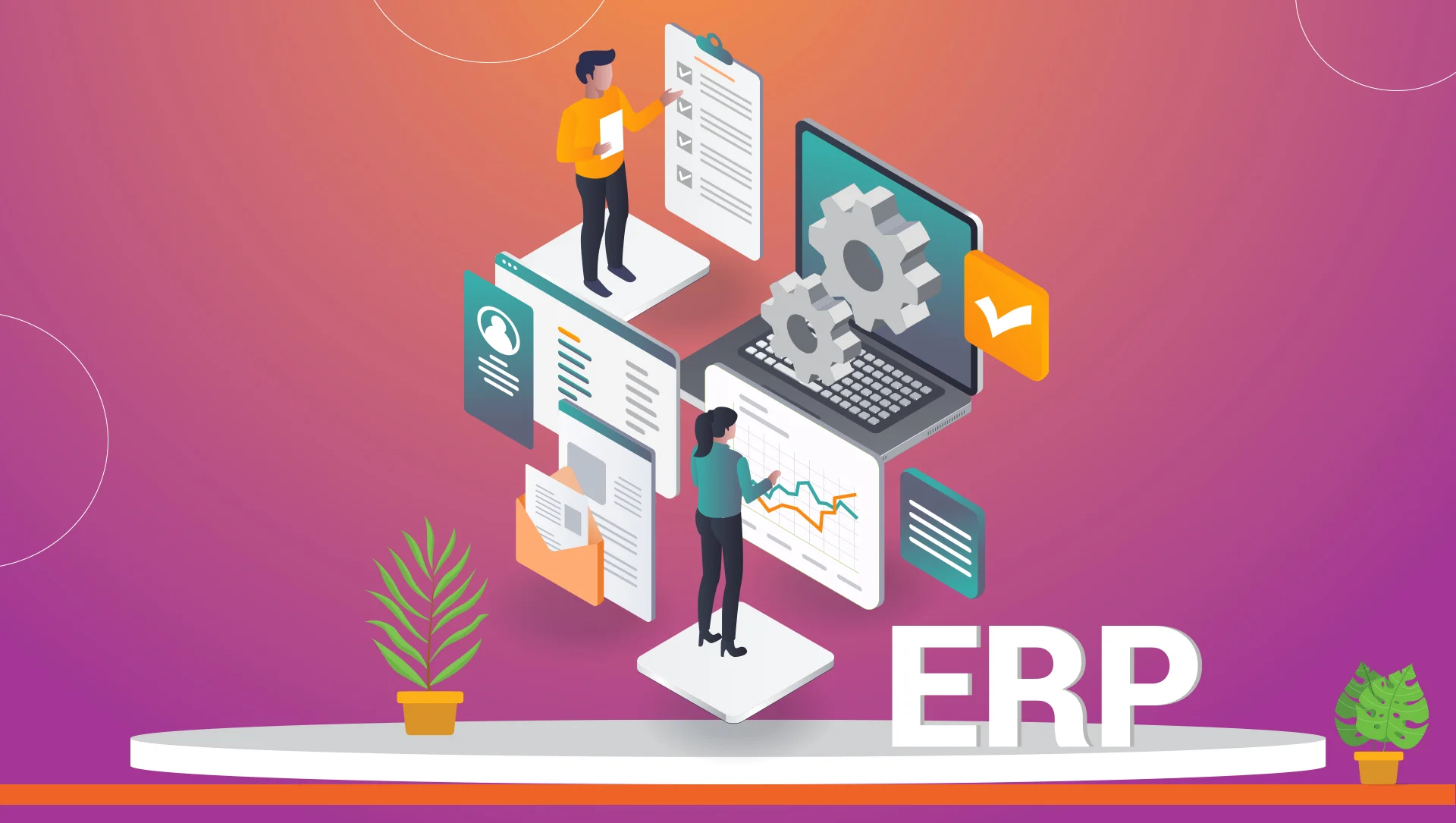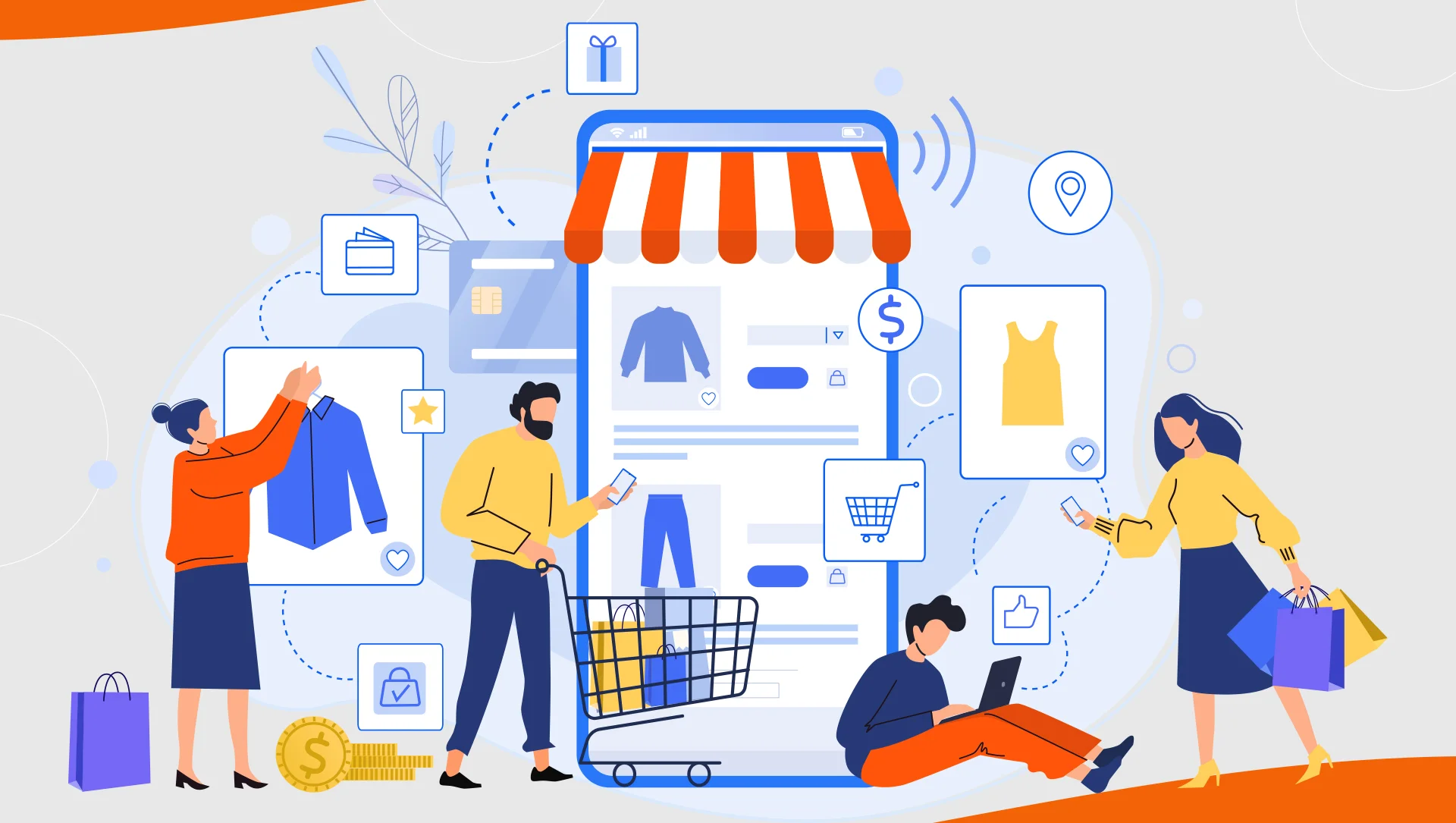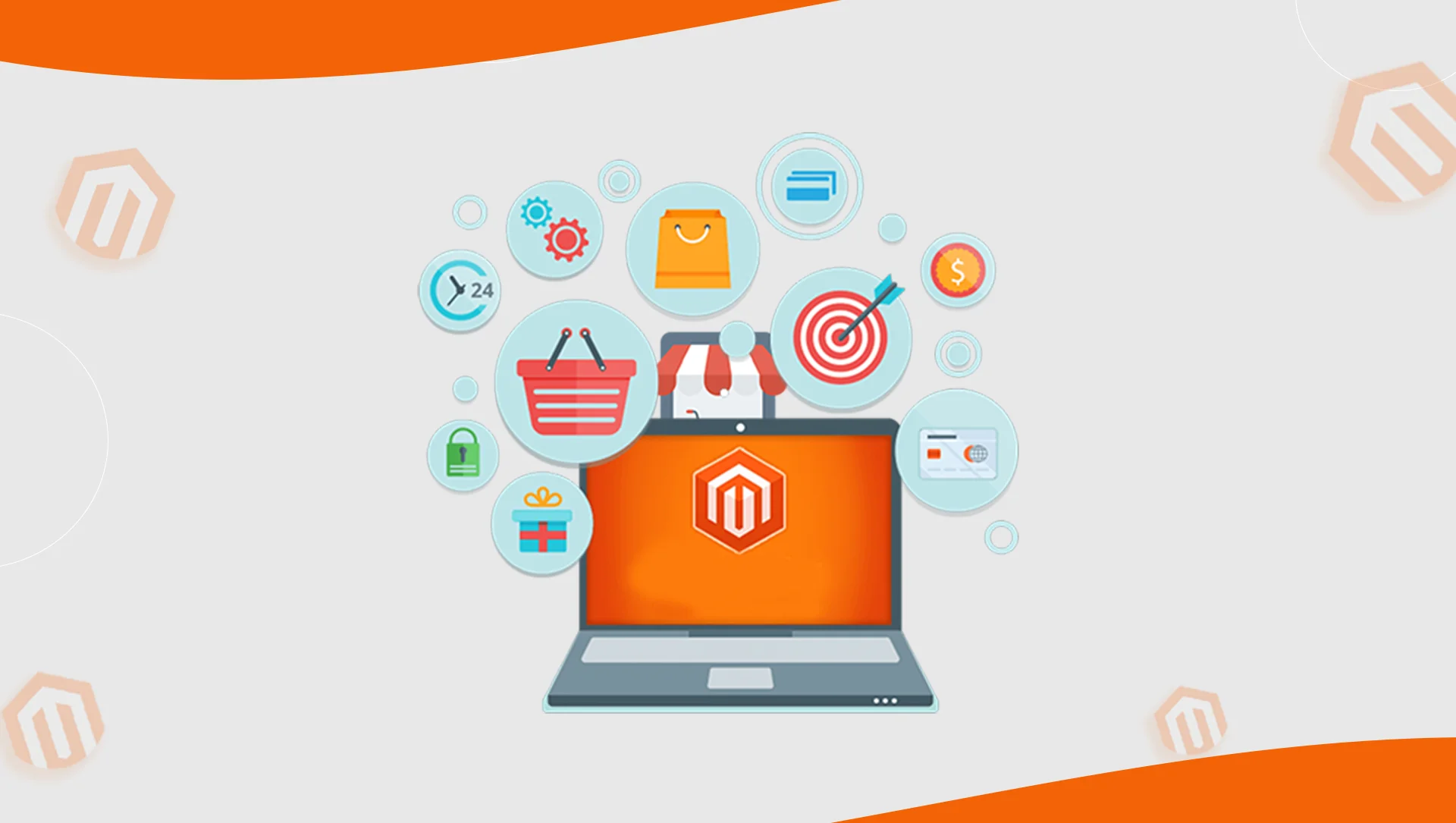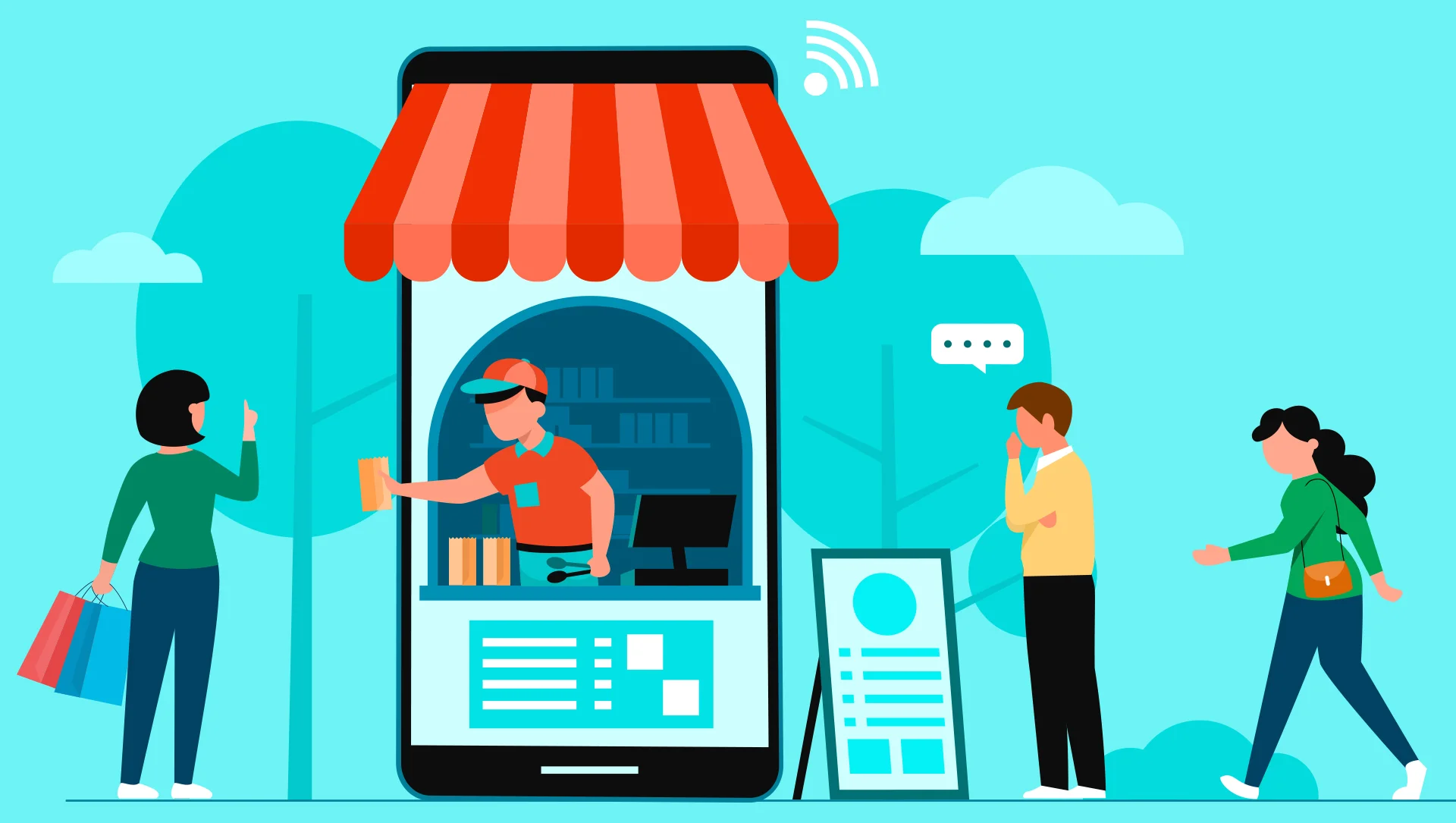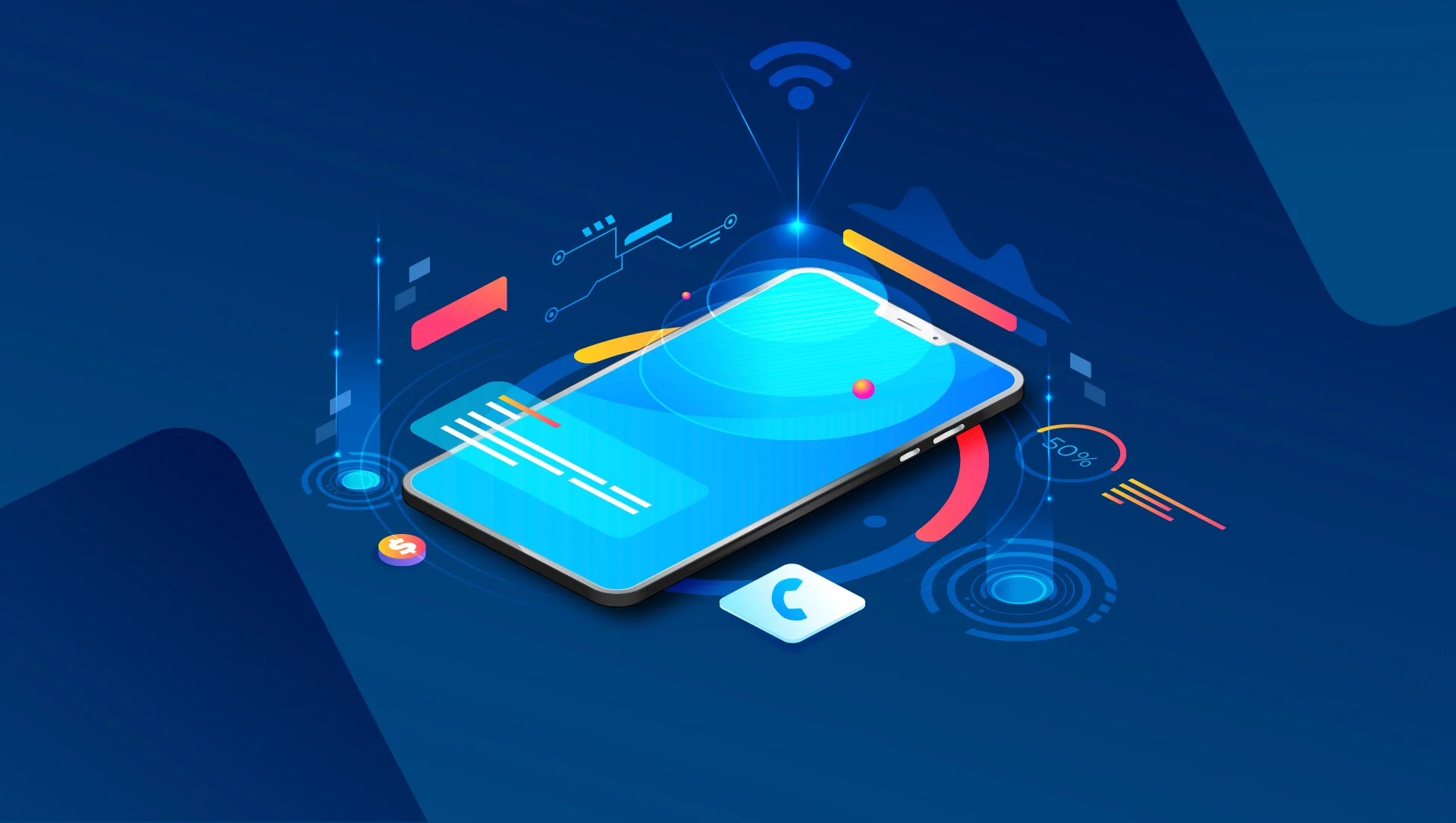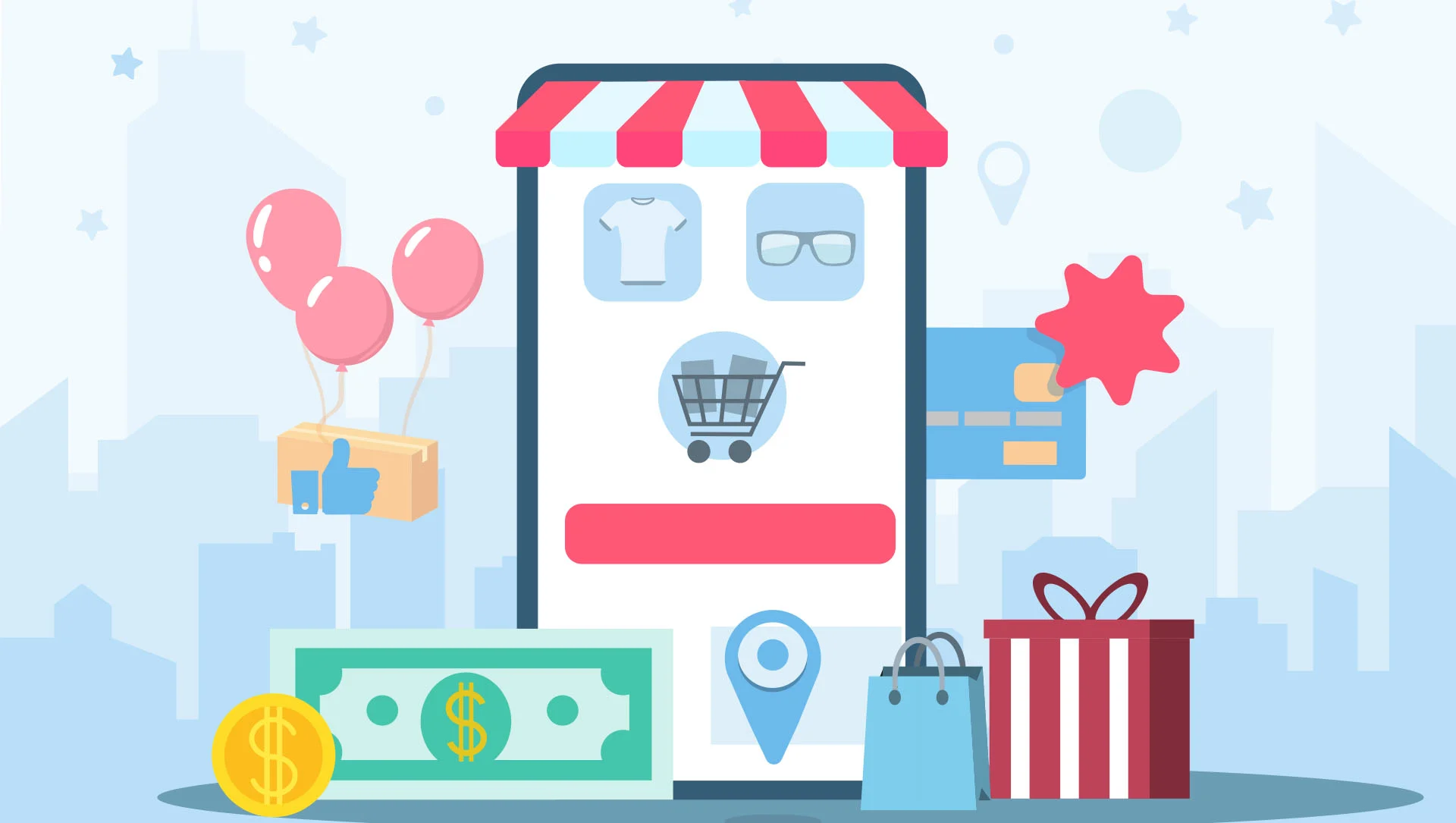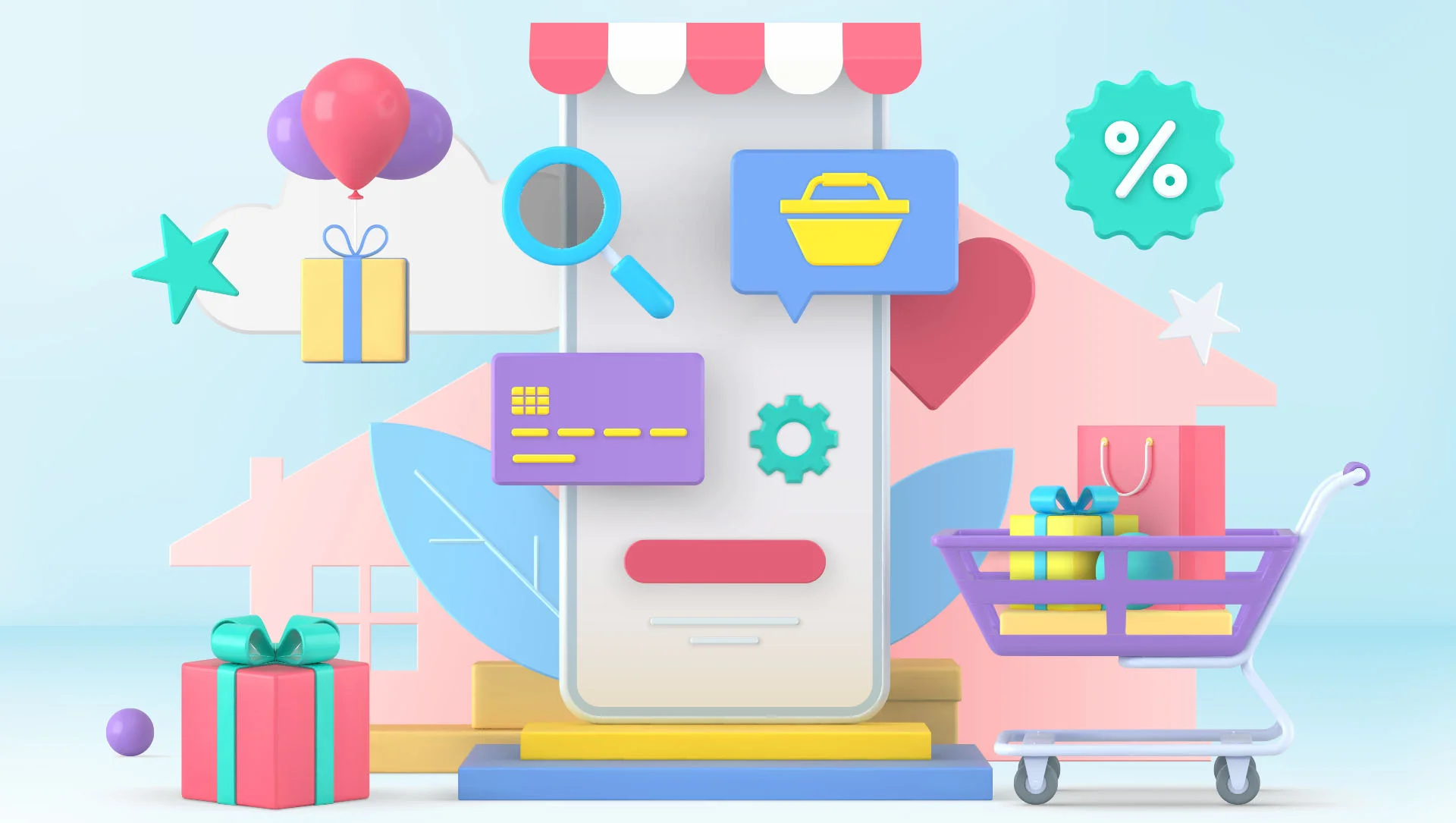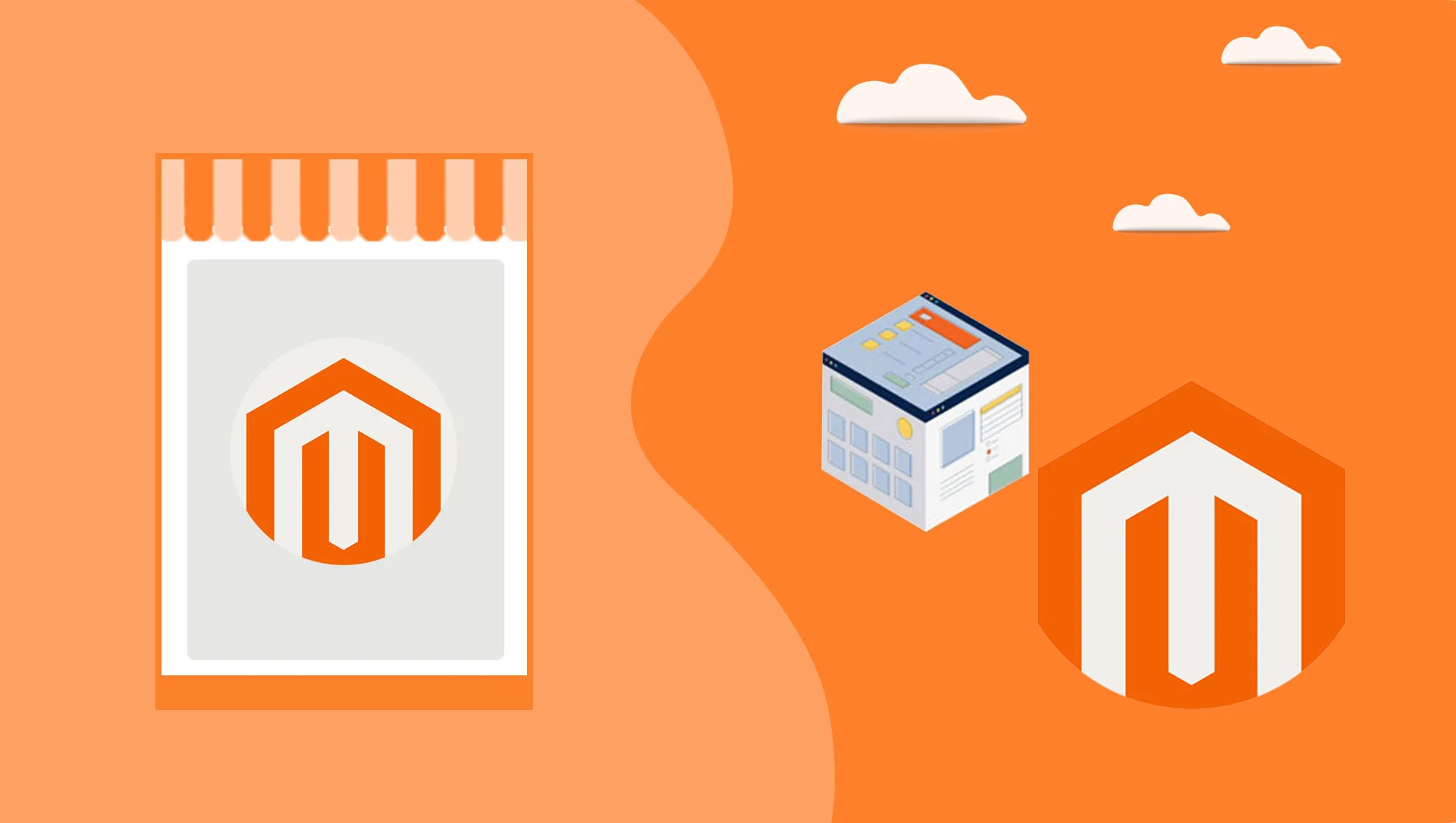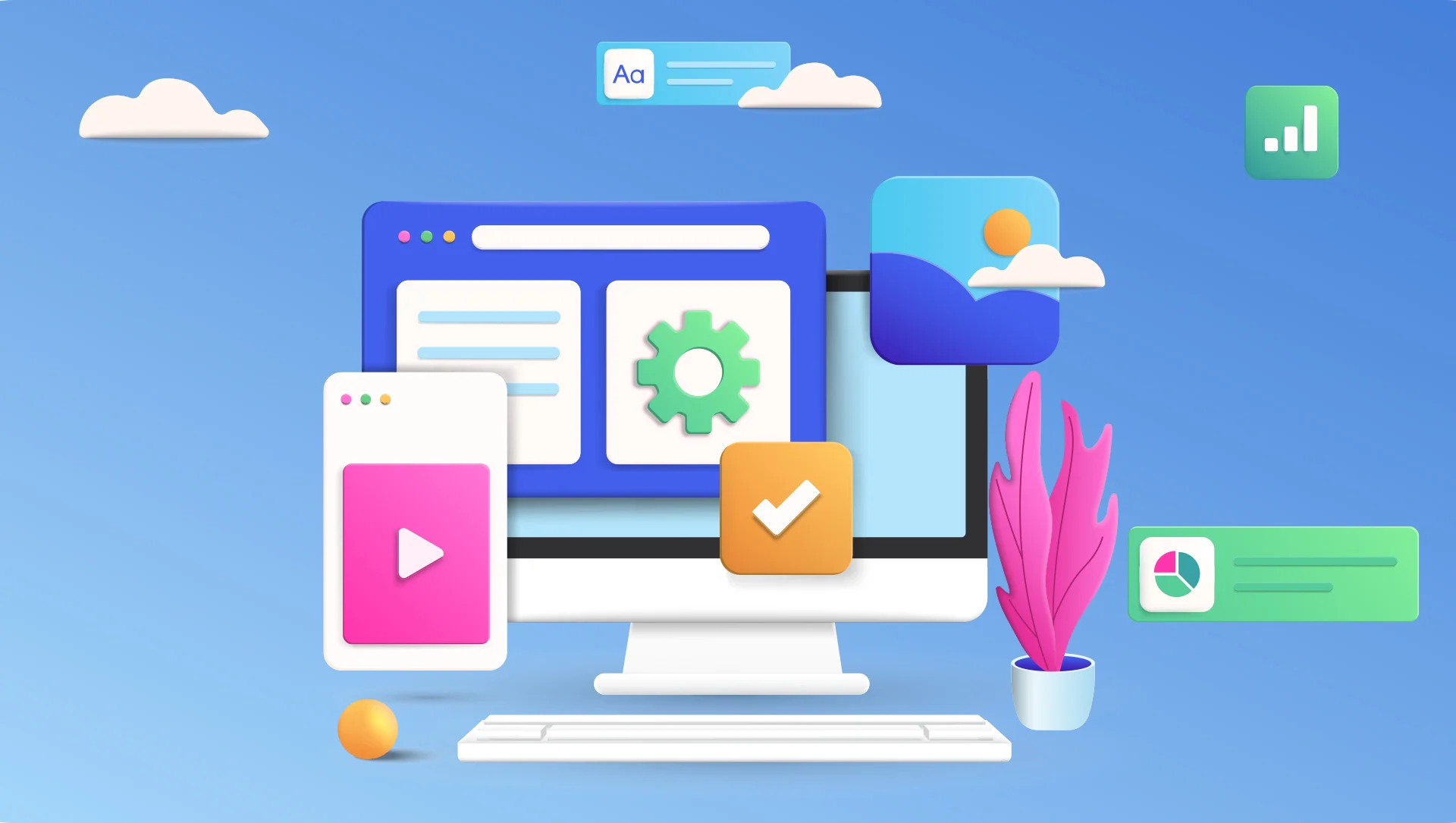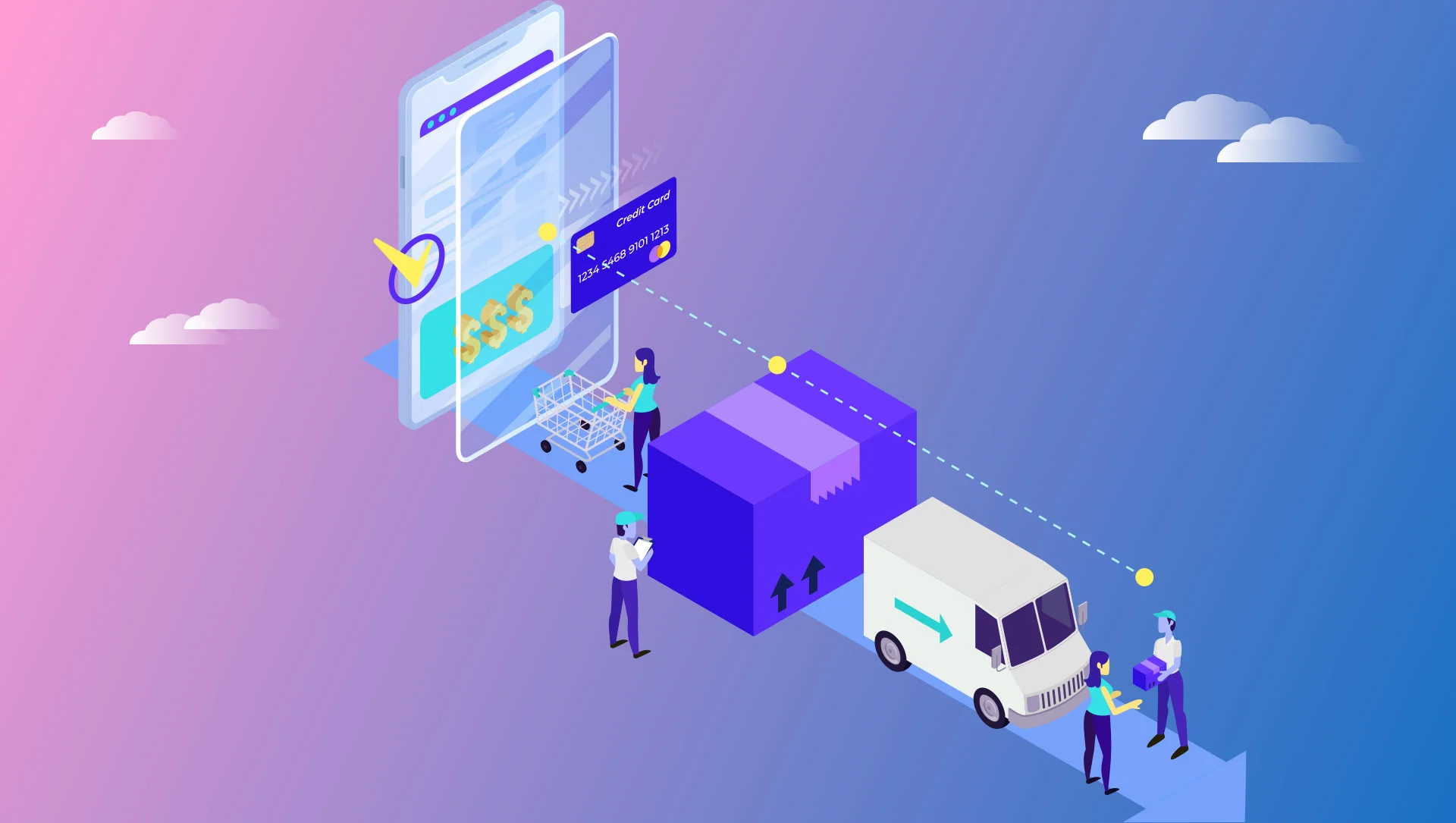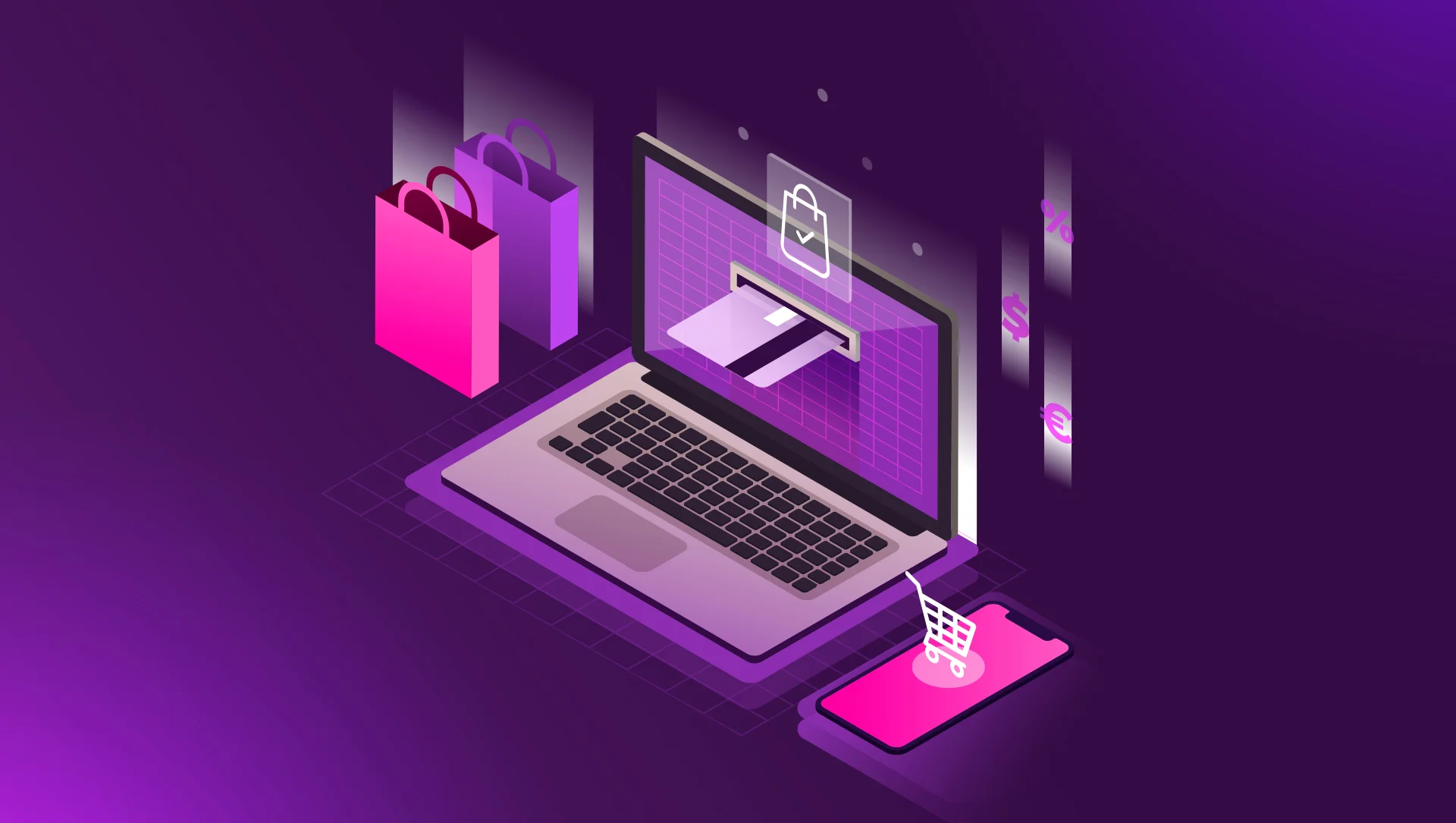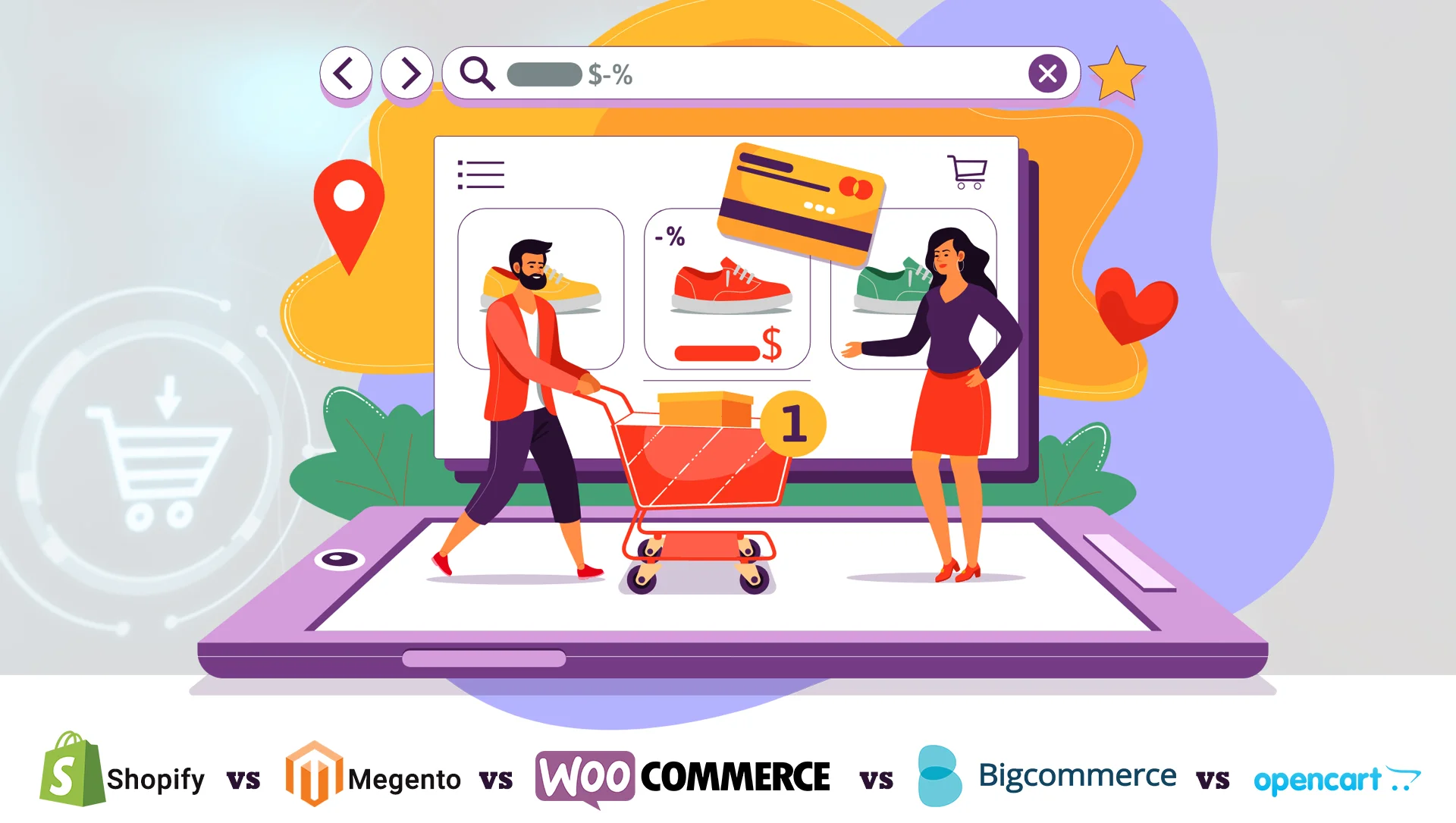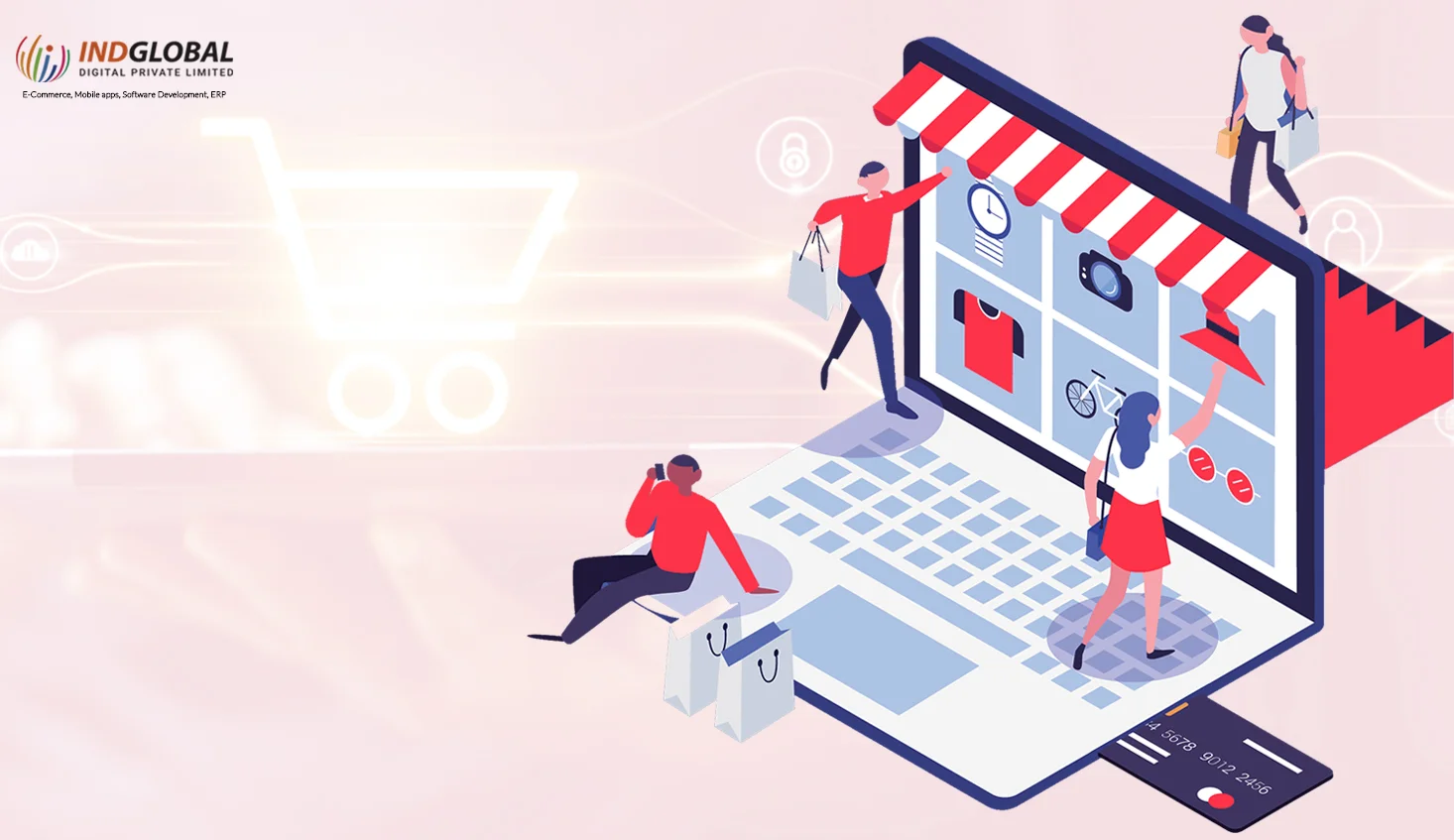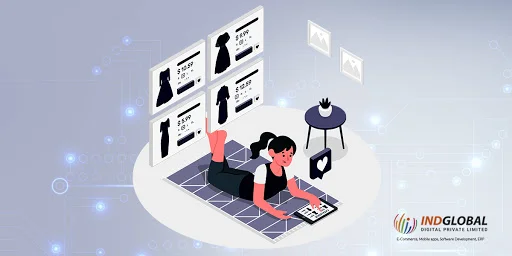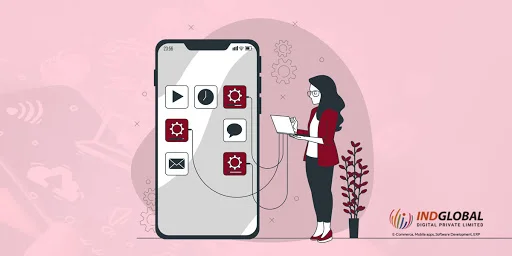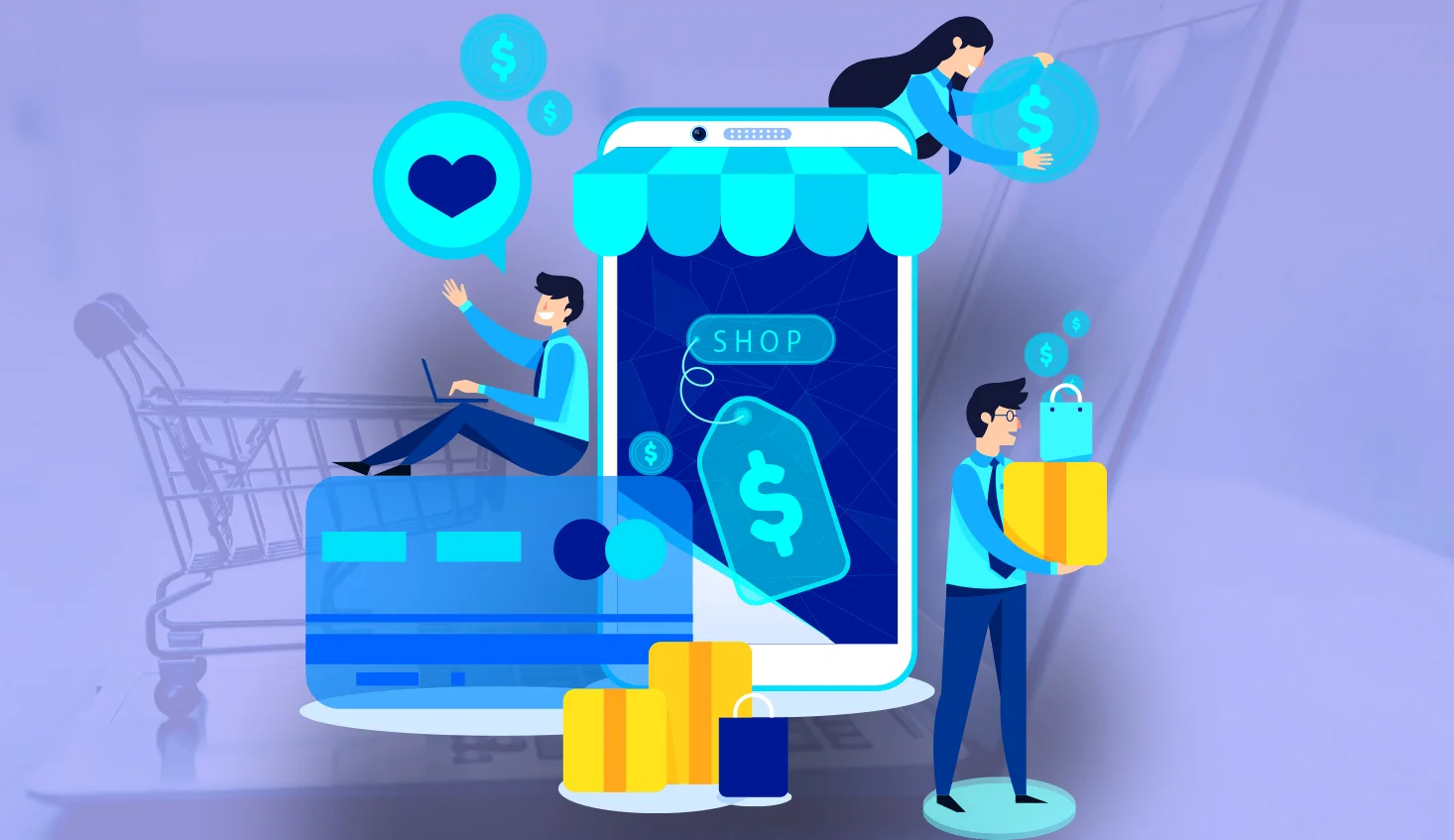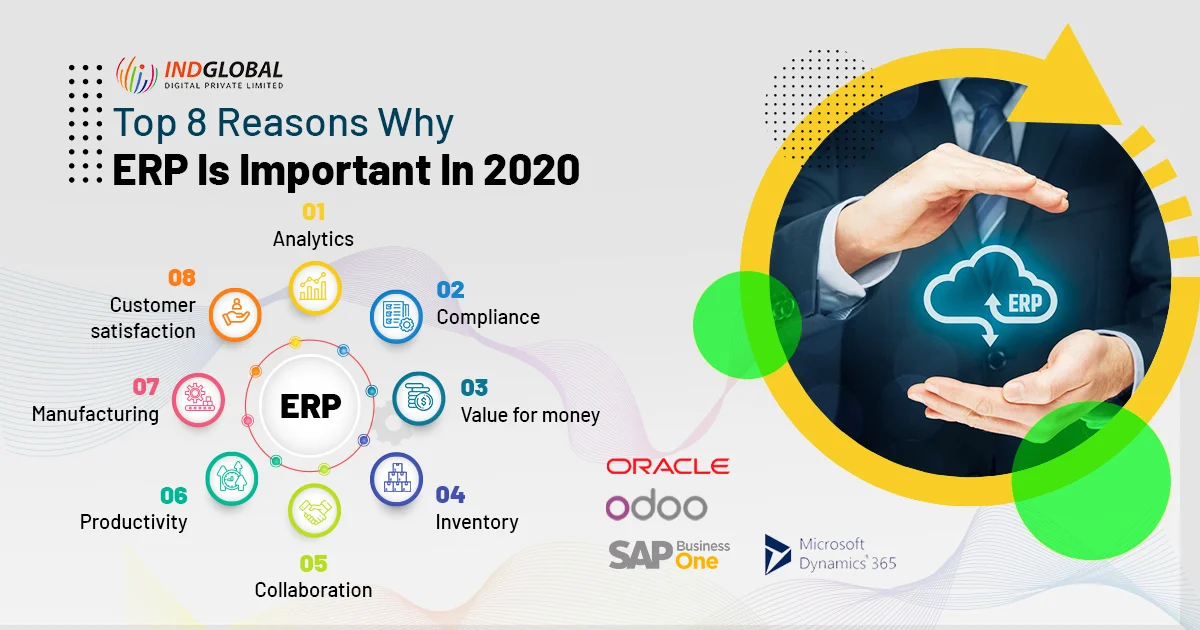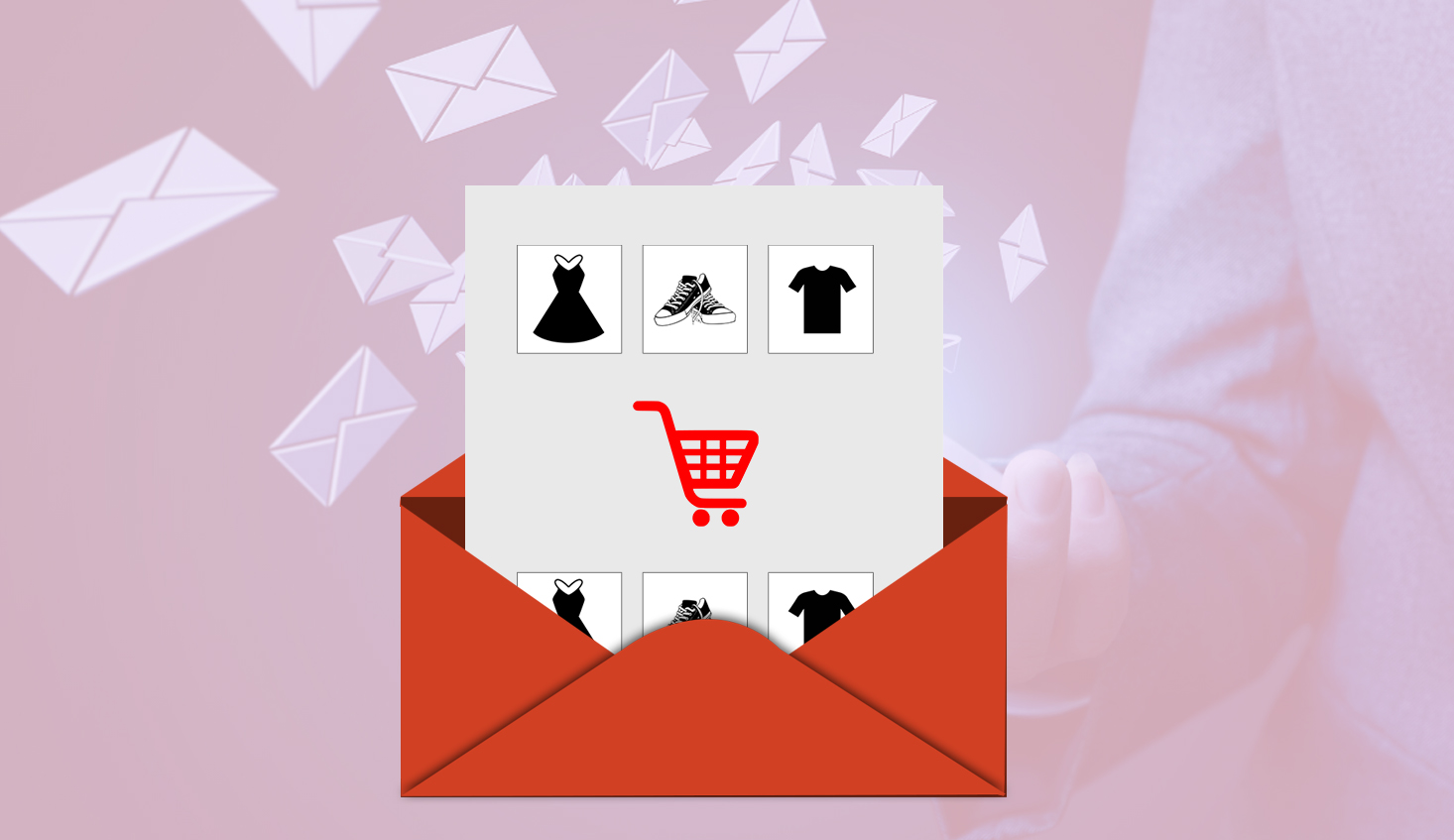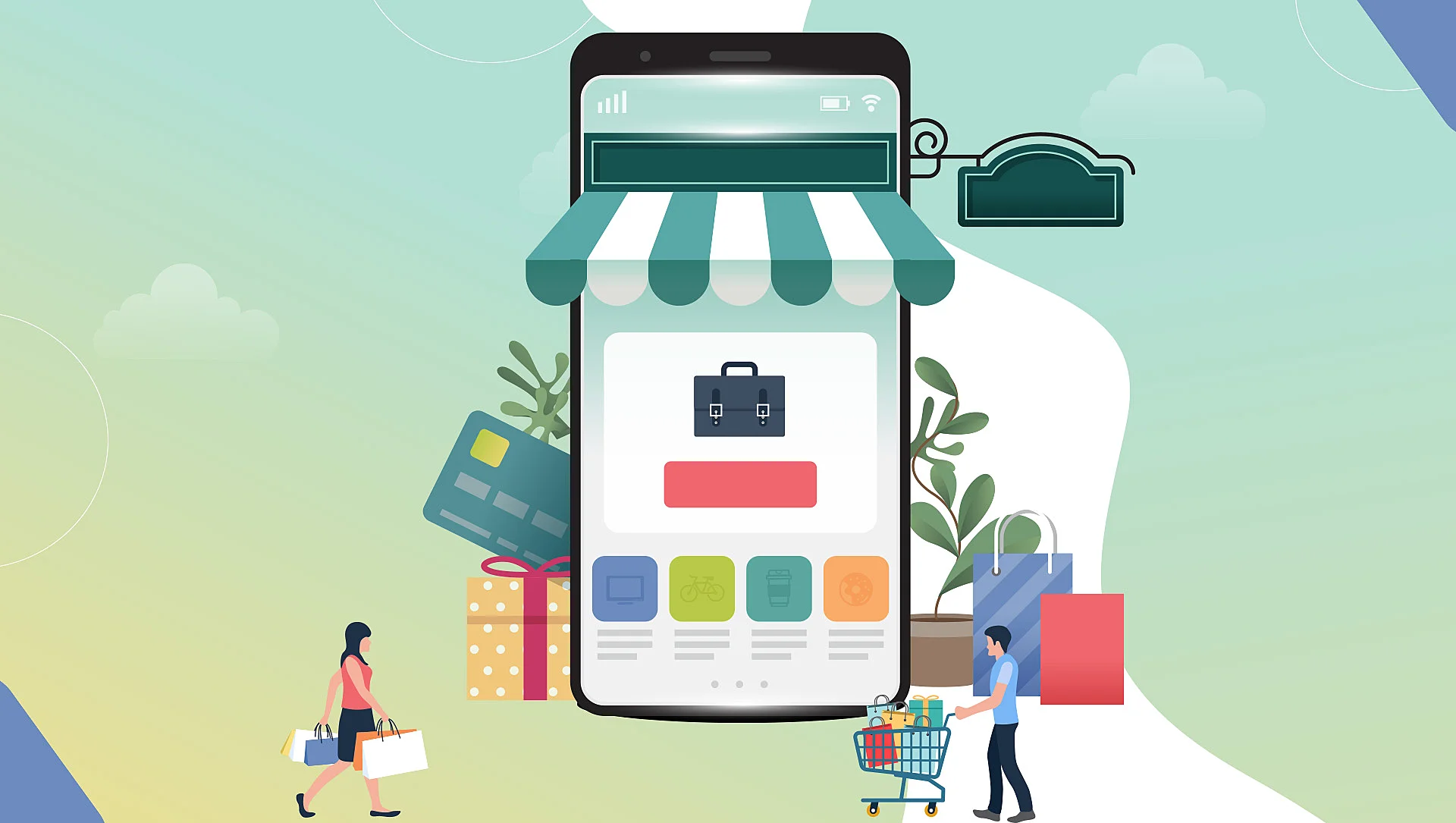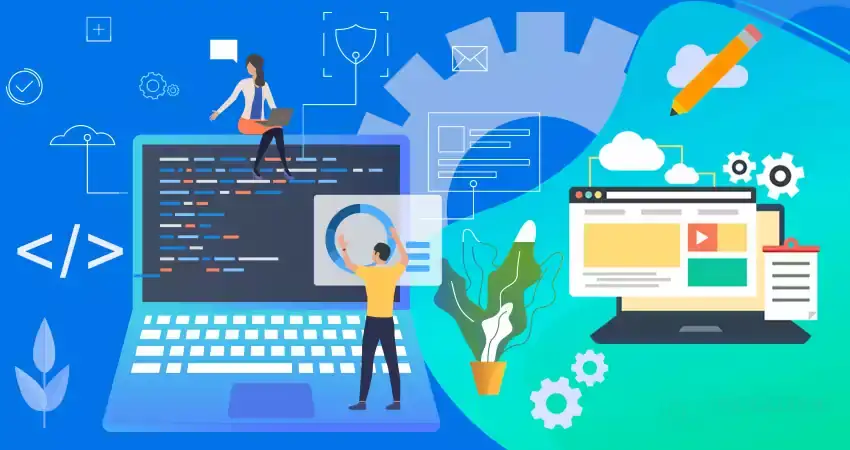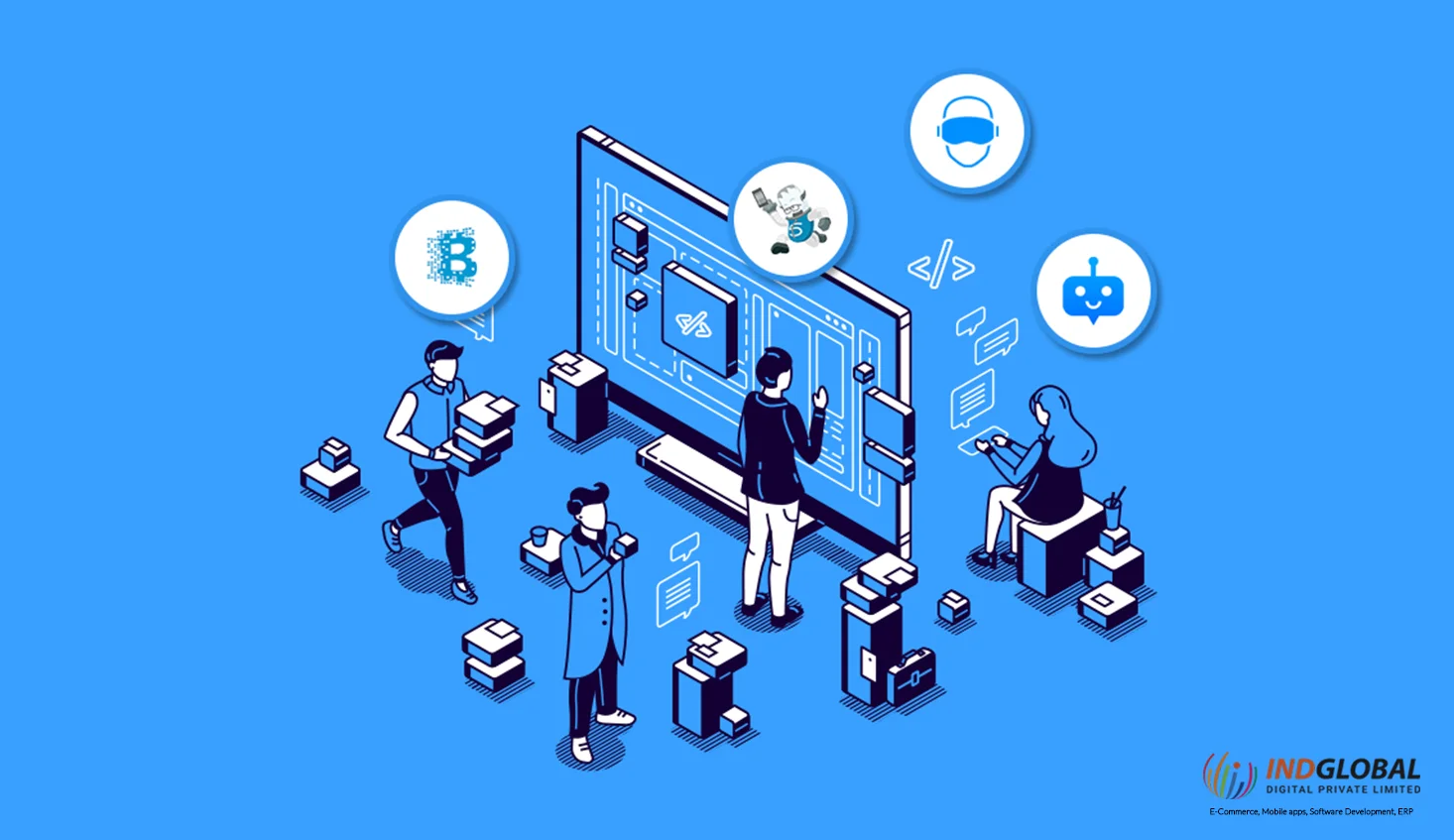The year is 2022 when Skynet rules the world. Undoubtedly Gadgets have grabbed the bigger chunks of our lives. If you are one of the 6.4 billion smartphone users worldwide i.e. 80% of the world’s population, you probably understand better how your daily routine depends on it. Checking your inbox and/ or scrolling through the news feed have become our habits, getting into multiple (video) calls with family or colleagues throughout the day, and social media before bed most people are now seasoned with their phones around them all the time.
Towards the end of the 20th century, m-commerce or mobile commerce evolved as a simple and convenient way for users to accomplish their purchases using their mobile devices and today mCommerce has established itself as an emerging industry that has proliferated over the recent years with the increasing popularity of the mobile devices. The number of mobile phone users reached 3 billion in 2012 worldwide, up from 200 million in the 2000s. This spurt of growth has made it even easier for big companies as well as ecommerce web development company Bangalore to reach their customers through their phones, which has driven multiple businesses to shoot thereby offering their products through this medium.
In this article, we have tried to handpick the latest stats and trends in mobile commerce to help you monitor your customer behavior and thereby make strategic improvements on the fly.
What is Mobile Commerce?
Mobile Commerce refers to the process of buying and selling goods and services through smartphones, tablets, and MP3 players that are wireless handheld devices. It is the latest trend using mobile communication technology such as Short Message Service (SMS), or Wireless Application Protocol (WAP)) to conduct miscellaneous transactions while on the go.
Mobile Commerce is also known as M-commerce and Mobile Shopping, even Mobile Transactions. It differs from traditional e-commerce in involving a direct interaction between the buyer and seller over their mobile phones rather than through a laptop or mouse clicks on a website. This flexibility enables them to make purchases on the move as well as in real-time while still at the store.
In the current scenario, mobile commerce has taken a lead through shopping on smartphones and tablets. The most common use of mobile commerce solutions indicates, however, shopping from an eCommerce website. But, at the same time there also occur several other ways where you can use your smartphones to make purchases for various business models, encompassing banking and ticketing. You can also use mCommerce for branding and marketing purposes, such as sending coupons or special offers straightway to your customers’ phones.
Know more about the influence and benefits of mCommerce on your eCommerce business.
Advantages associated with Mobile Commerce
1. Personalized Customer Experience
You can always create personalized experiences for your exclusive customers by using AI and machine learning in mobile commerce.
There are principally three ways to build a personalized experience:
- Using data analytics to understand customer preferences. For instance, if you have a mobile app that sells entertainment-related products, you can analyze your customers’ browsing history and/ or behaviors to determine their favorite movie genres or even TV shows and use that information to recommend similar elements they may be interested in buying next time.
- Using AI for personalization on the basis of previous interactions with the brand or product category. For example, imagine that a user has bought certain beauty products from your website earlier and then opens your mobile app for the first time. The system should be able to offer them relevant recommendations based on previous purchases because it is able to recognize the particular customer through their browsing and usage patterns.
- Automation of customer and sales point of contact also makes it convenient for customers to shop. The easier the buying process, the more likely it is that customers will choose you for repeat shopping.
2. Voice-enabled Shopping
Voice-enabled shopping on mobile is a trend that has been gaining popularity, especially with the rise of smart speakers such as Amazon’s Alexa and Google Home. Voice-enabled shopping can sometimes be more convenient in mobile commerce as it’s faster and easier to perform a task just using your voice than your hands. It can also be more convenient since you don’t need to type anything or move around much at all – you just need to put commands into your device, which will accomplish the rest of the work for you.
3. Mobile-First Marketplaces
Mobile-first marketplaces can be regarded as the future of eCommerce. And mobile-first marketplaces have become an essential part of mobile commerce and digital marketing strategy for businesses worldwide. Mobile-first marketplaces offer new innovative ways for shoppers to discover products and content through various personalized recommendations based on their past purchases or browsing history – which creates additional opportunities for users to find products that they love with less effort than ever before. This ensures increased sales conversions by providing consumers with relevant content about things that they might want to buy or know more about – prior to making purchases anywhere else – online or offline!
4. Easy and Secure Checkout Process
One of the biggest challenges facing merchants is implementing ways to make checkout faster, easier, and more secure — regardless of the channels (web, desktop apps, and mobile). They always look for developing a more personalized mobile checkout. If you have a relationship with a store or brand through your computer browser, you should see different real-life information while checking out via your phone than someone who has never been there.
5. Convenient Payment Options
Convenience is another factor which is making it even easier for customers to pay through their mobiles. And convenience in terms of payments goes beyond faster payment processing times. It also encompasses easier payment gateways for shoppers to be able to choose their payment method by having multiple options such as credit cards or alternative gateways like PayPal, Apple Pay, etc. It does not require them to first download an app before using these services properly.
6. Ease of Shopping
The customers are able to access a wider range of products and services on the phone, which offers them the space to compare prices, go through reviews, and then buy products of their choice without having to switch on their desktops or laptops. They can make purchases on the go while browsing through a mall, or on the way to the office on a train.
7. Increased Customer Support
Customer service is undoubtedly one of the most critical aspects of the m-commerce experience. With customers spending more and more time than ever on their phones and tablets while browsing through their preferred products, businesses need to ensure that they’re equipped to provide an excellent customer experience by offering innovative ways for customers to reach out when they have any queries or concerns.
8. Improved Customer Retention rates
Better customer support always indicates a better retention percentage. An easy and convenient shopping experience ensures that the customers prefer to come back to you for shopping or at least use your apps to make in-app purchases.
M-Commerce: Statistics and Latest Trends
Recent trends in mCommerce reveal it to be one of the most convenient and dealing more with a personalized and individualized customer experience. Because of these features, we can very well expect that mCommerce will not only evolve in new and exciting ways in the future years. Hence, it’s crucial to check new trends and the recent statistics pertaining to mobile commerce.
Popular Mobile Commerce Statistics
While there are diversified channels for shopping online, including desktop computers, laptops, tablets, and even nowadays smart watches- mobile devices have emerged as the most preferred method for making purchases with shoppers. Let us now look at some of the promising Mobile ecommerce statistics.
- A recent report from Google revealed that nearly 60% of all online searches are done via mobile, and this trend tends to become increasingly popular with each passing year.
- Approximately 6.378 billion people around the world own a smartphone.
- Around 80% of Americans prefer to shop on their mobile devices
- The market share or growth of mobile commerce is expected to increase upto $740 Billion by 2023. You can imagine the impact it can create while expanding at such a blooming rate.
- There has been a significant spurt in the mobile wallet market from approximately $1.65 trillion to $5.3 trillion within the years 2013 and 2020 and is believed to grow at a faster rate in the future.
- New contenders will emerge between 2020 and 2025 in the mCommerce market other than existing leaders like PayPal, Google, Apple, and SAP.
Leading mCommerce Trends: Trends in Mobile Commerce to Follow in 2022
In light of this growth in digital shopping on mobile devices, it’s worth looking at some mobile eCommerce trends that could shape it over the next few years. To understand what these new trends may hold for mCommerce, here’s our breakdown:
- Leveraging Intelligent Chatbots
Were you aware that businesses are able to save up to at least 30% in customer support costs with the help from the latest AI-powered chatbots? Such a solution is indeed a great way to optimize resources and thereby provide consumers with high-quality service.
Chatbots can be used to reply to customers’ queries 24/7, as well as help them find certain products, resolve simple issues, and even while placing an order.
Chatbots will continue to affect how people shop using their phones. They make shoppers’ needs easier at any given moment without requiring them to go through multiple screens so that they can find out if something they have shortlisted is available before buying it! These smart bots can also mirror human-like communication and discern customers’ needs, thus making it much easier to provide users with a personalized experience and at the same time keep them engaged.
For example, Dominos uses a smart chatbot to help their customers choose a pizza, or re-order any of their previous purchases, and estimate the delivery time as well without leaving a Messenger.
- One-Click Ordering
One-click ordering feature enables m-commerce apps to store their customers’ data in their profiles so that they don’t have to re-enter this info manually. It aids in saving your customers’ time while boosting your sales.
It sometimes might be annoying for a user to re-enter their name, address, and card info each time they want to buy in your online store. Using one-click ordering, customers are able to save their time, so definitely this m-commerce trend is going to stay with us for a long time.
For example, with Amazon’s one-click ordering, consumers have the ease of choosing a default shipping address and payment method. Additionally, if a customer wants to buy five goods at once, the company generally does not charge them for shipping five times. Instead, it will collect and segregate these orders together to reduce shipping costs.
- Progressive Web Apps
A progressive web app basically refers to that technology that enables users to “install” a website on their smartphones and also use it as an app. Progressive Web Apps or PWAs behave like native apps and they also require less space on mobile devices.
These apps provide users with benefits such as instant updates, push notifications, short loading time and even offline access. A customer can install an app from the web browser and afterwards access it from their device’s home screen.
Starbucks’ PWA, for example, was designed to let customers look through the menu and place their orders even on the go without any stable Internet connection.
This responsive and fast PWA behaves like a native app and provides customers with absolutely content-specific animations, nutrition information, and customizable orders.
- Voice Shopping
Voice shopping allows consumers to use virtual assistants such as Siri and Alexa to buy stuff online. Since many customers prefer to use voice search instead of text, businesses can benefit from using this mobile commerce trend as well. With voice shopping, customers are able to place their orders while cooking dinner, or waiting for a taxi, or taking a walk.
Consumers use voice commands to search for a particular product, track their orders by adding items to a shopping list, and make transactions.
M-commerce statistics show that voice shopping is estimated to reach $40 billion in the upcoming year. Thus, if you don’t want to fall behind, optimizing your app for voice search has become a vital practice to keep your business afloat.
For example, Walmart allows customers to voice shop with the help of Google Assistant and to activate this feature, users just need to say “Talk to Walmart” to their virtual assistant. This solution not only enables customers to fill a shopping cart with groceries, it also helps them apply a promo code, set up delivery time, and proceed to checkout.
- Shopping Experiences with Augmented Reality
Augmented reality is not just limited to gaming today. Businesses benefit from this kind of interactive experience that is built with AR to showcase their products and let the customers try them while making a purchase.
Augmented fitting rooms can be used to try on different clothing, jewelry combinations or even furniture recommendations. AR has emerged as a fantastic tool to improve customer experience and alter the entire concept of shopping. It is expected to mainly reflect in the fashion, beauty, accessories, and home furnishing industries.
The AR app market is expected to touch $15.5 million by 2022 so undoubtedly, it’s time to follow this m-commerce trend to outturn your rivals and generate more revenue.
AR would no doubt be rampant in providing shopping experiences online akin to in-person buying. Implementing AR – VR fitting rooms as well as 3D photography promise an ethereal shopping experience for the customers.
App Commerce
App Commerce can be regarded as a subset of the mCommerce domain. The transactions occur on a native app developed for specific platforms such as iOS or Android.
Mobile Commerce App and Website Development
Most businesses are now moving into mobile commerce apps and website development services. Below mentioned are some key points that we should monitor in such scenarios.
- SMS subscriptions
- Page loading times
- Logging average
- Add to cart rate
- Cart conversion rates
- Value of orders over time
- Traffic on the application
- Total mobile traffic
Mobile Payment Options
Sophisticated payment options will continue to drive adoption rates among consumers preferring for convenience and speed over anything else while completing transactions online or through their smartphones.
Additional Payment Services
As more traditional brick-and-mortar retailers jump into the digital space (or expand their existing ecommerce stores), they’ll need ways to differentiate themselves from their competitors. It could, in turn, lead them to offer additional services such as free shipping or discounts if buyers decide against paying for expedited shipping services.
Next Post ←
Best E-commerce Business Intelligence Tools in 2022
RELATED ARTICLES
Request a quote or Talk to an expert
We guarantee a response in 6 hours or less. And the best bang for your buck.




